Nearly No Bears
As scary as an encounter with a grizzly would be while on trail, I wanted nothing more on the trip than to see one in the wild and get some photographs. This is why on every hike in Glacier National Park I had my 400mm (‘wildlife’) lens on my camera despite how heavy it was to haul along. The North American Brown Bear is quite possibly one of the most dangerous animals in North America. While attacks from brown bears are still relatively rare, they are much more likely to attack than other commonly seen dangers like black bears, cougars or wolves. I don’t believe there is a reason to overreact to the threat (guns, bear spray, etc.) but If you plan on being in territory where brown bears live, make sure you at least know of the general safety measures to avoid surprise encounters.
We never did see a bear while on trail (probably a good thing) but thankfully before leaving the park we at least got to see one quickly leaving the roadside and grabbed a few quick shots!
Birds of a Feather
As present as the sky, mountains and water, the birds gave us their song throughout the trip, fluttering throughout the branches, and ever busy. Without their company, the heat that spring and summer brings would be miserable. On the longest of summer days they brighten up the world around them, and I could quickly lose hours of a day just watching a single set of birds through my lens.
My wife will be the first to tell you just how many shots of birds I have in my library of images, but I have to ensure I limit my time with them while on vacations, or we’d never get anywhere! Nevertheless, I was able to at least capture images of some of the beautiful birds that call this region of Montana home.
The birds you see below are a Hermit Thrush that we spent time with while hiking on Logan’s Pass, a Common Merganser that was floating in the sunrise lit waters of Swiftcurrent Lake, and my favorite find, a Ruffed Grouse we found alongside the road to Fishercap Lake.
The Hermit Thrush and Ruffed Grouse were both firsts for me and very exciting!
From Another Mother
Sadly these remaining images are tossed to the back of the line. Time and luck were not on my side in getting better images of these animals, but that doesn’t mean I can’t share them with all of you =)
While it may seem odd to some to be excited about picture of a squirrel, the Columbian Ground Squirrel below is a species of Squirrel I’d never before seen. I honestly would have spent more time than I did with the little fella if not for it being in the middle of a hike on a busy vacation ;-)
The other Images here are of a White-tailed Doe and her Fawn. It can be fairly rare to see a fawn this young as they are often deep in hiding to avoid predators. Fawns are born in May or June of each year, and so this fawn was only a month or two old at this point.
This pair of deer were seen very early morning alongside the moose at Fishercap Lake taking a risk to get some morning water. I wanted so much to get close and follow them, but they need to have as little attention drawn to them as possible so nearby prey is not alerted to their location. I settled for some far off shots and turned my attention back to the moose.
What’s Next!
I hope you all enjoyed this quick set of wildlife posts for Glacier National Park! If you haven’t seen the other posts I recommend going back to see the other wildlife, and the stunning landscapes in previous posts!
I hope to one day return to this beautiful park to spend some time backpacking on a through-hike, or even just to spend more time sitting at its pristine lakes and watching the wildlife drink the water, but it was time to move on, and head up to the second leg of our road-trip to Banff National Park in Alberta Canada.
I may slip in some other topics, but next up on this road trip series will be Lake Louise and our hike up the Plain of Six Glaciers!
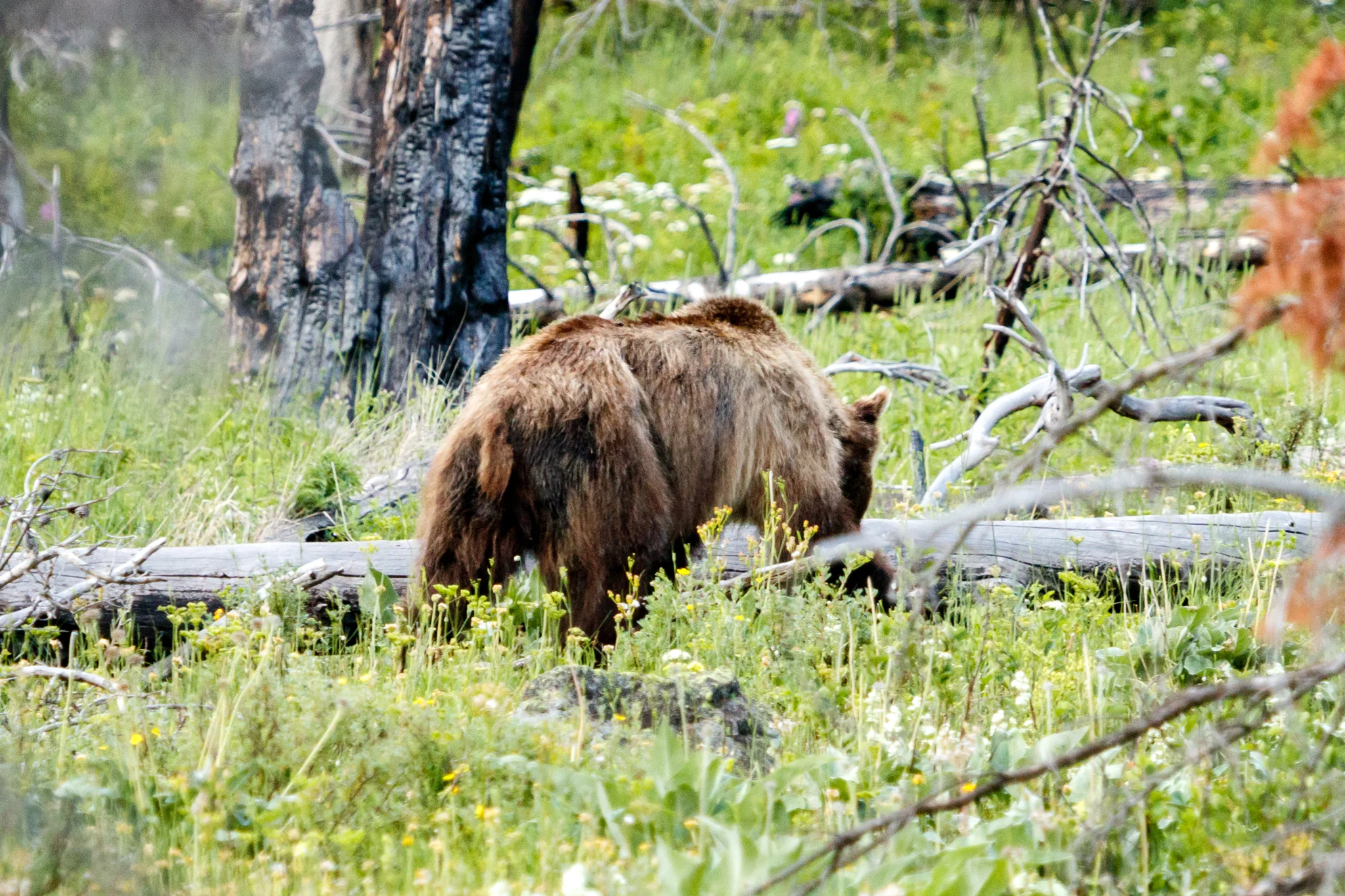


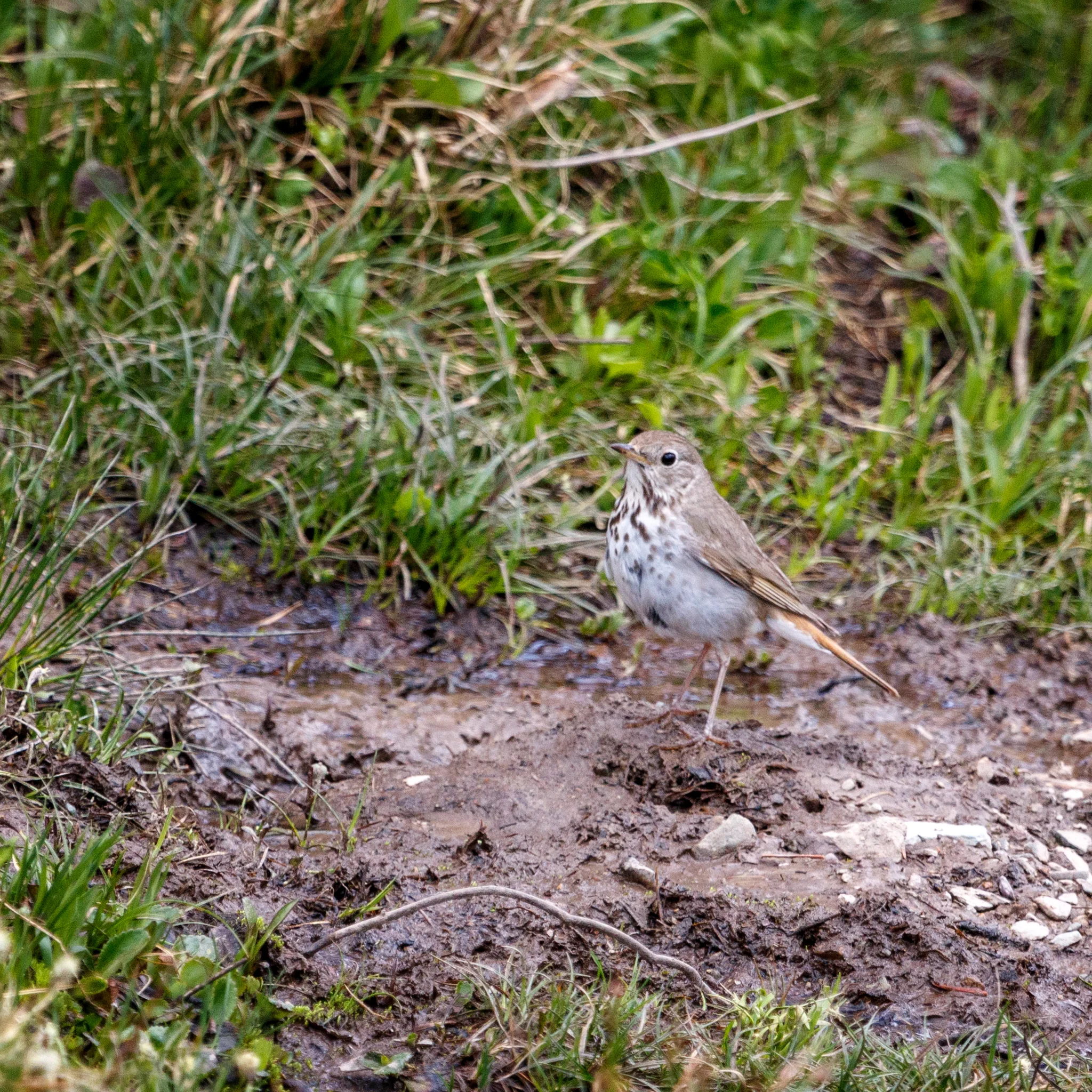
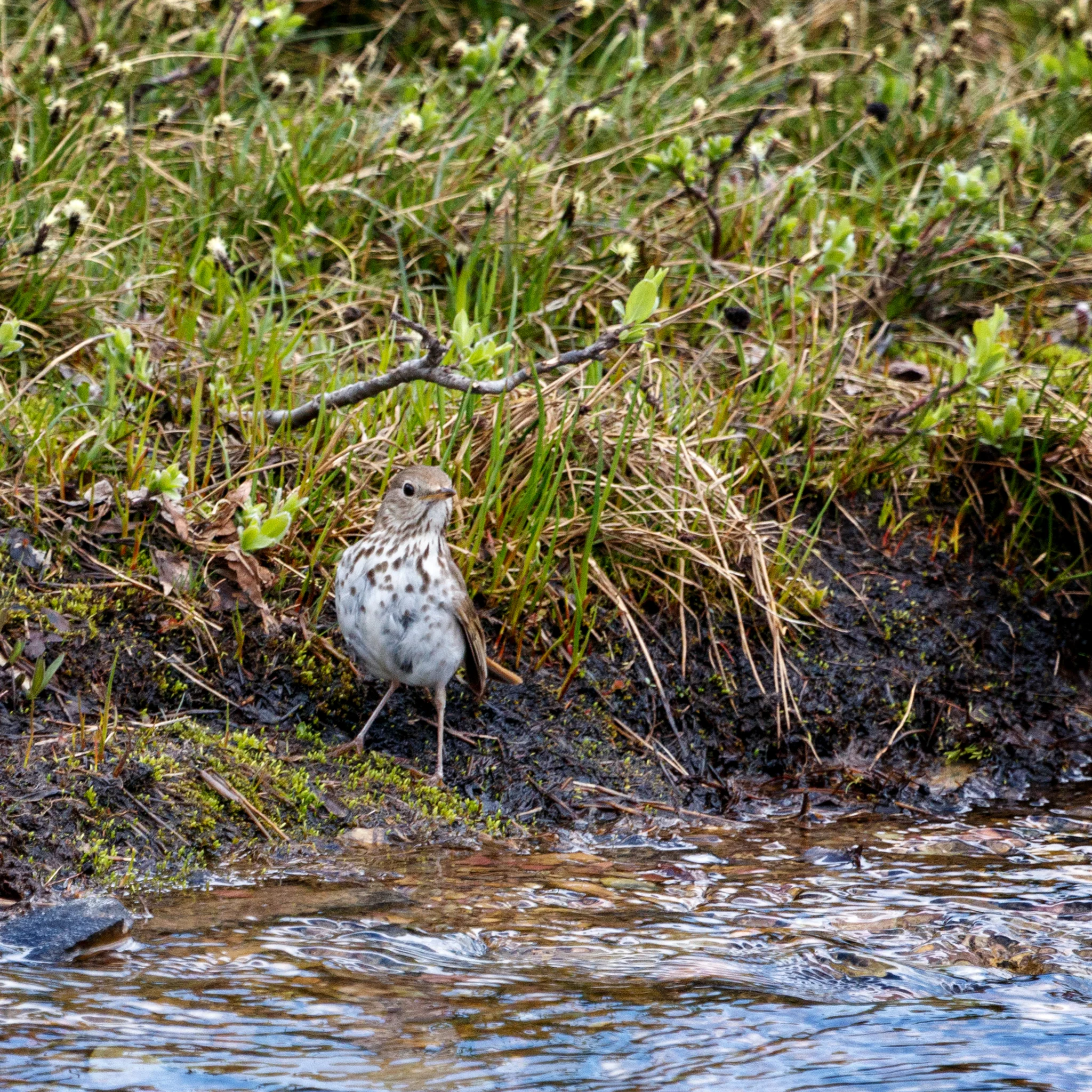

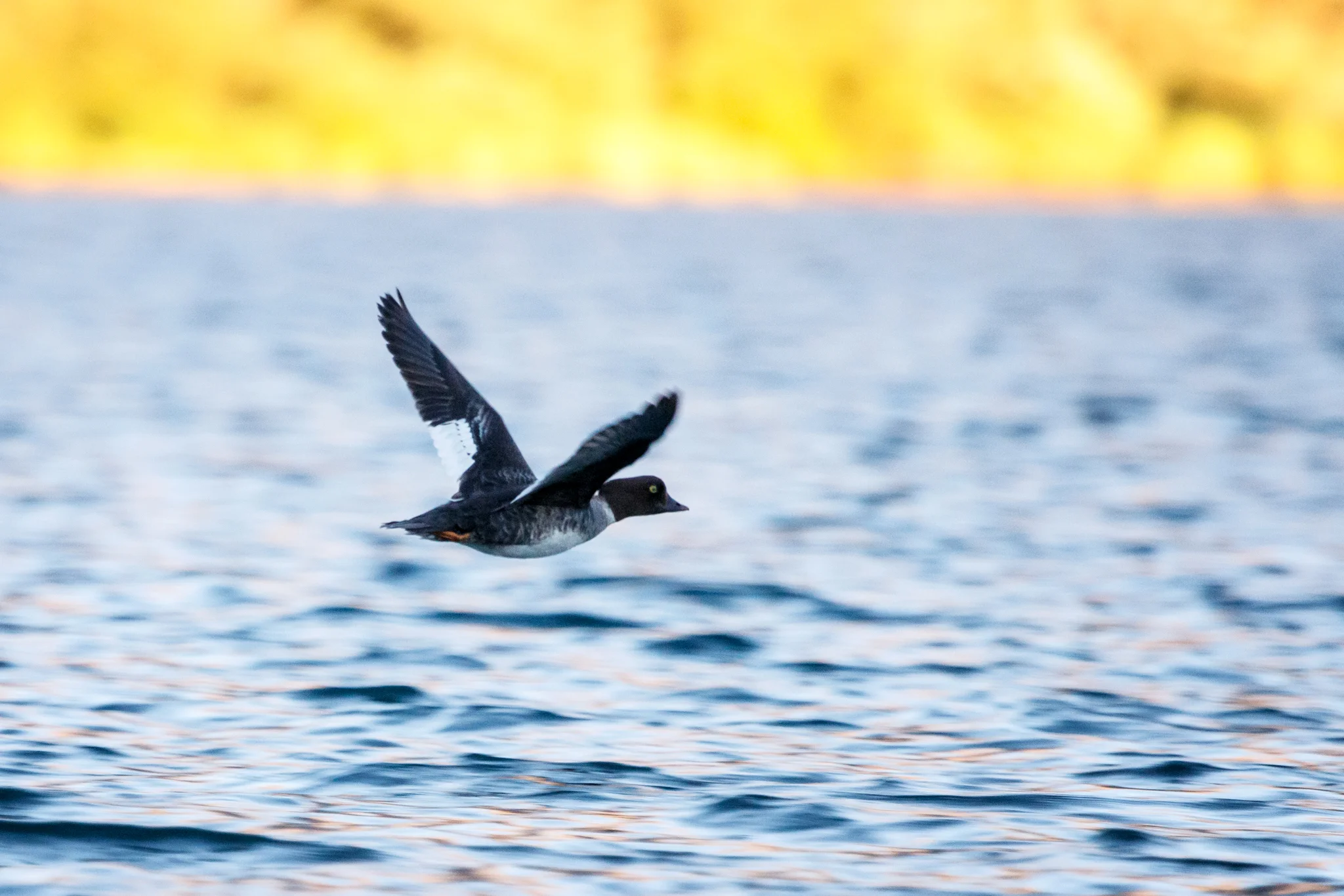

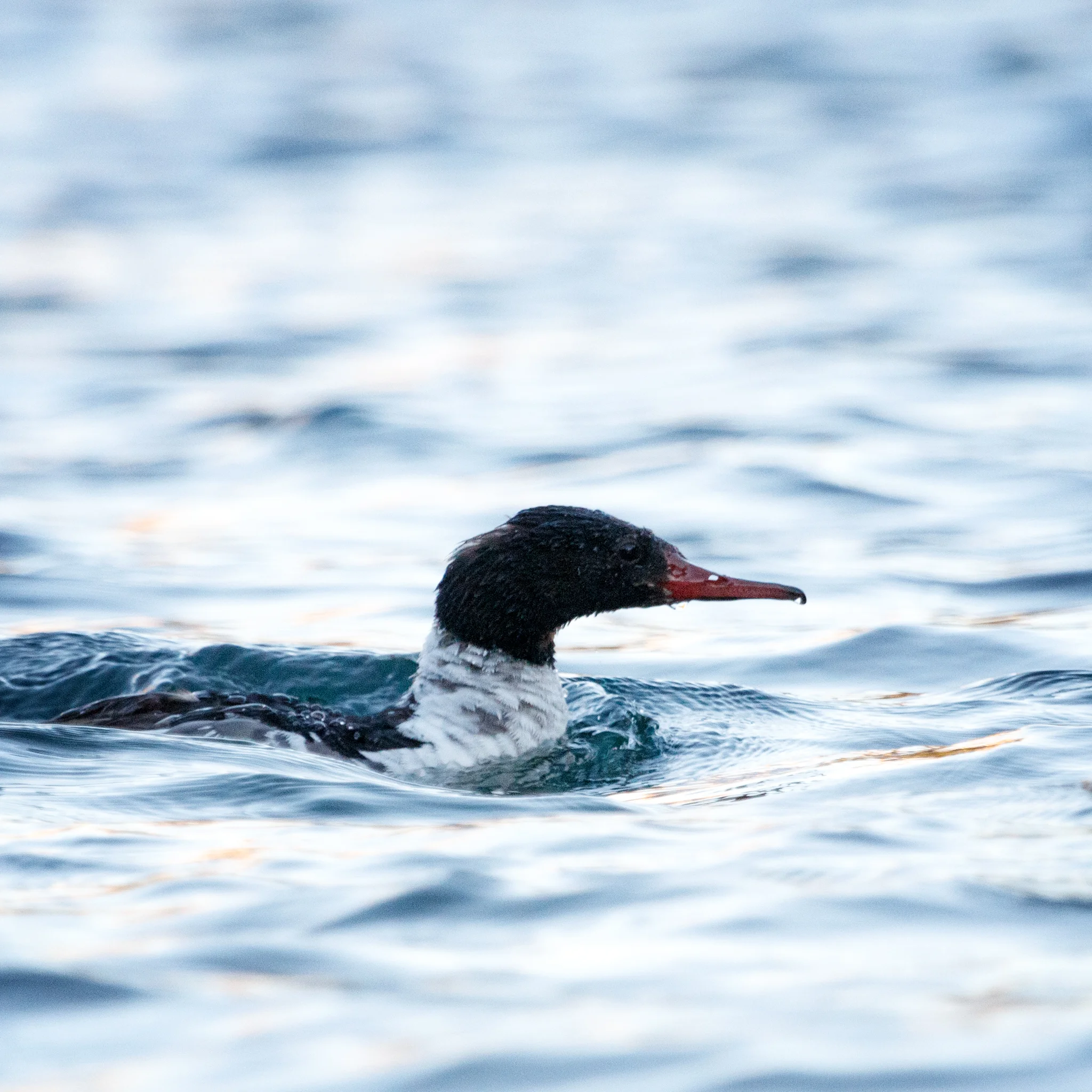







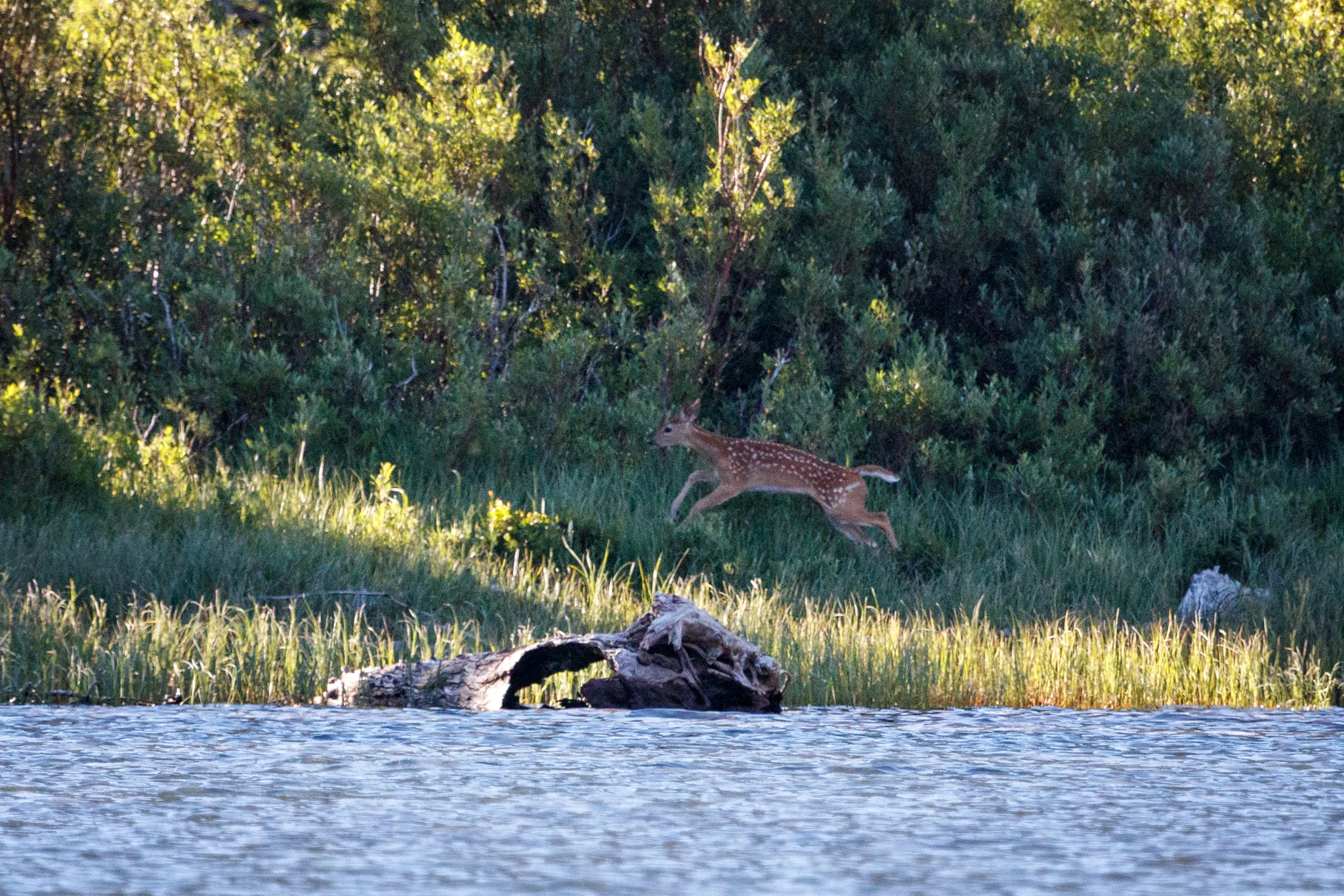

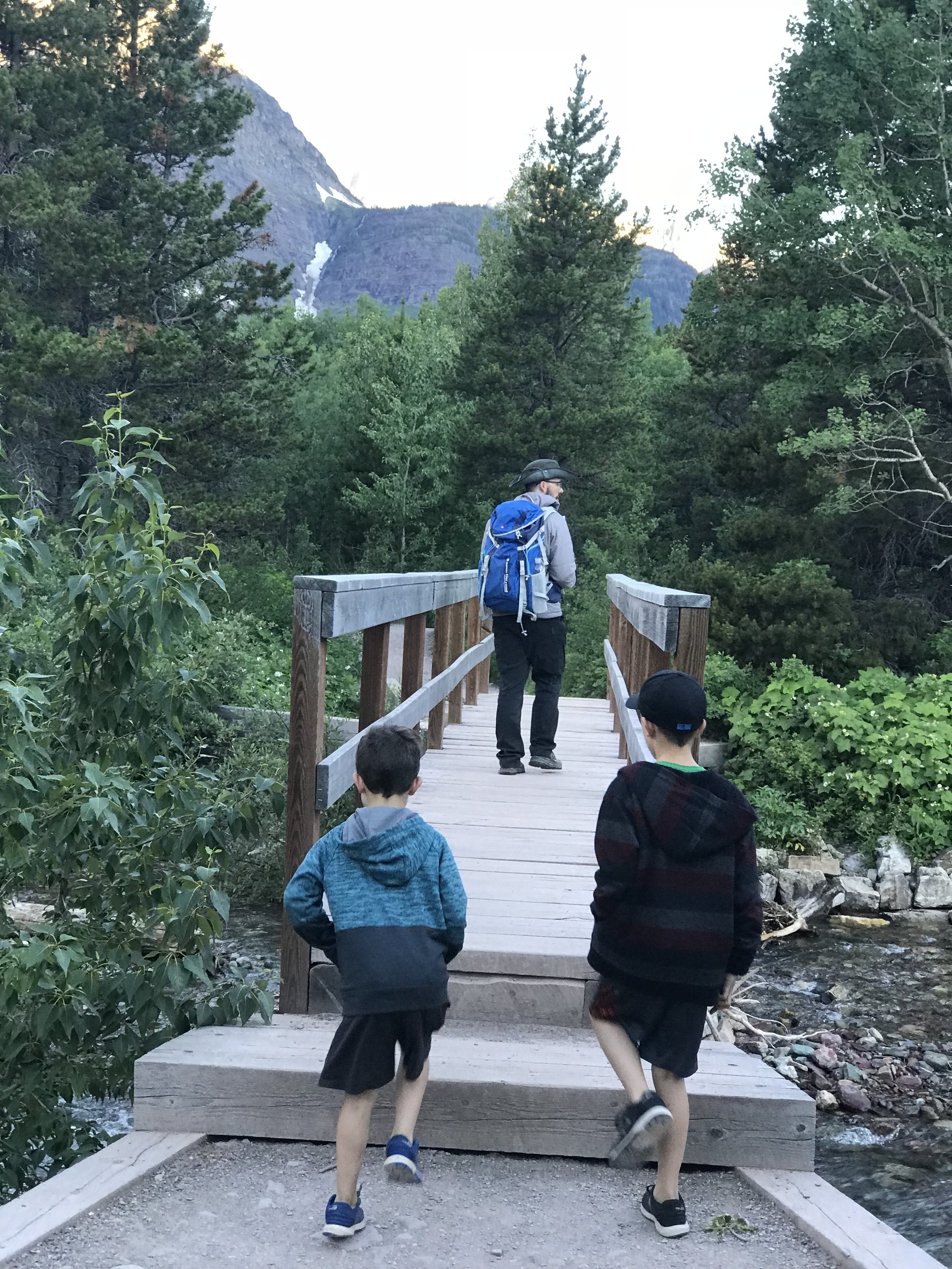

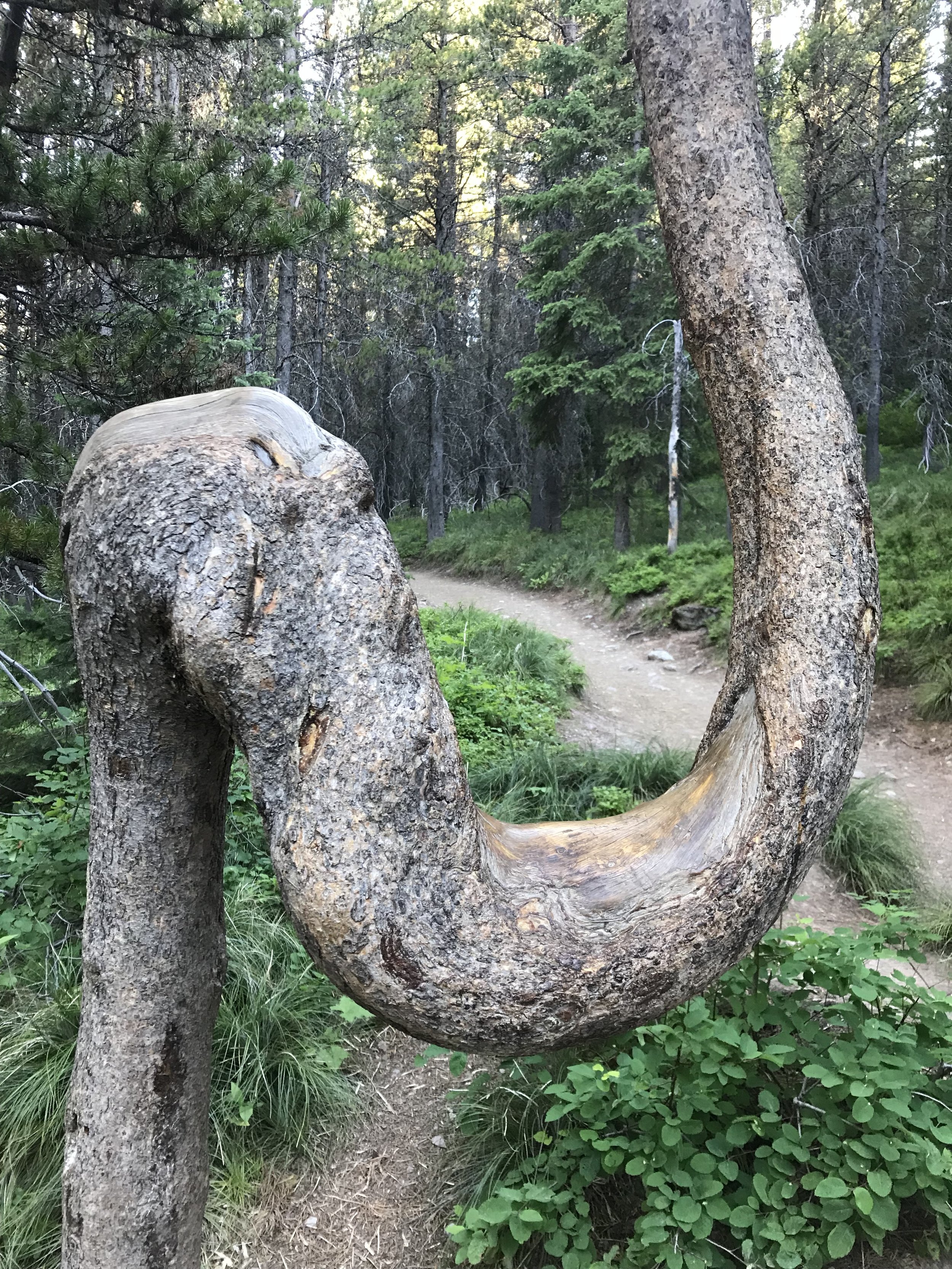
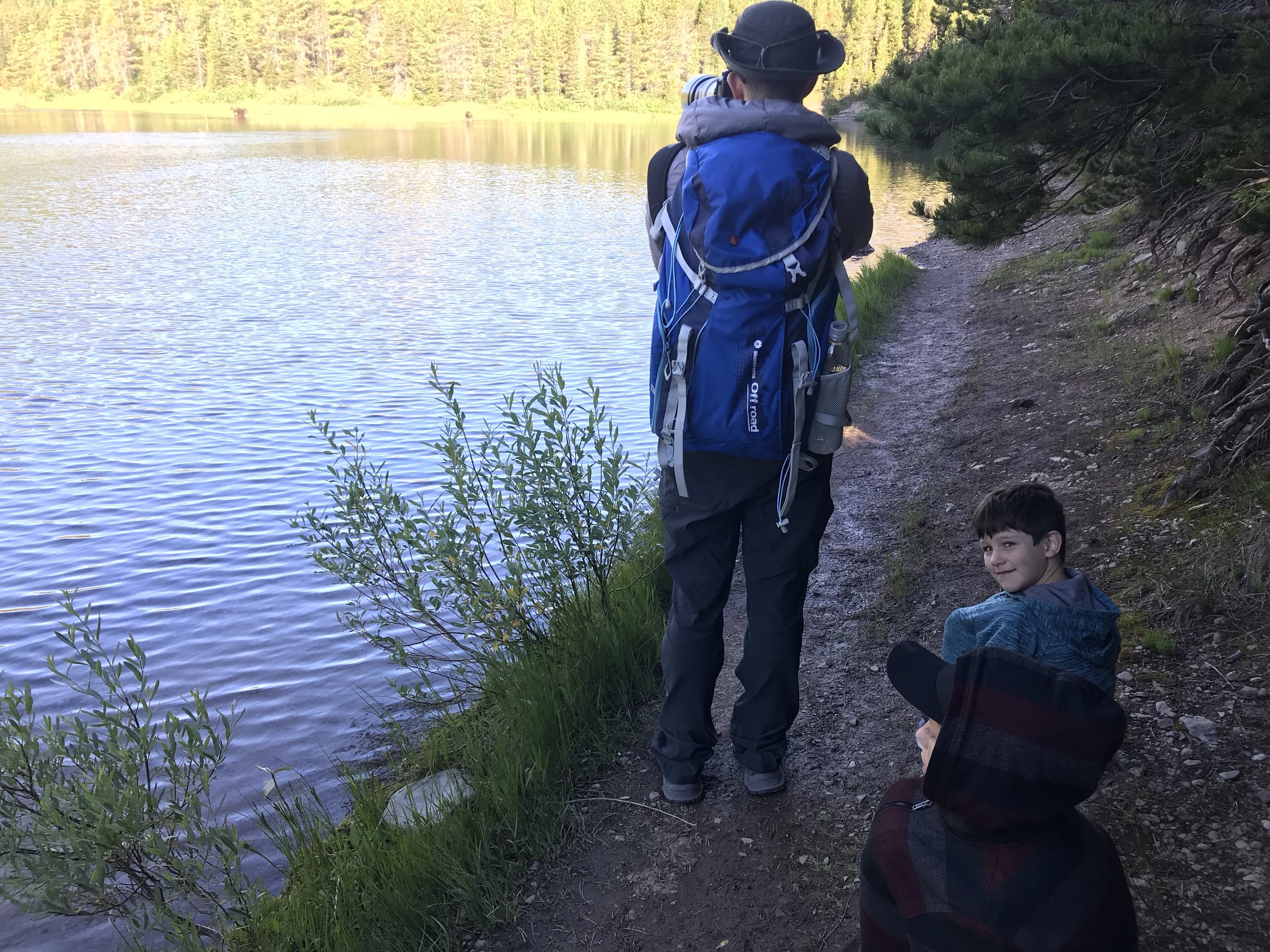
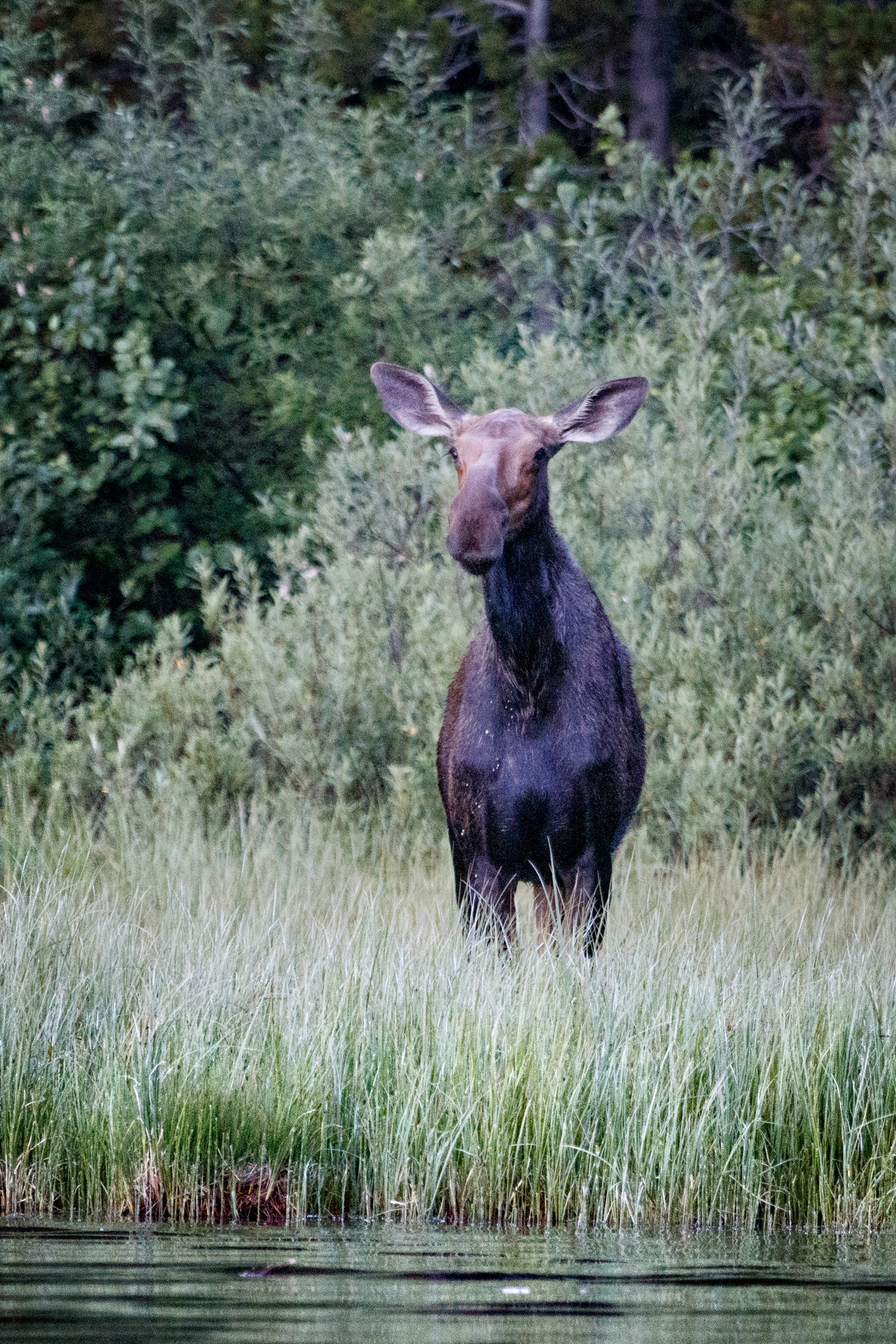


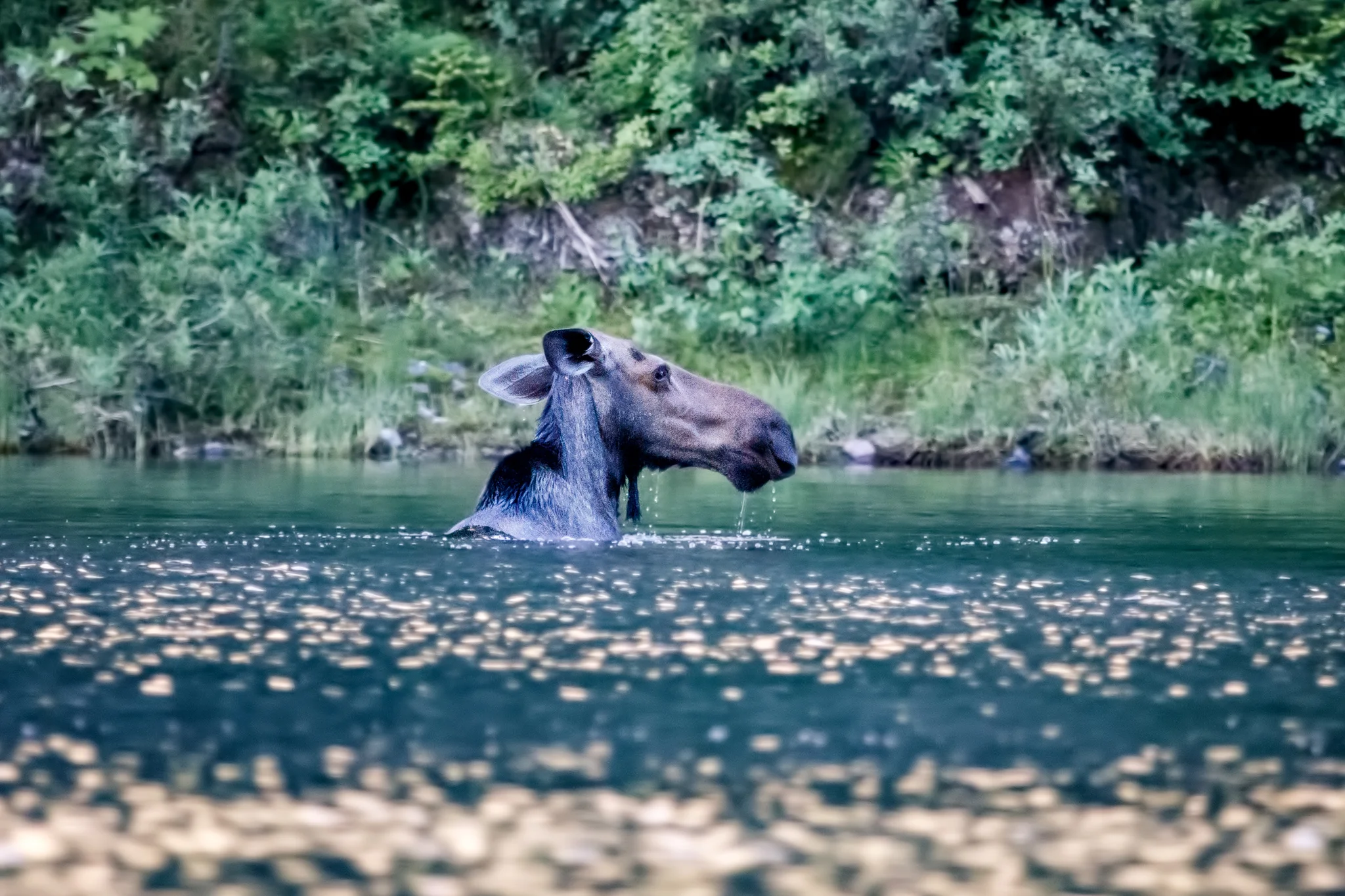
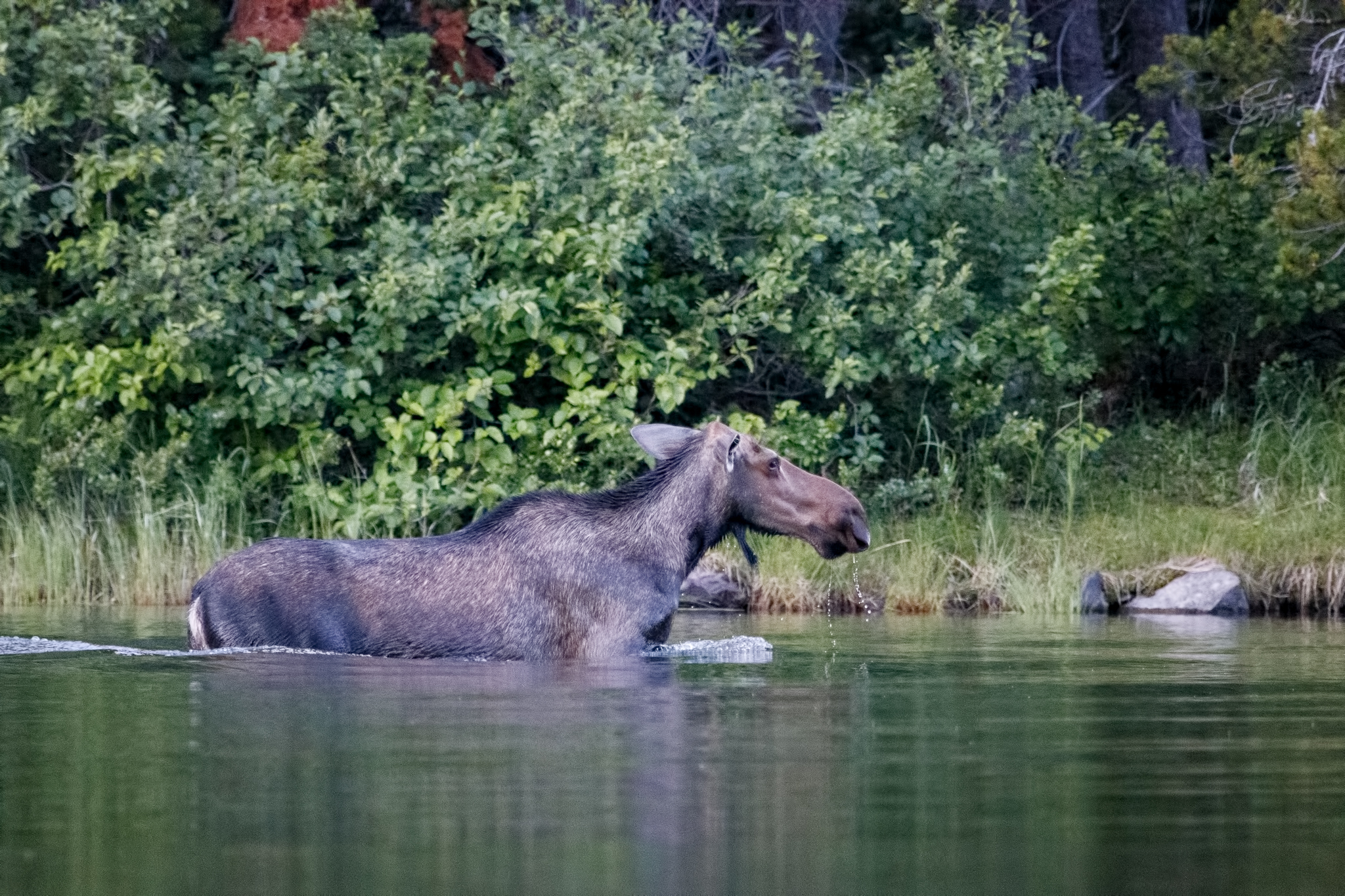


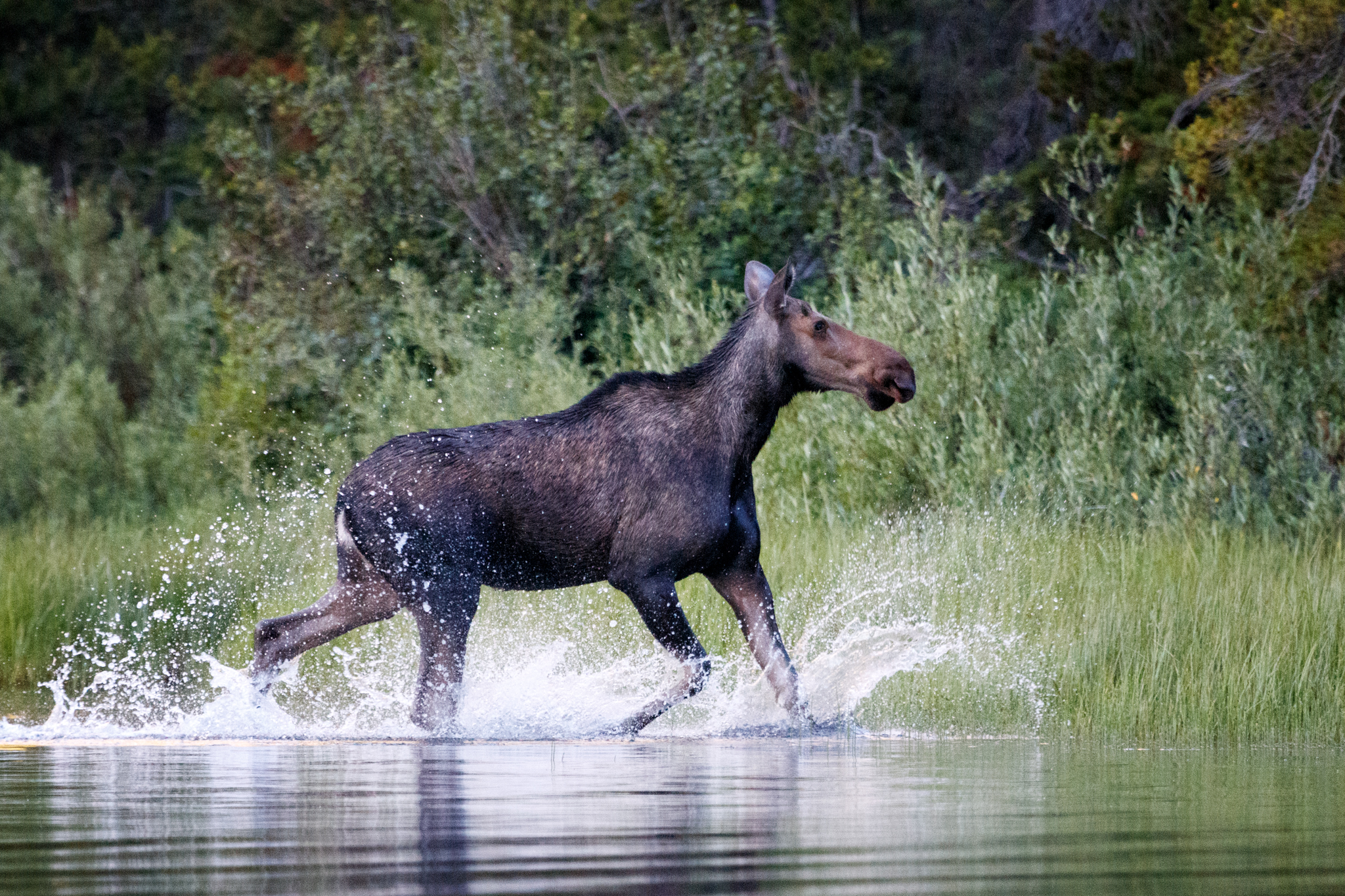




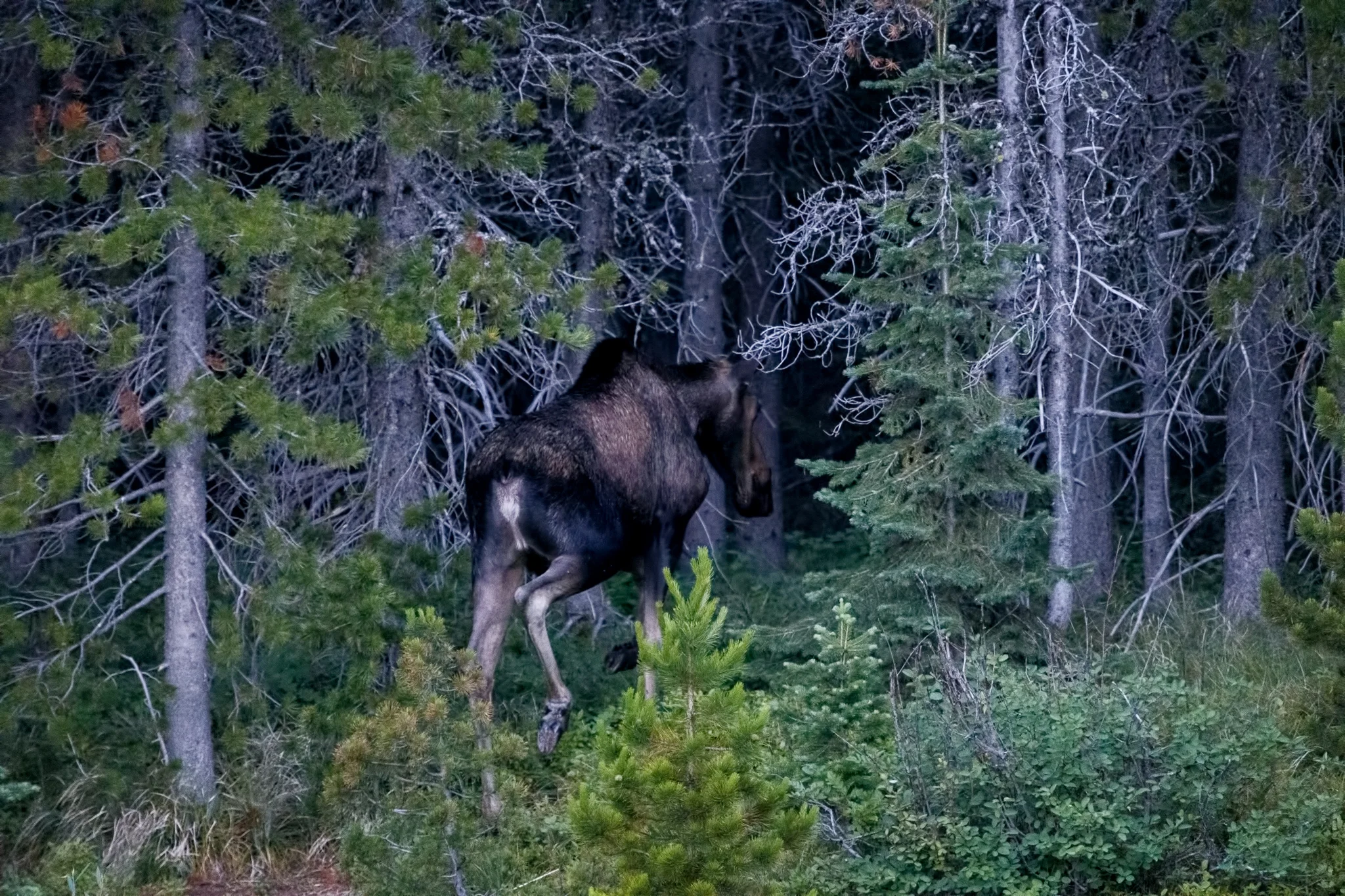

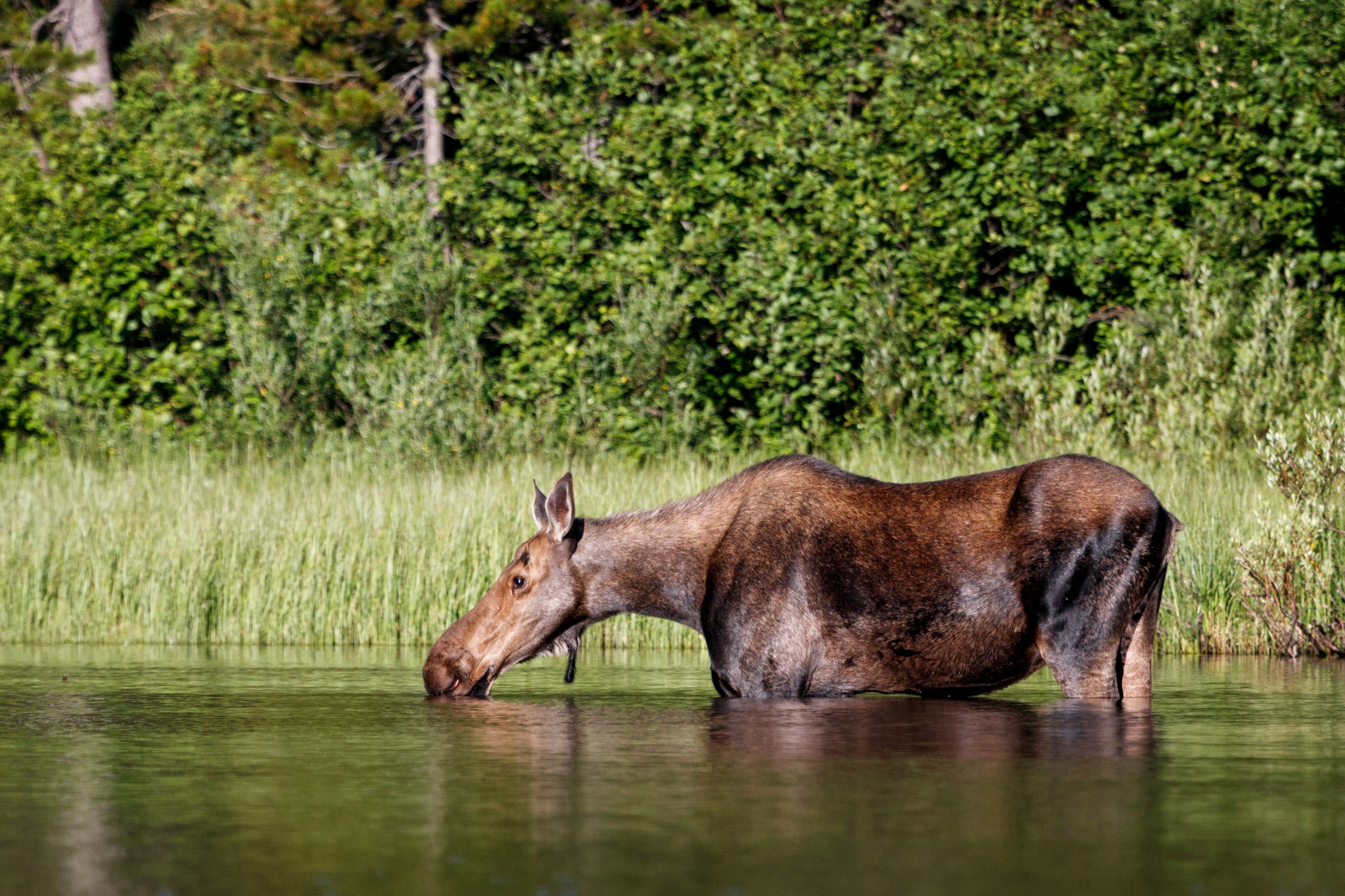
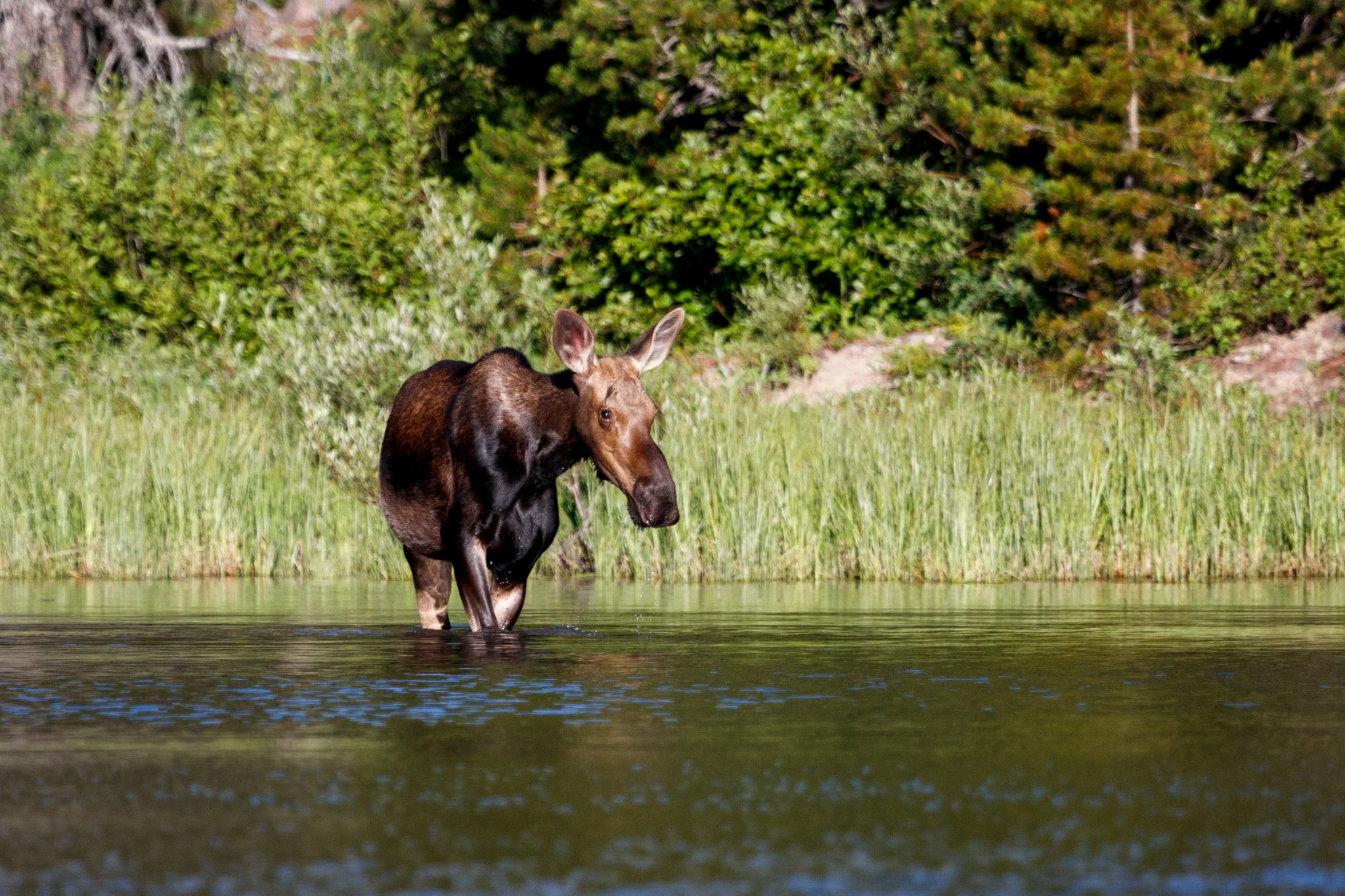




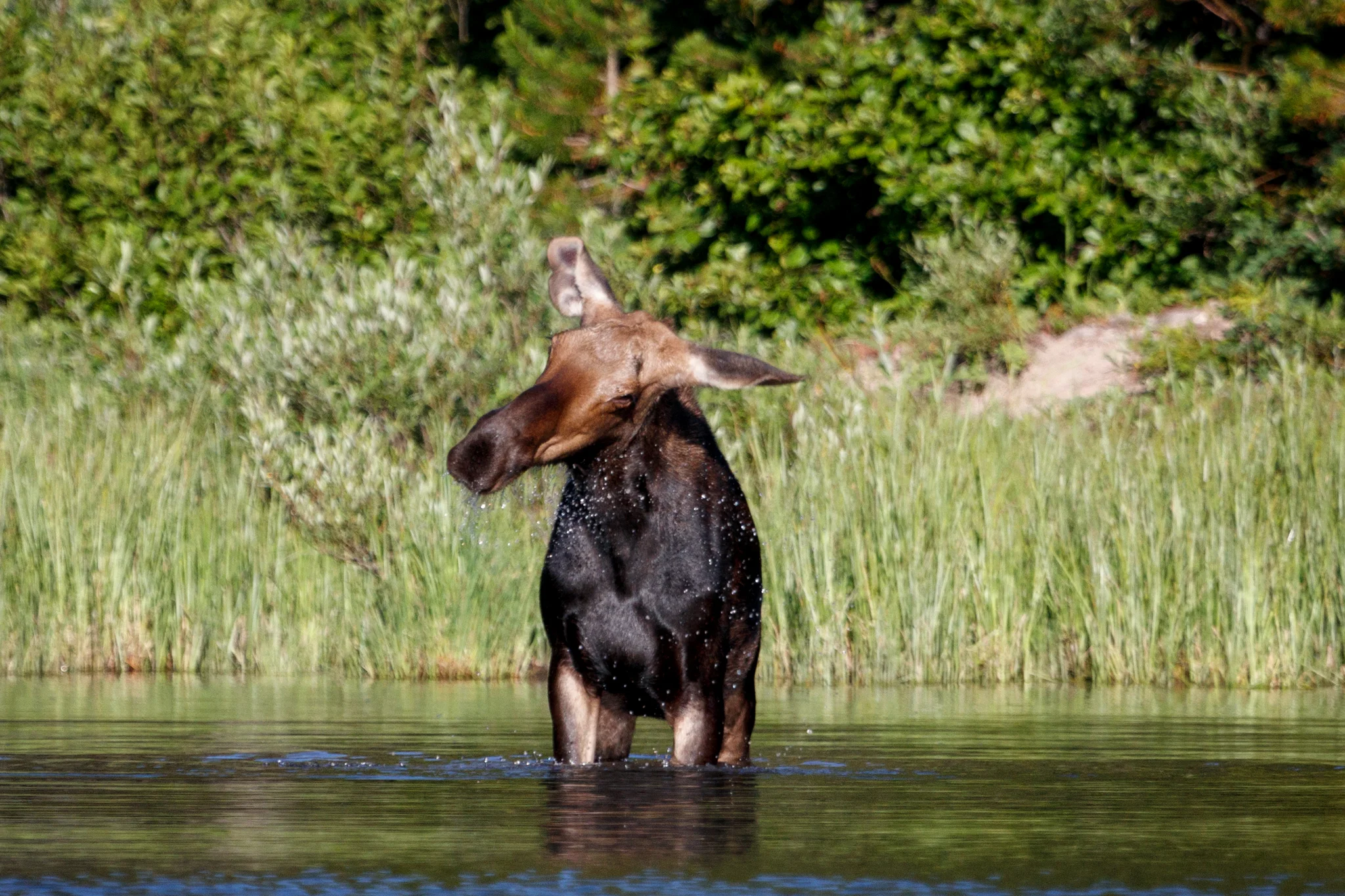






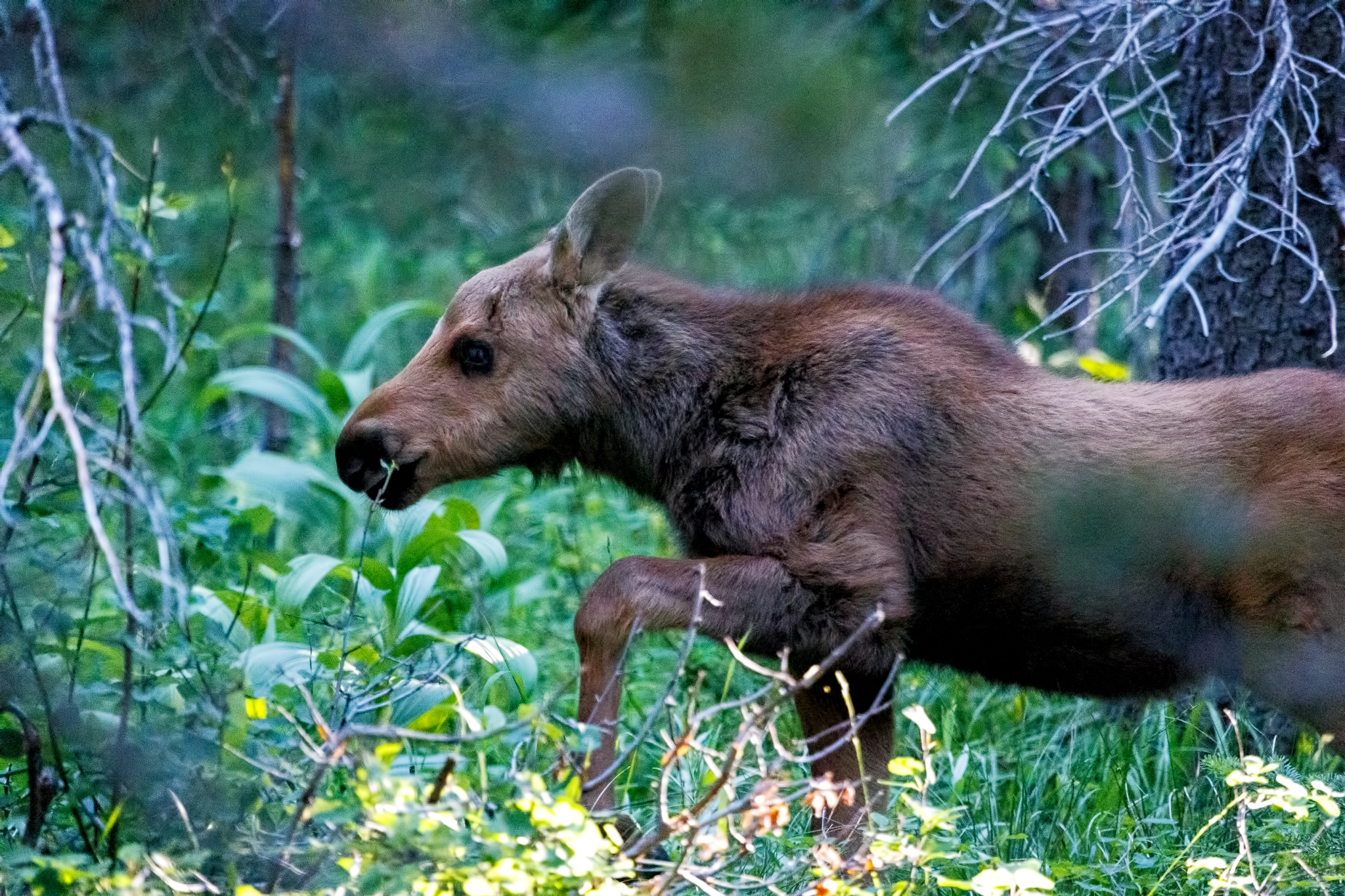
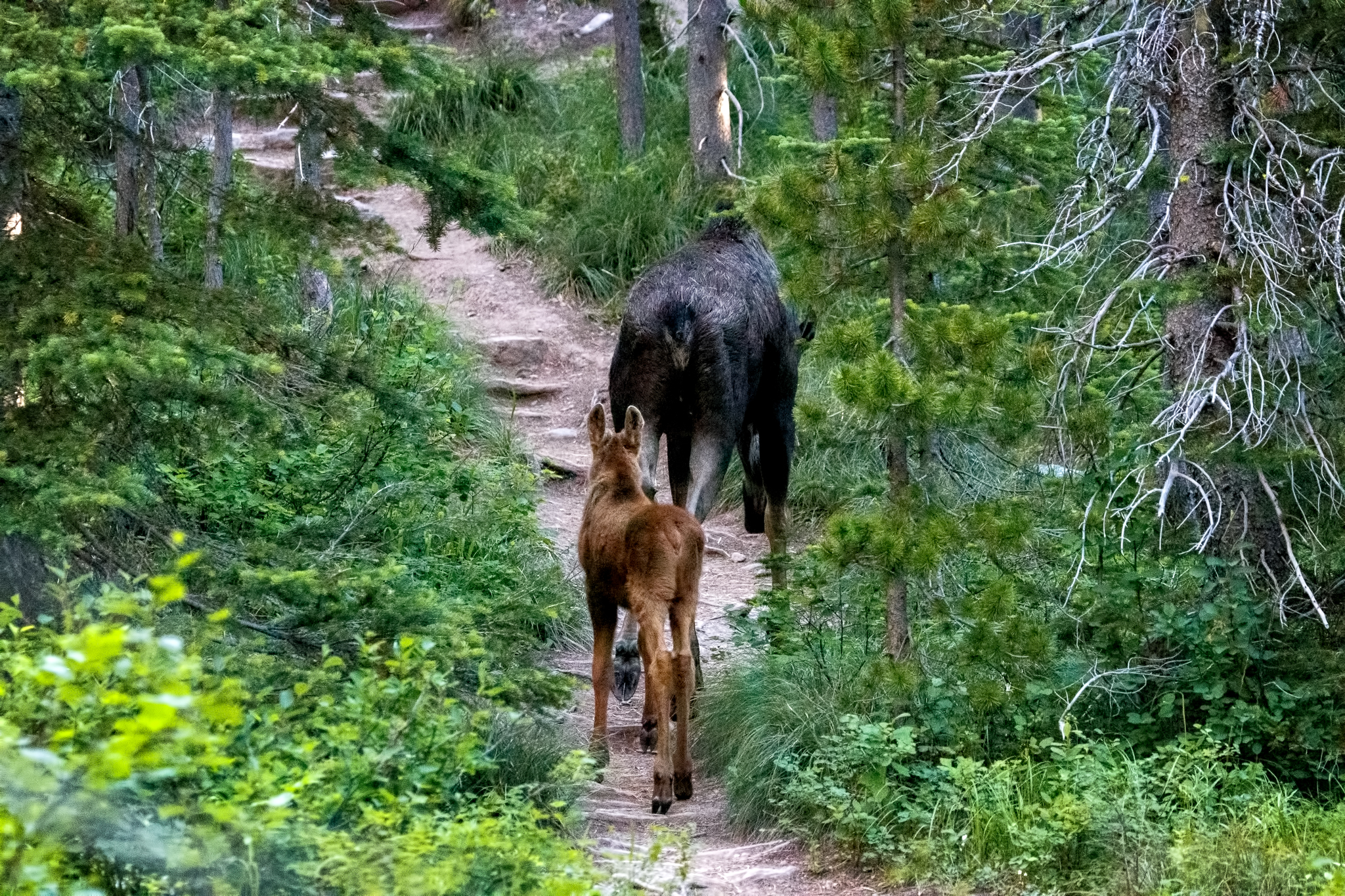
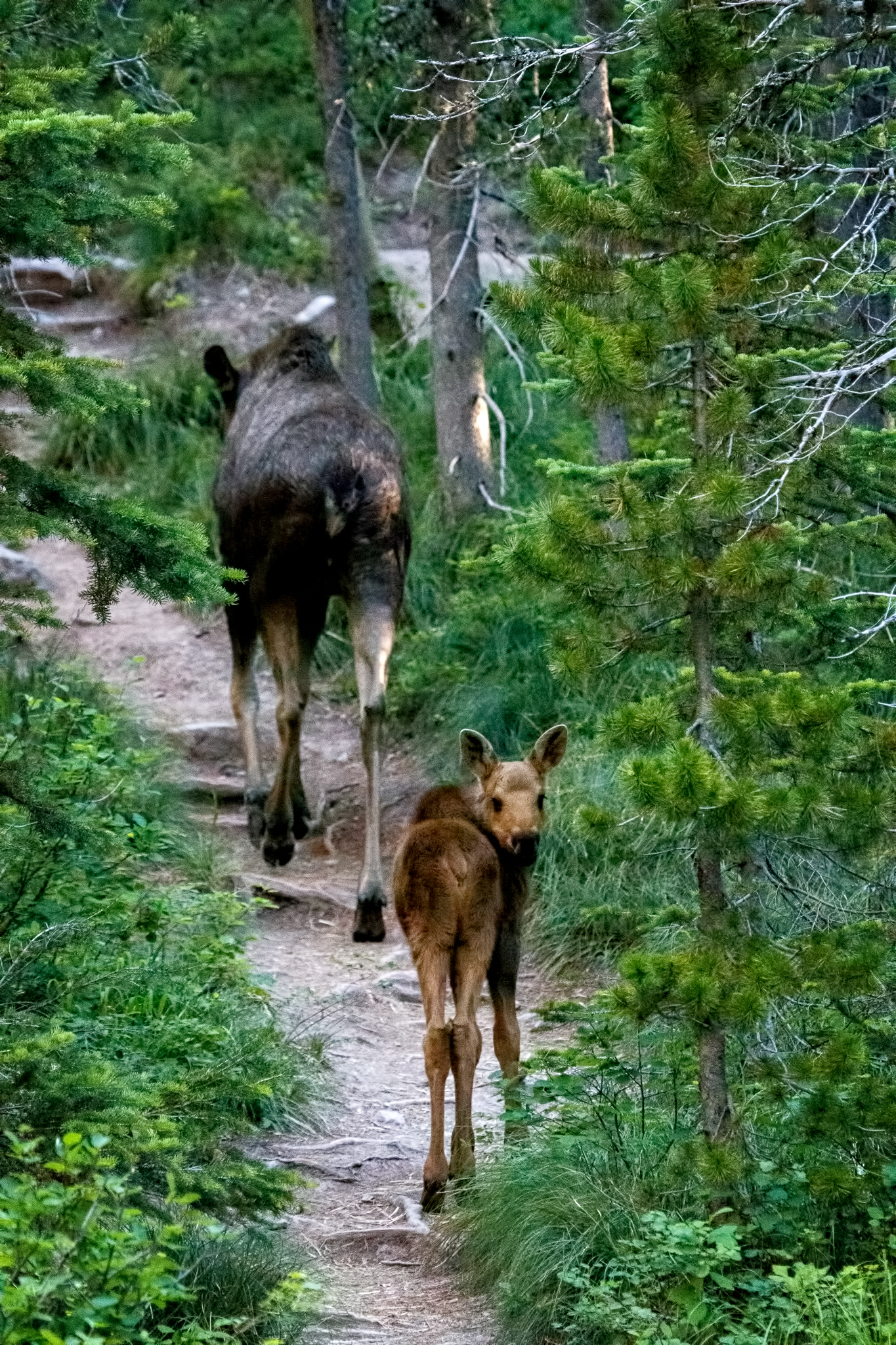
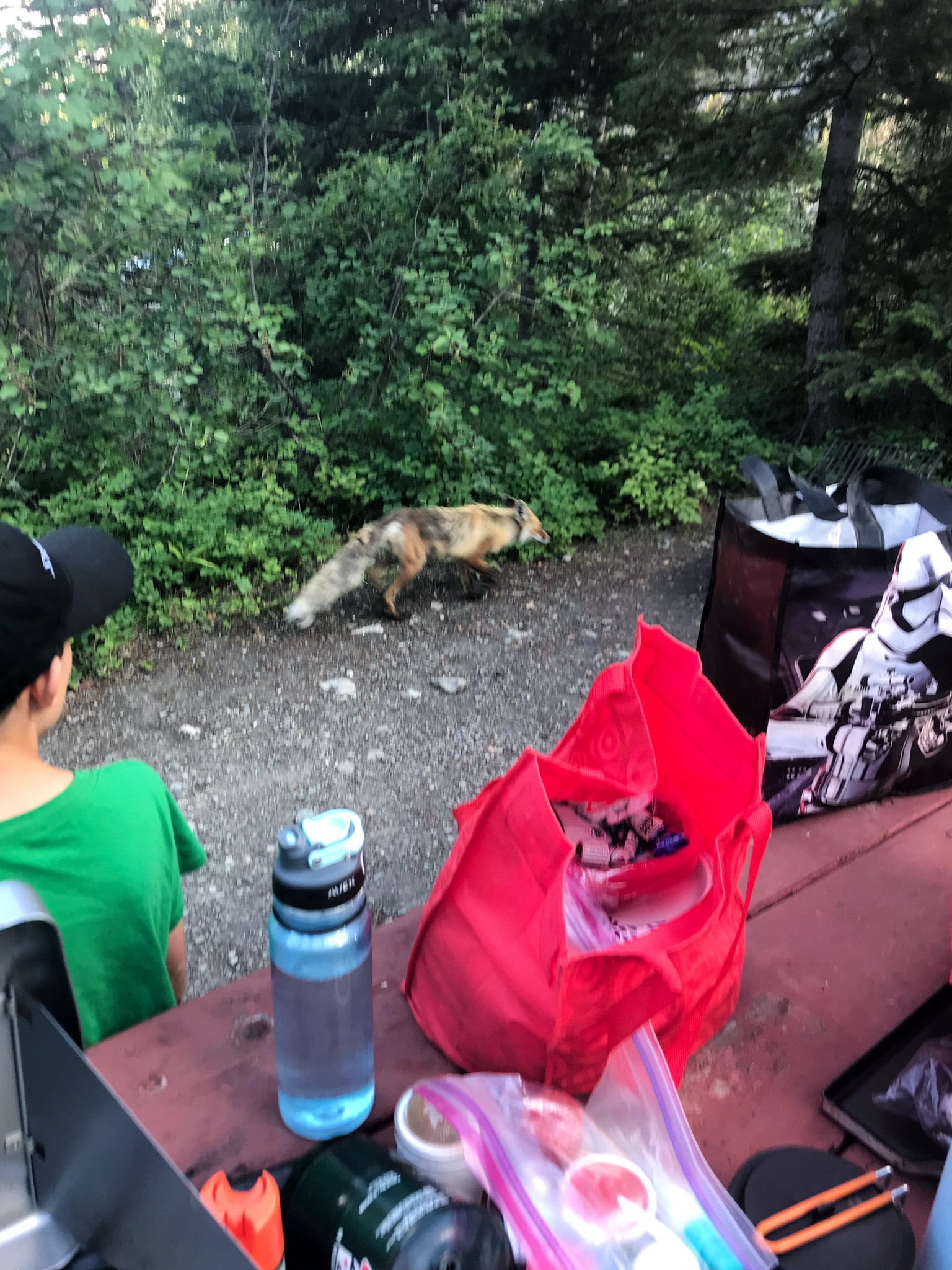






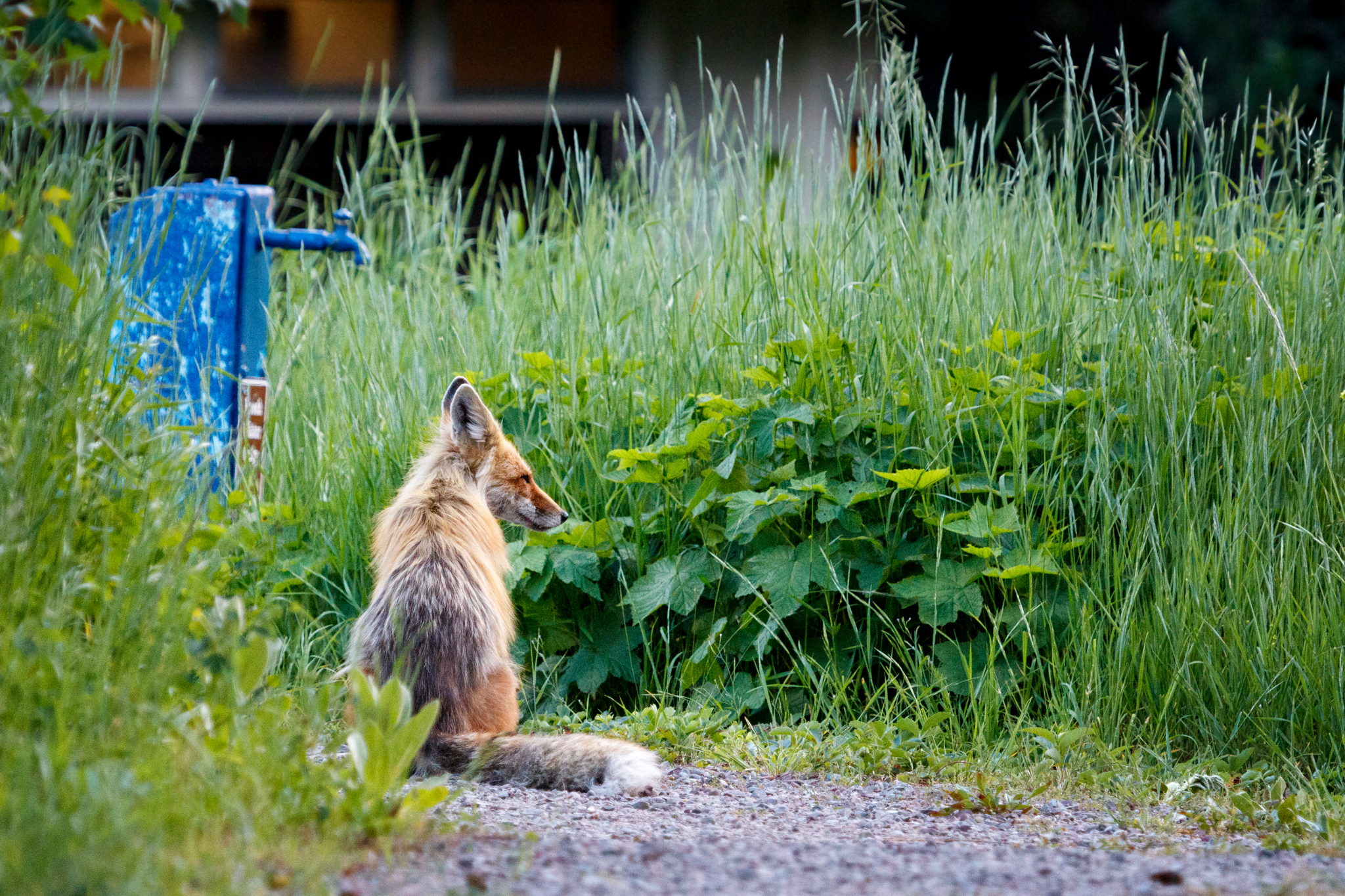
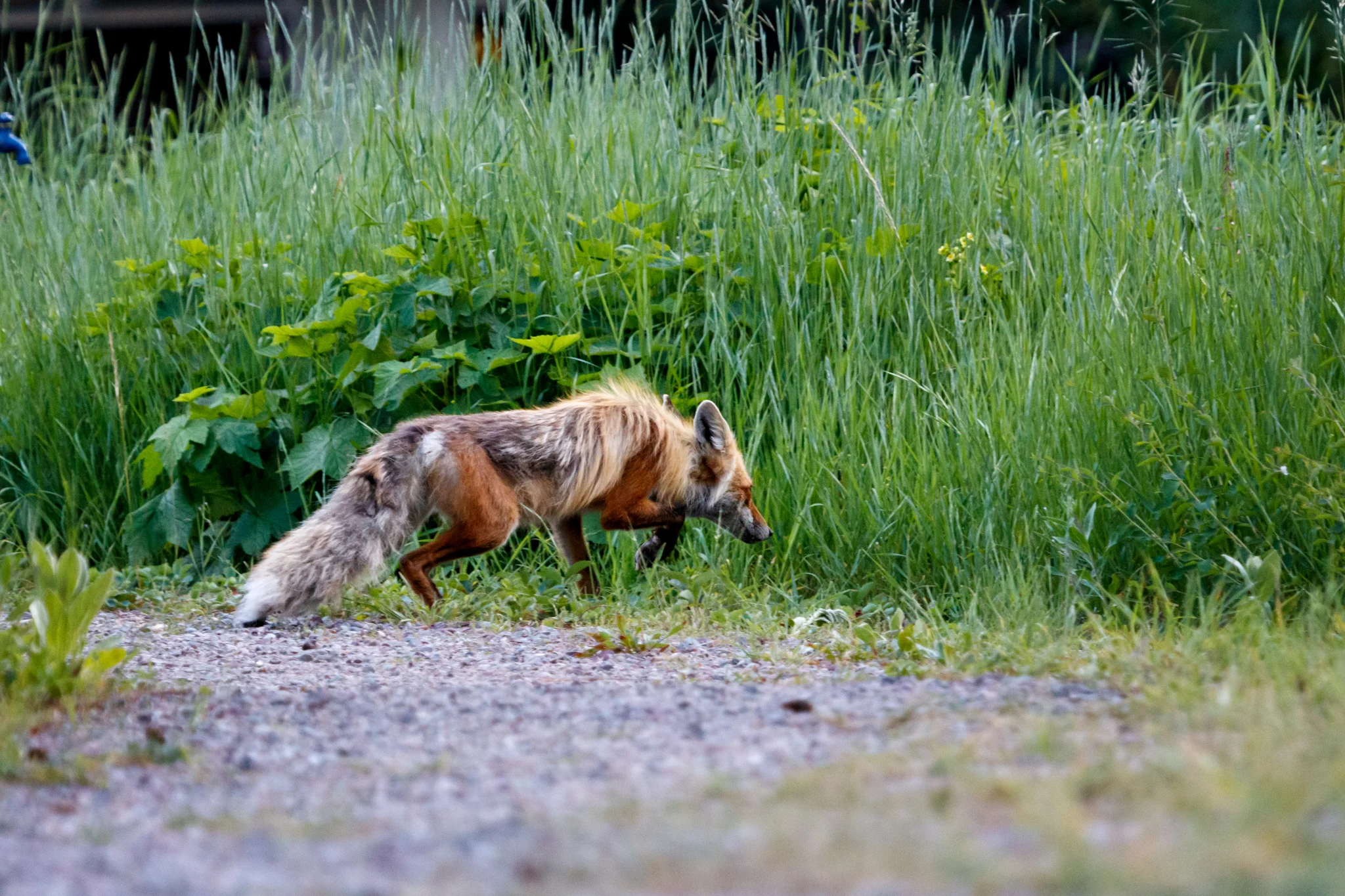


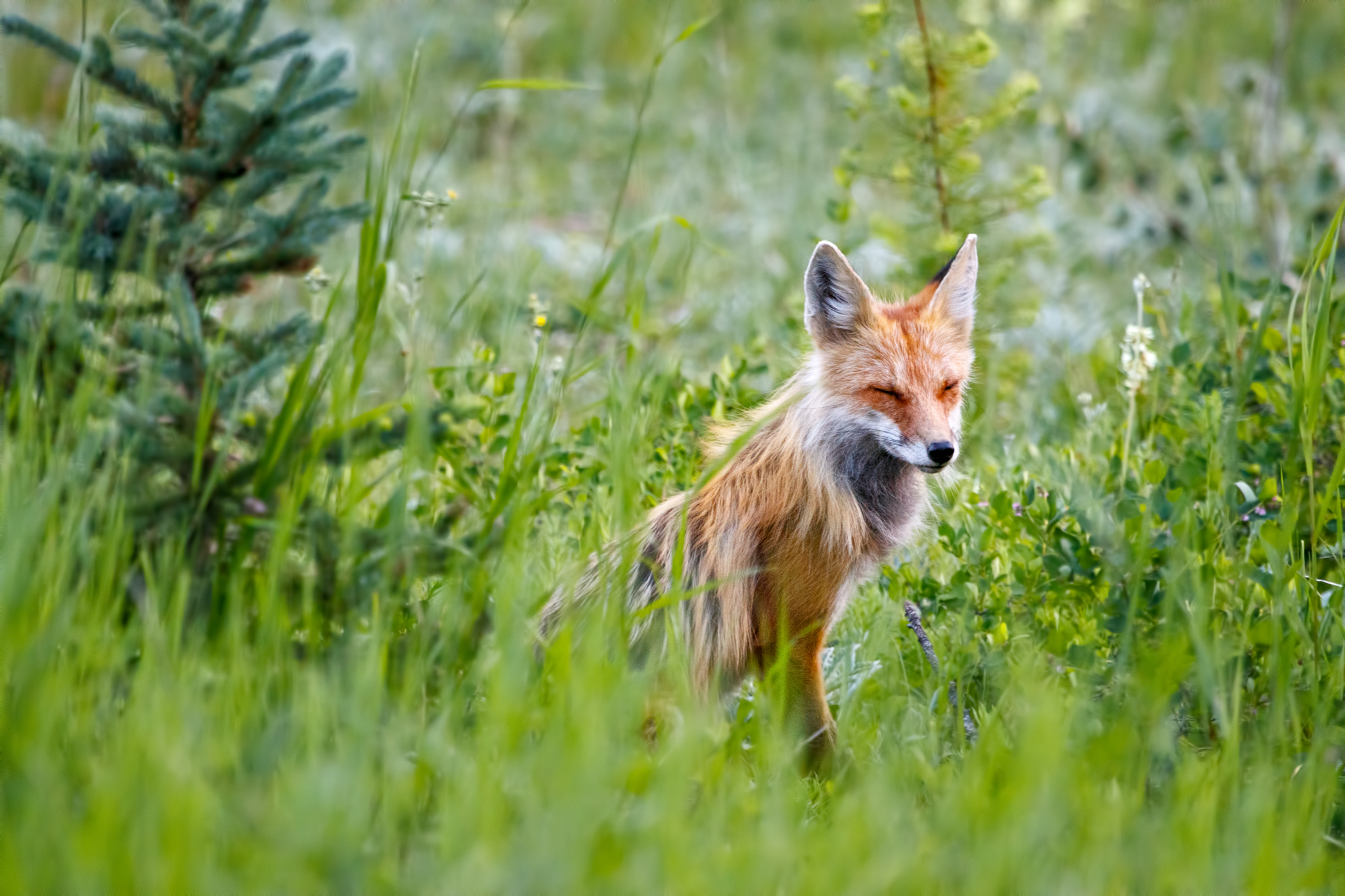



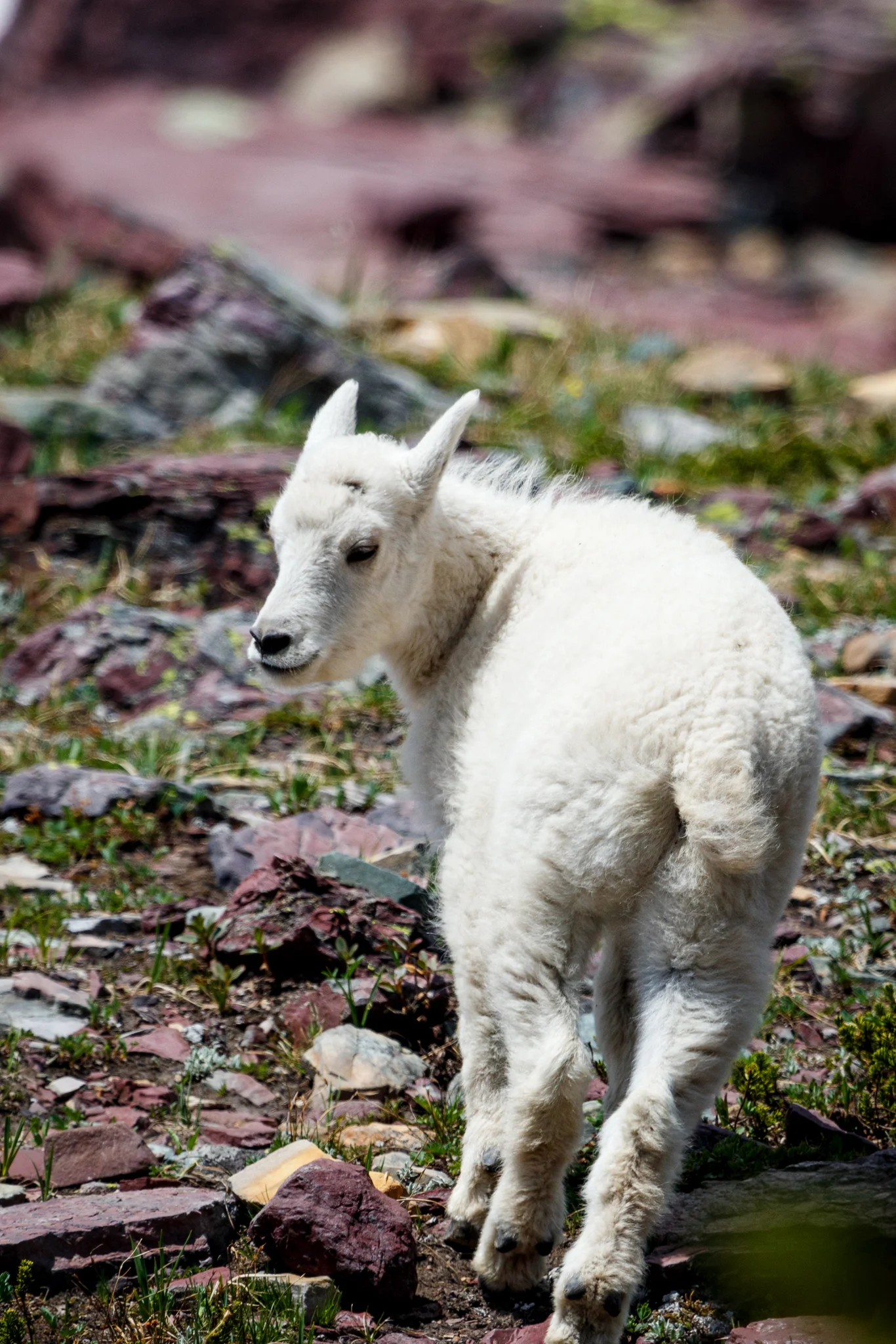
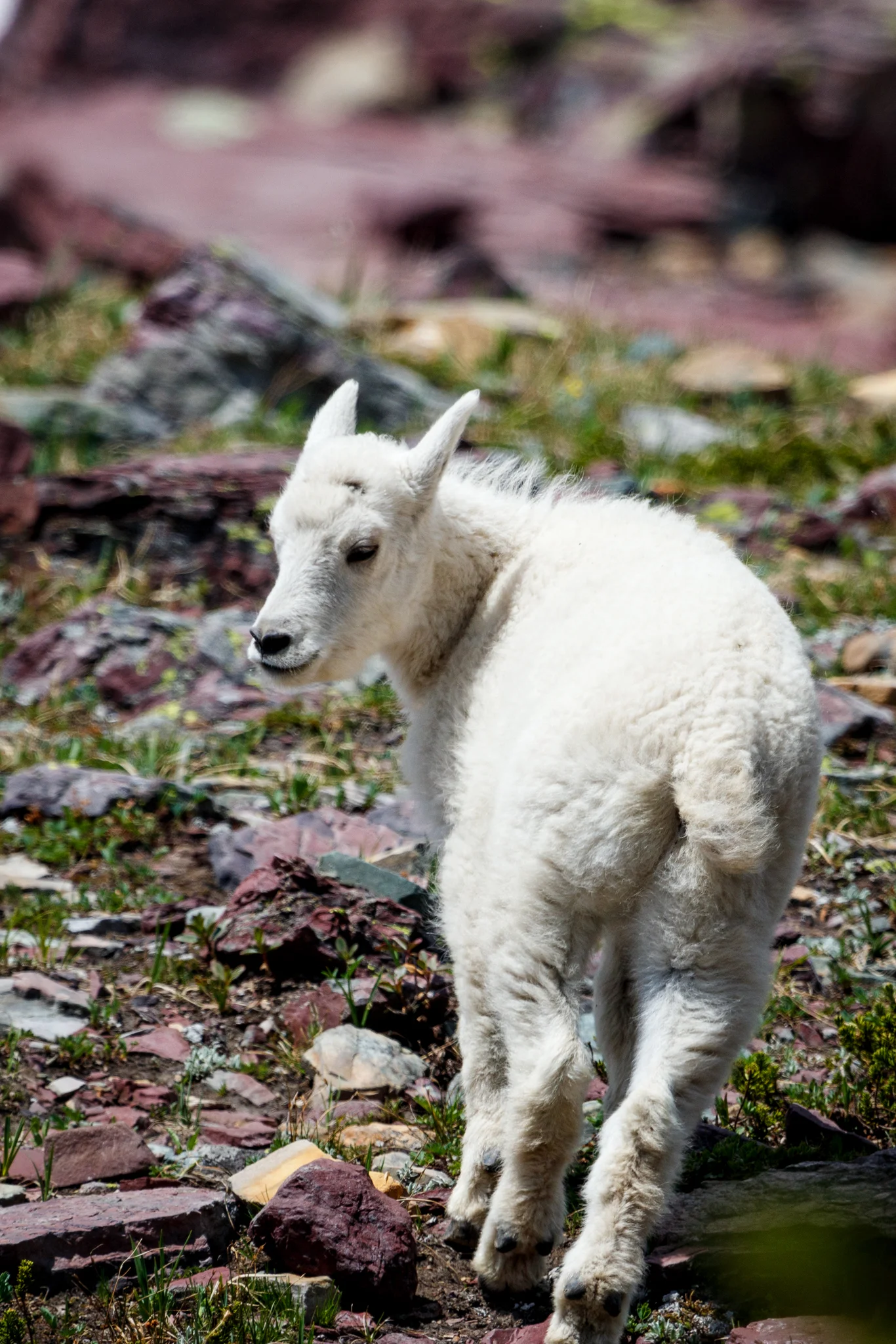
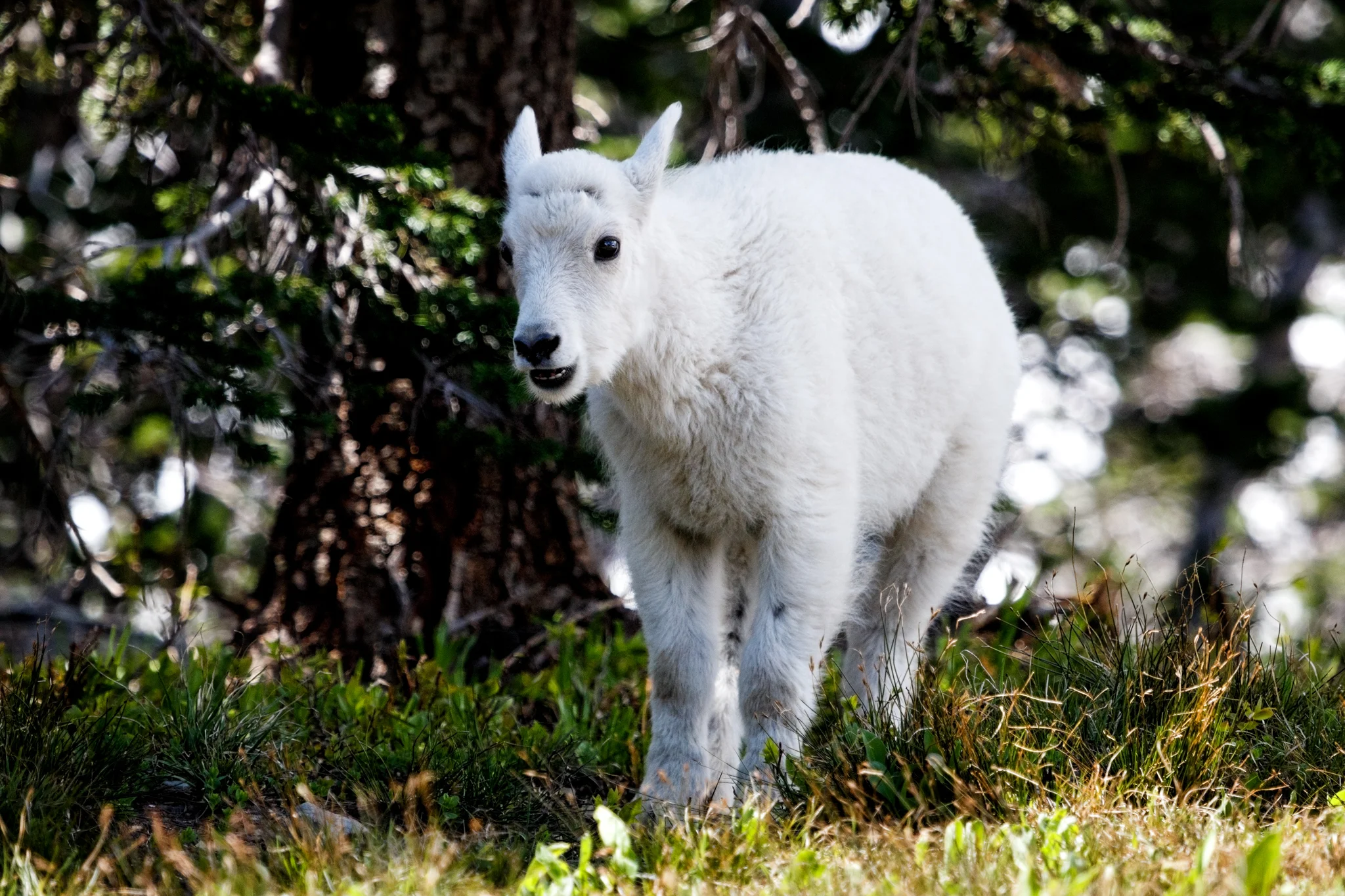




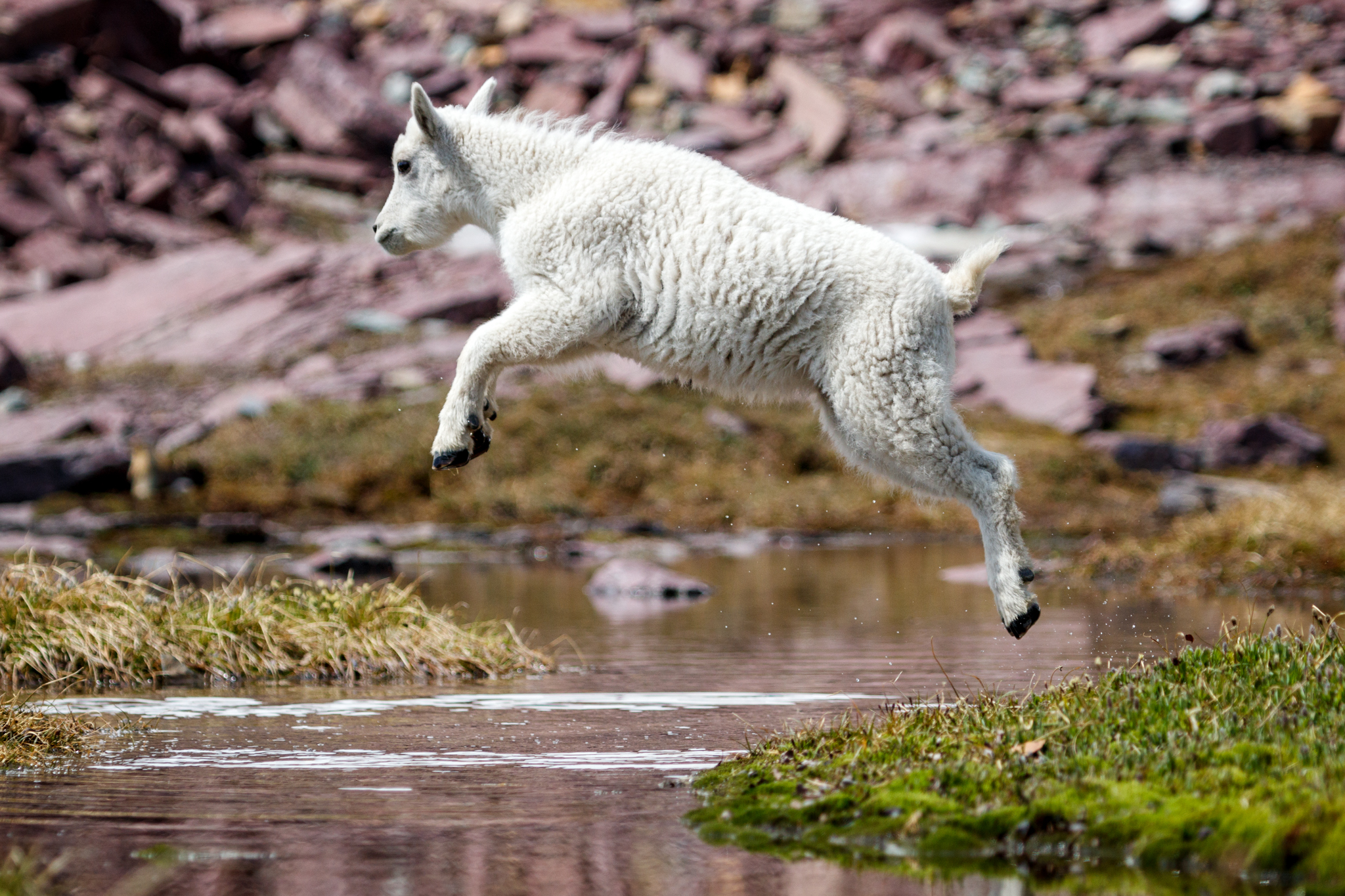

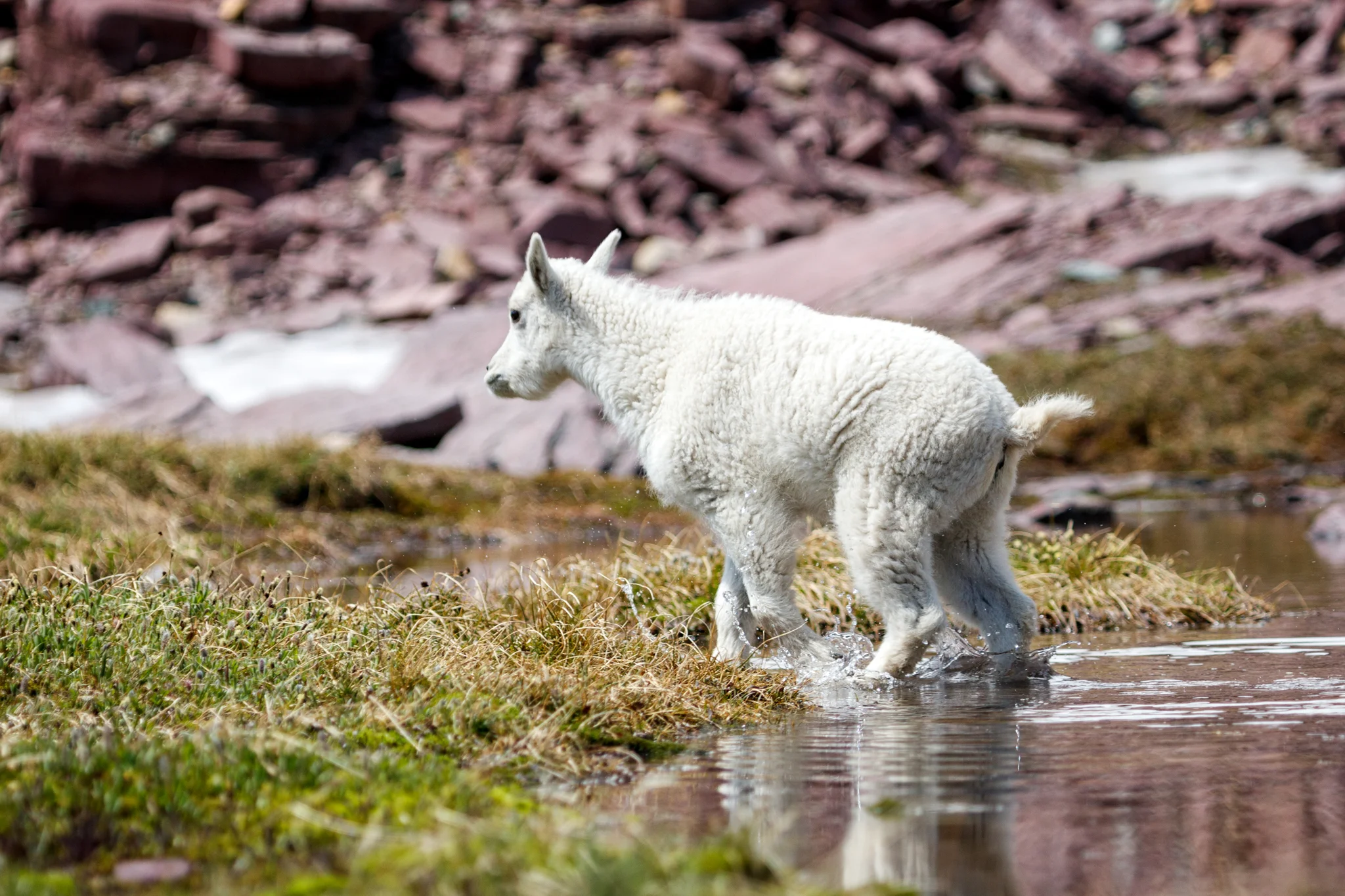
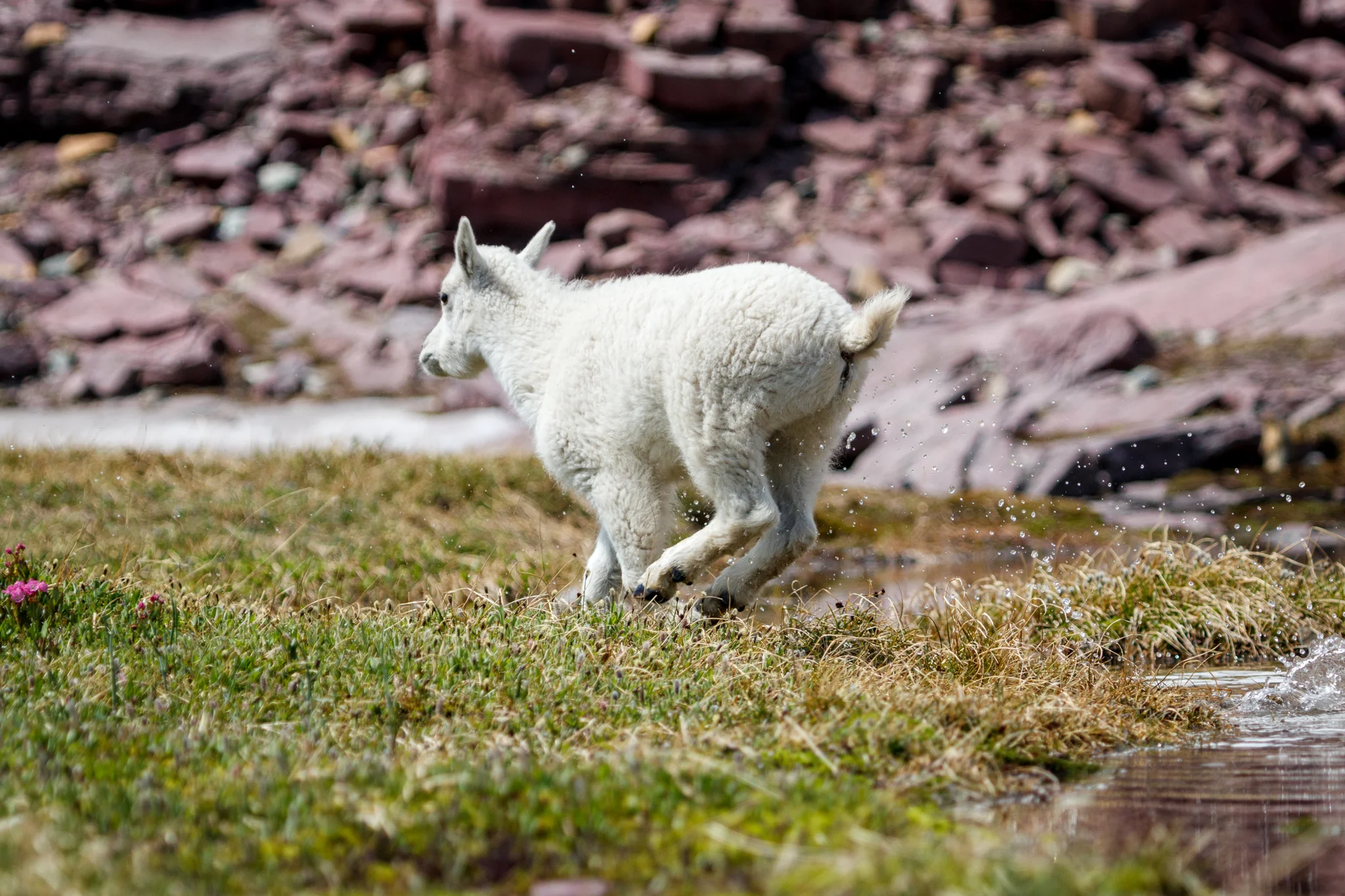
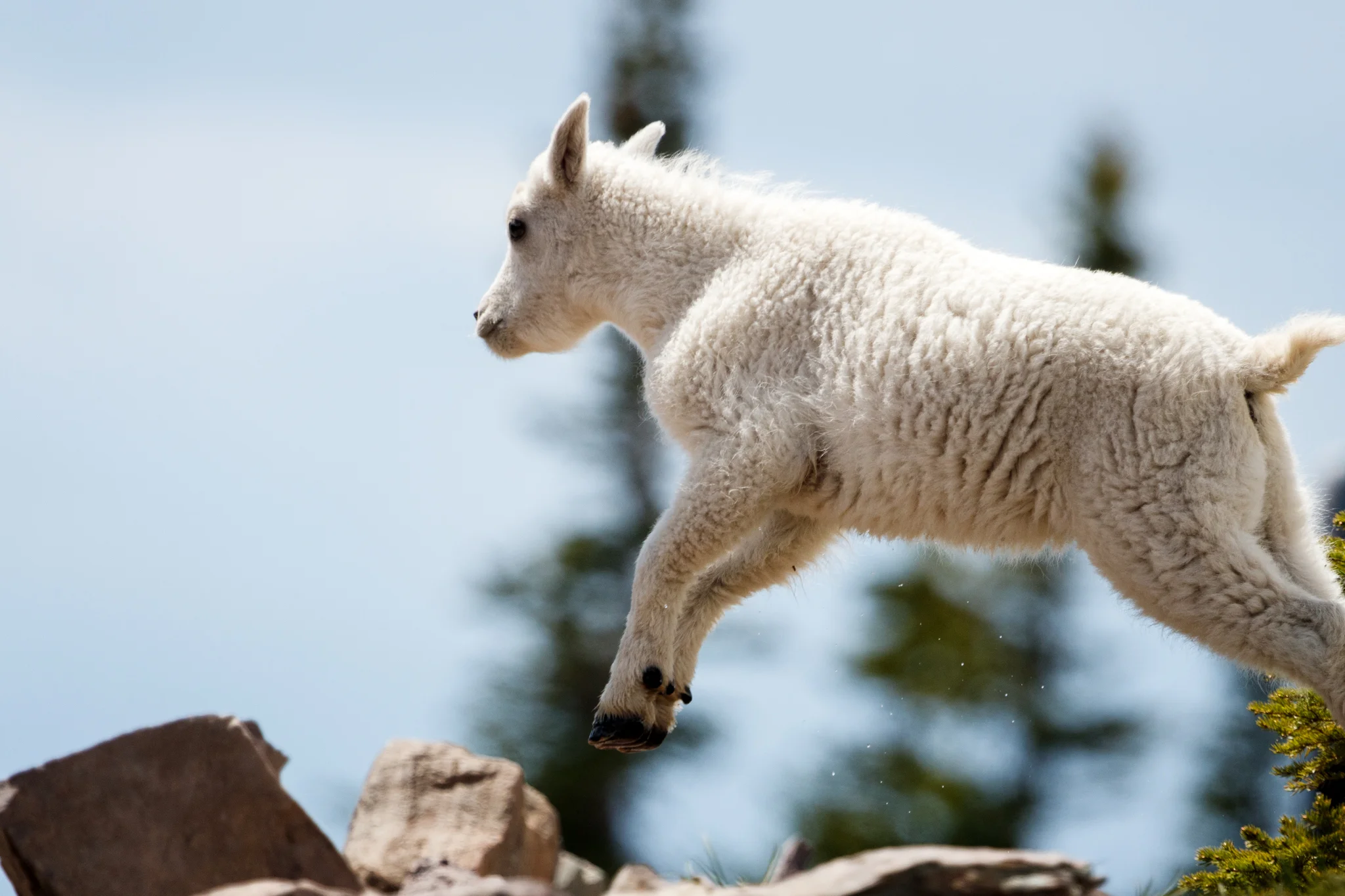


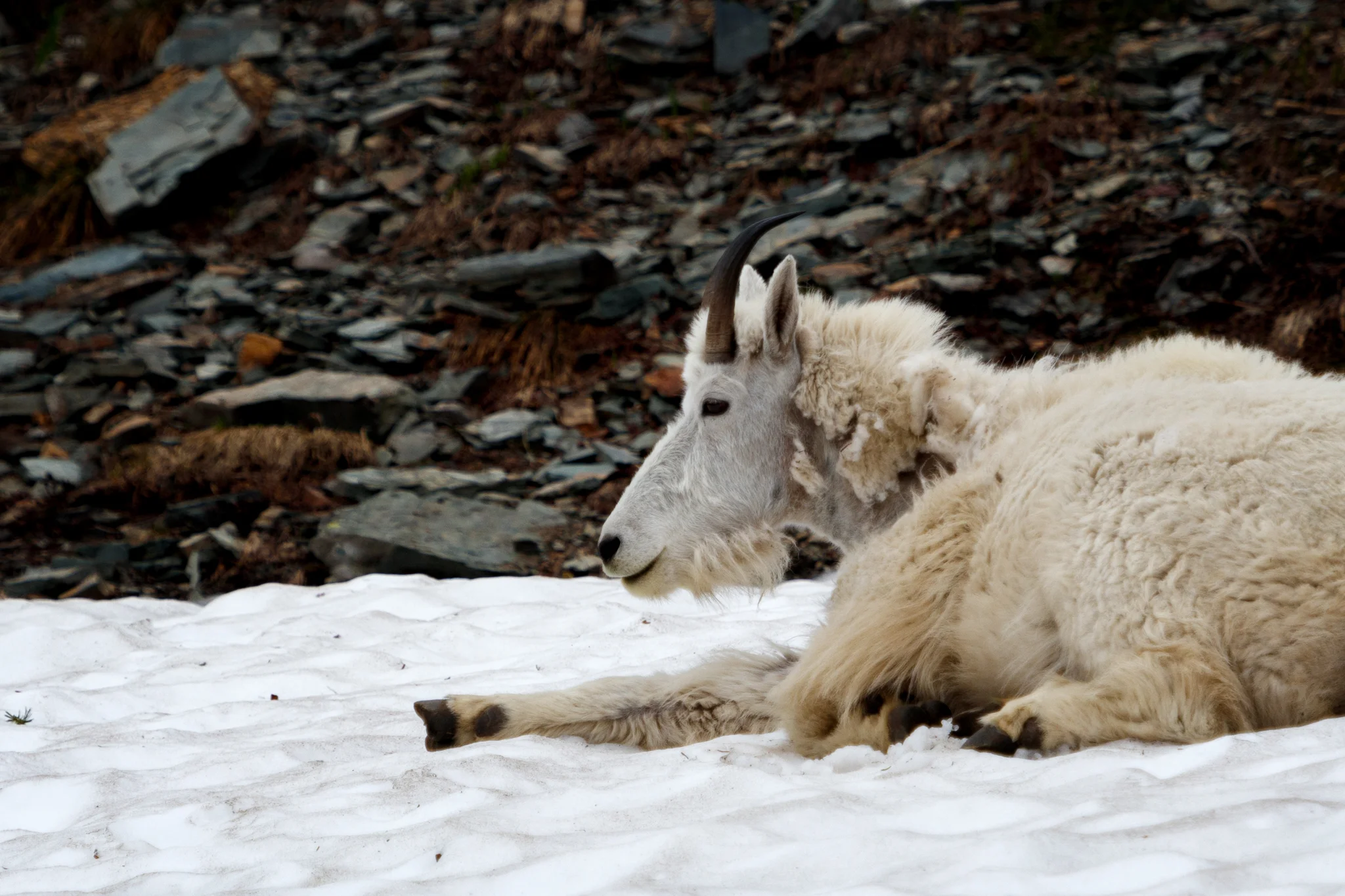

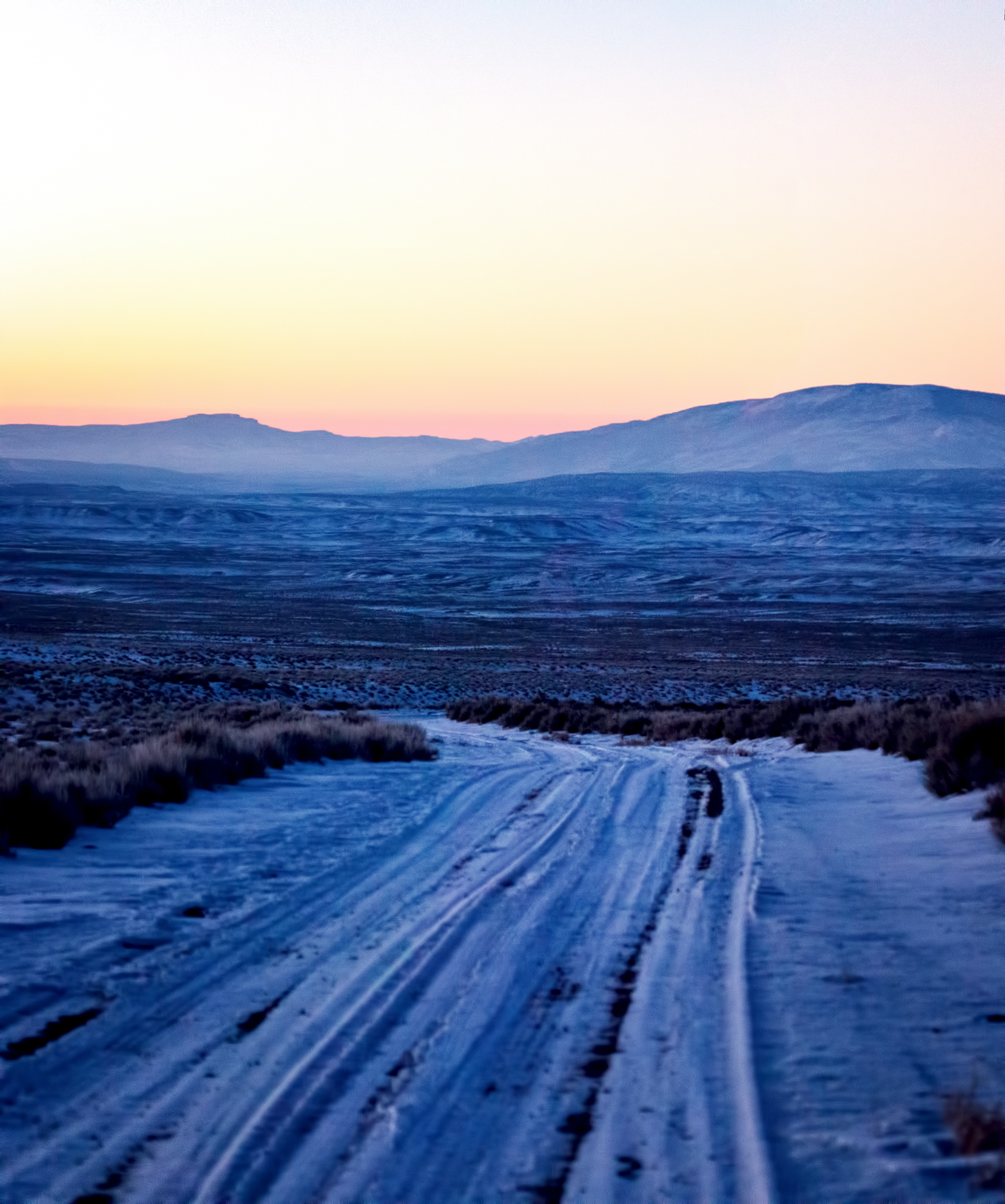
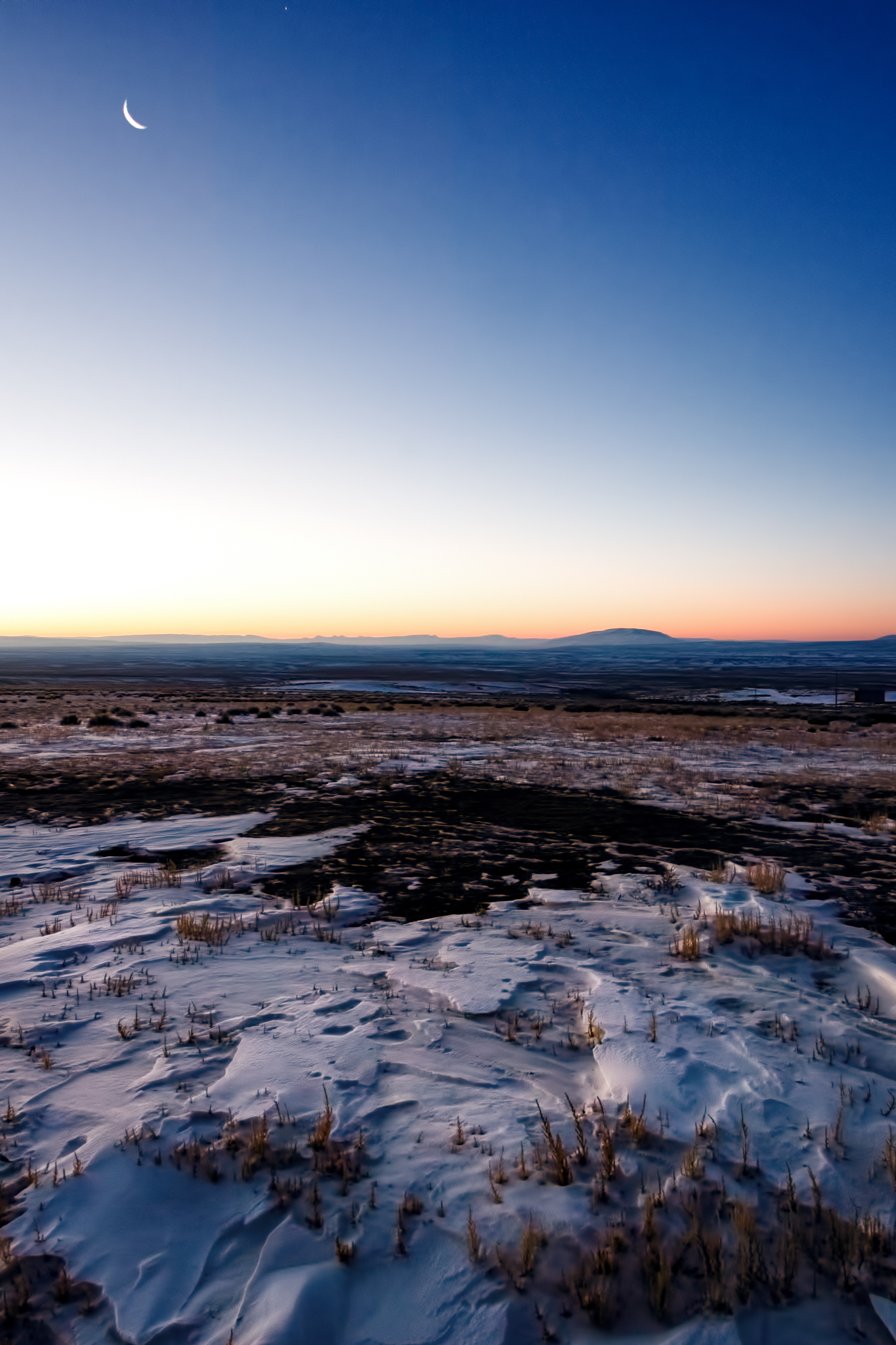
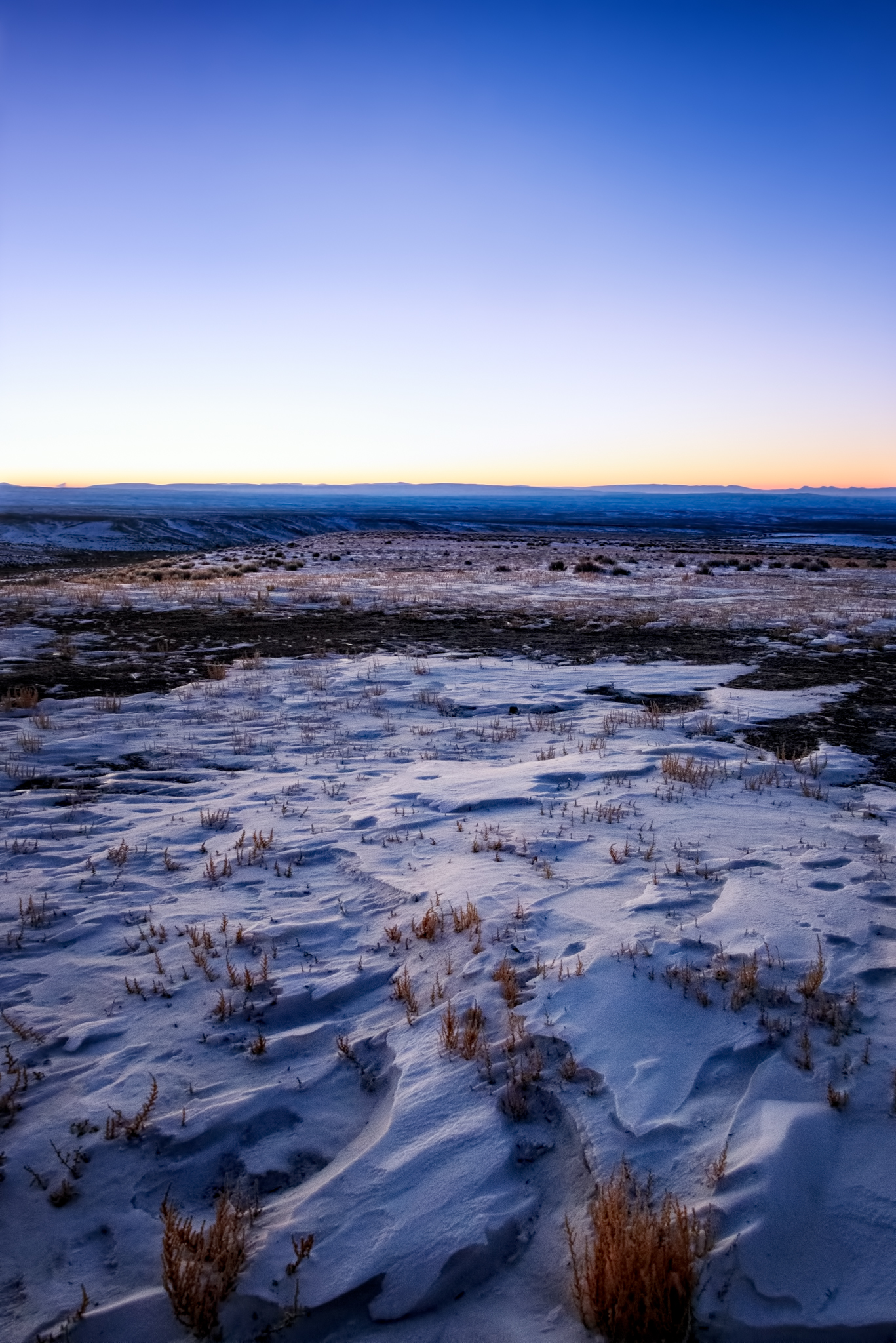
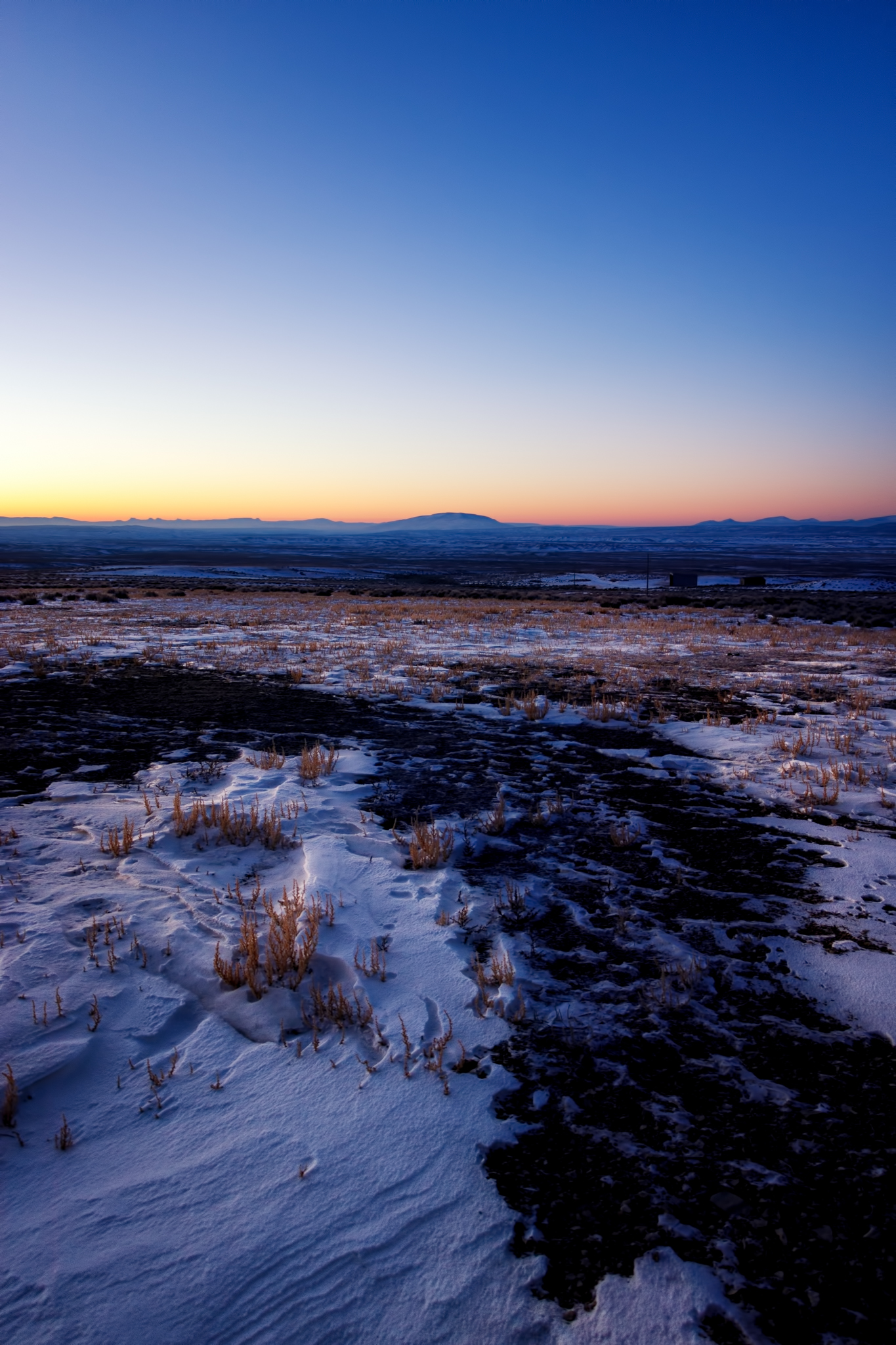
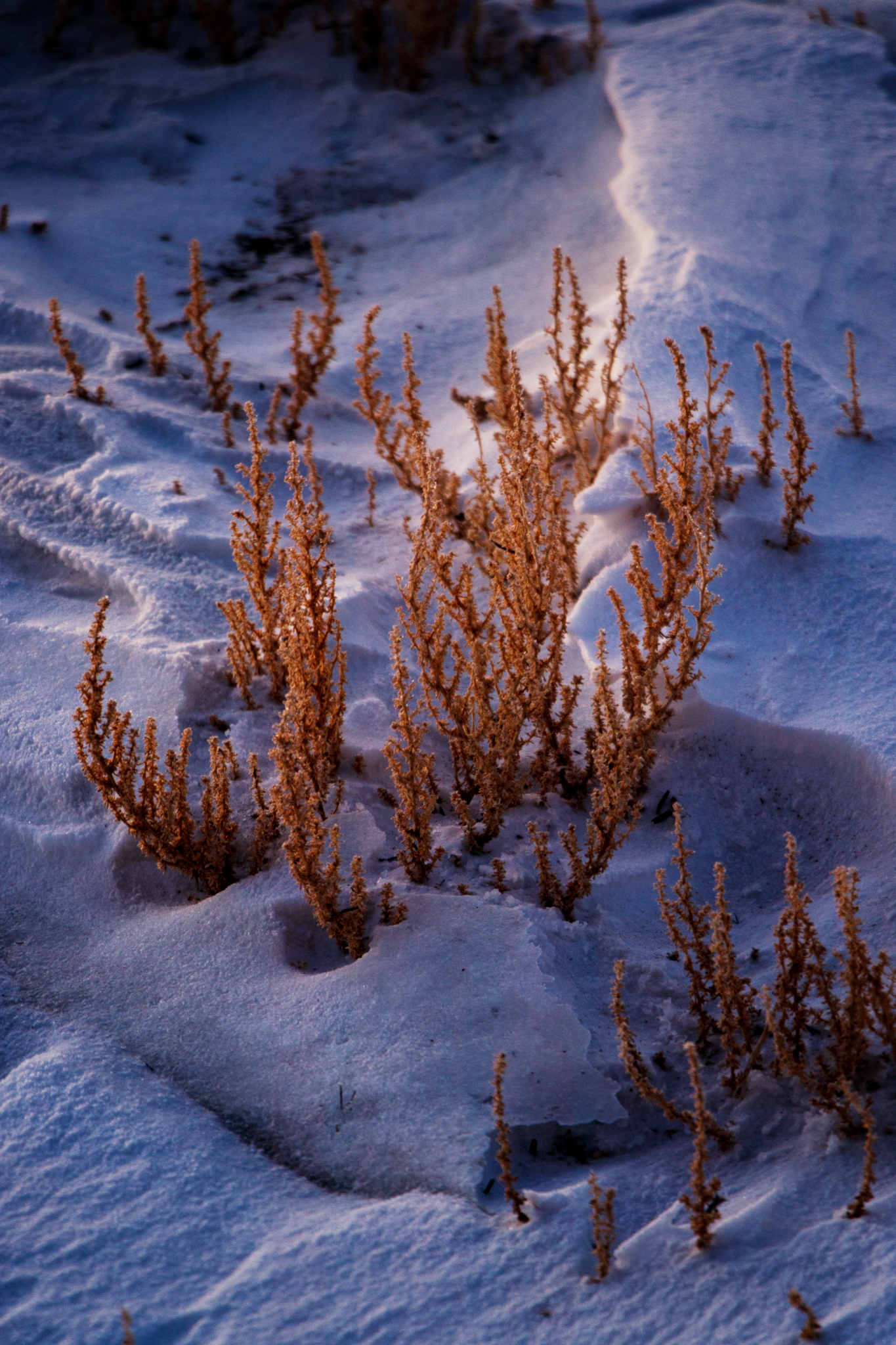
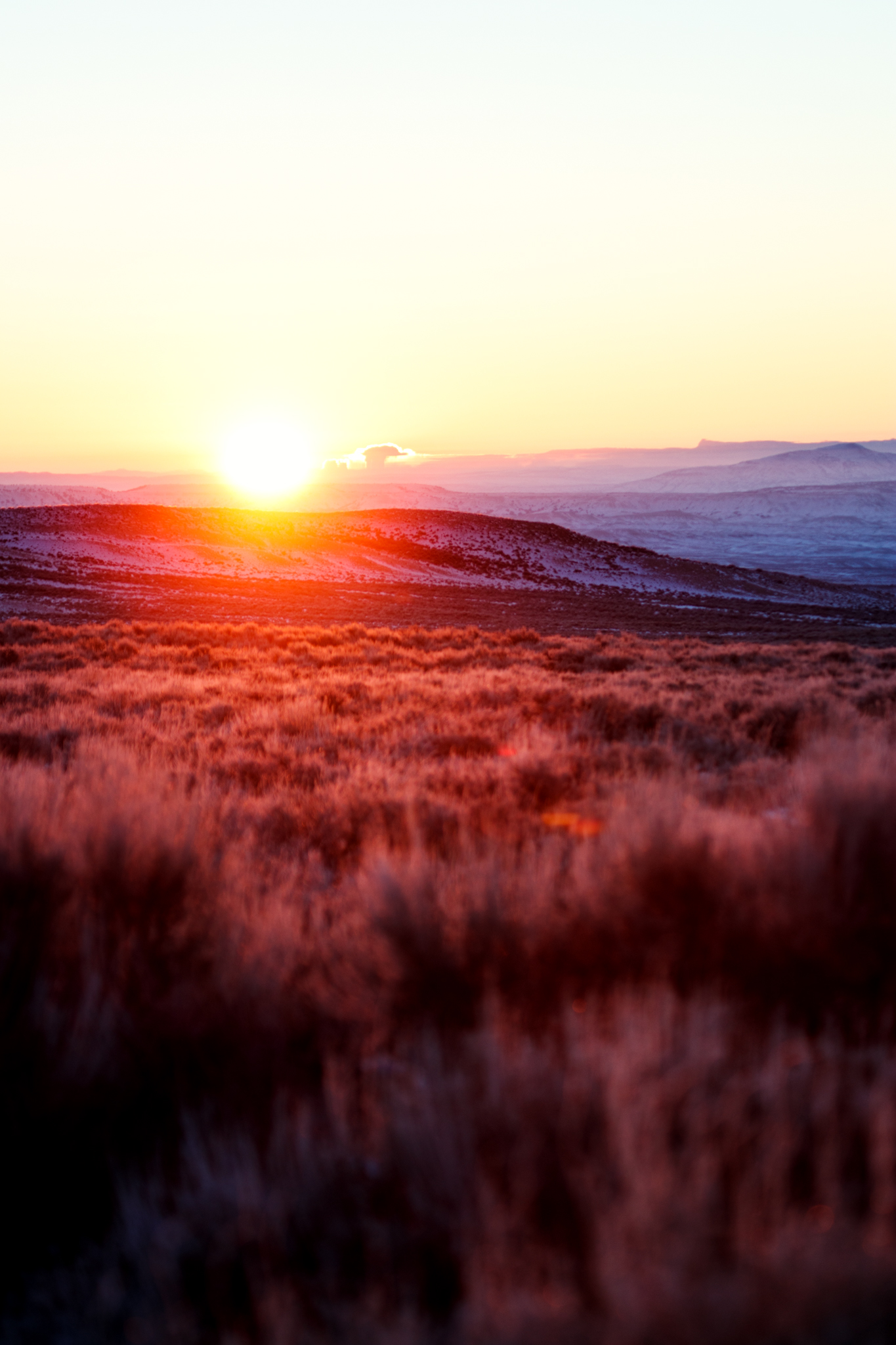
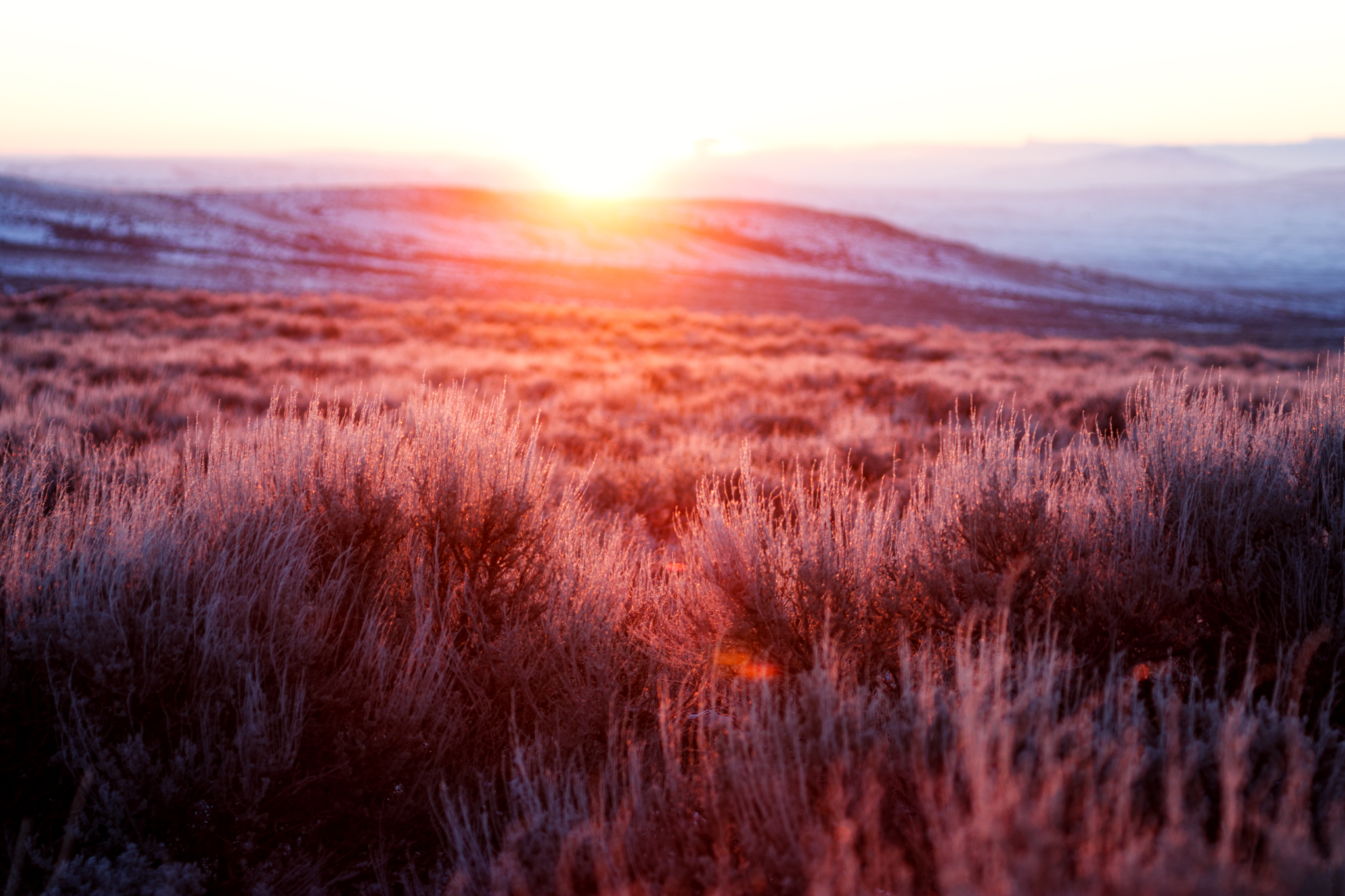



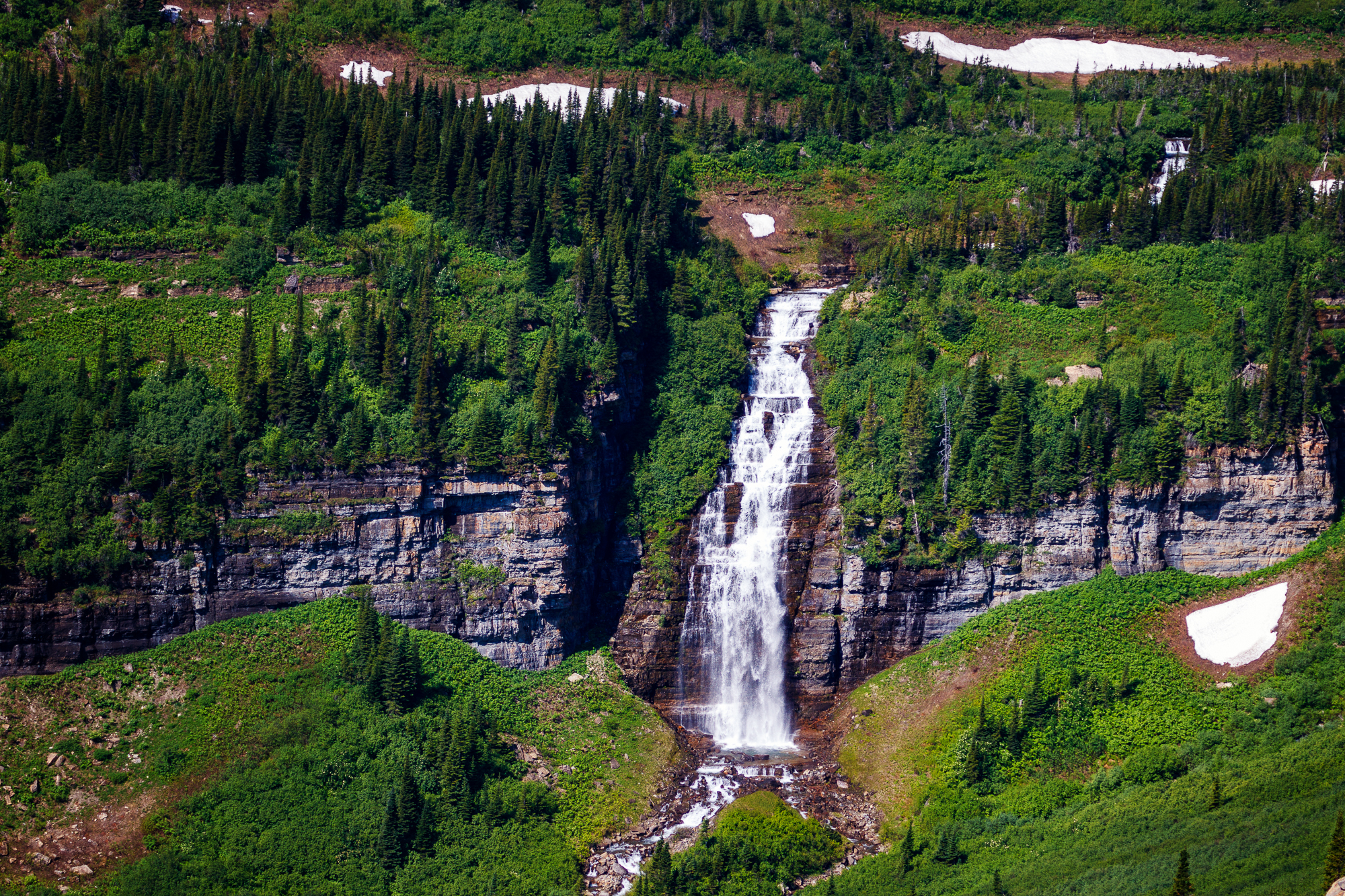
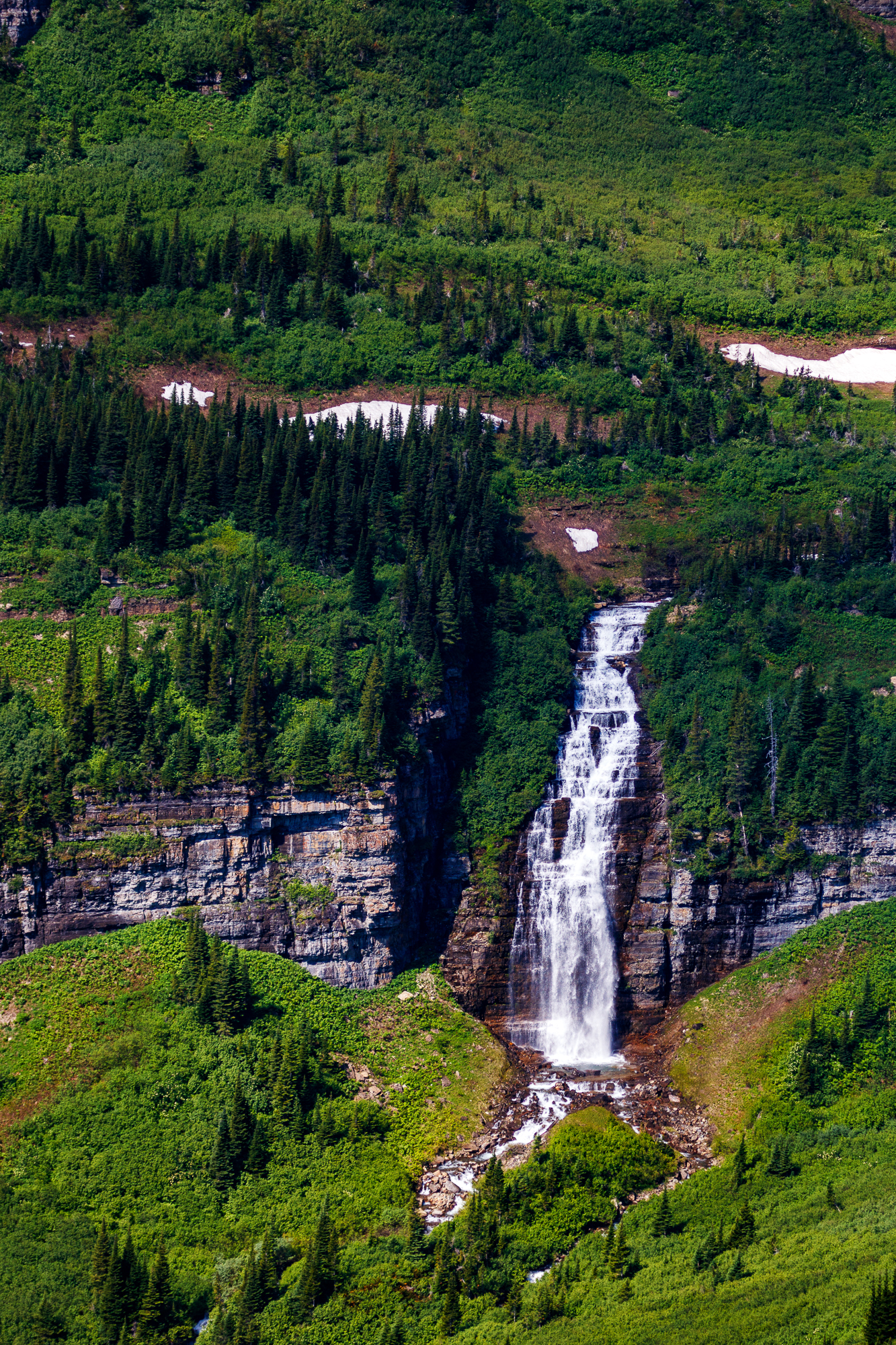
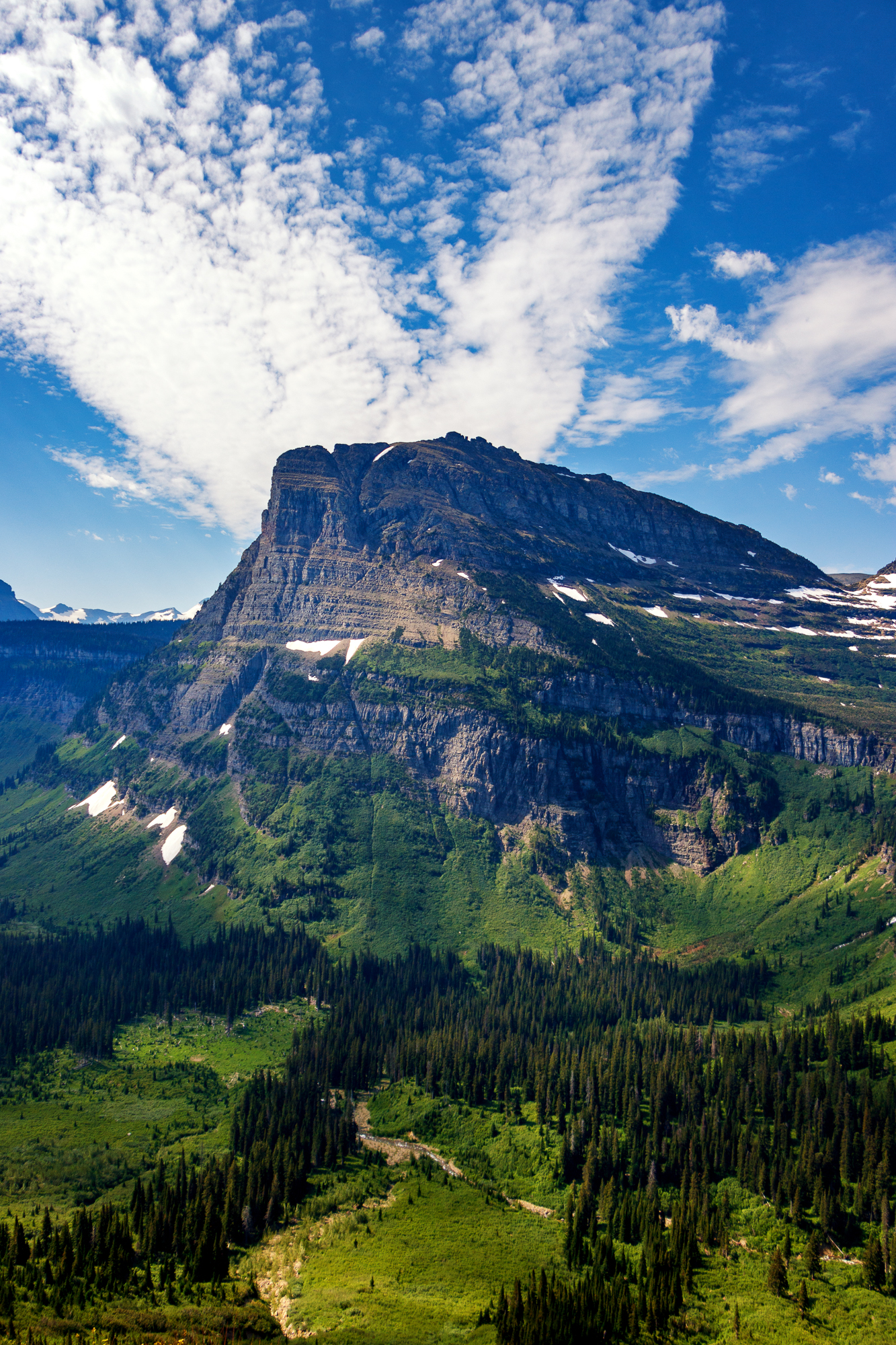
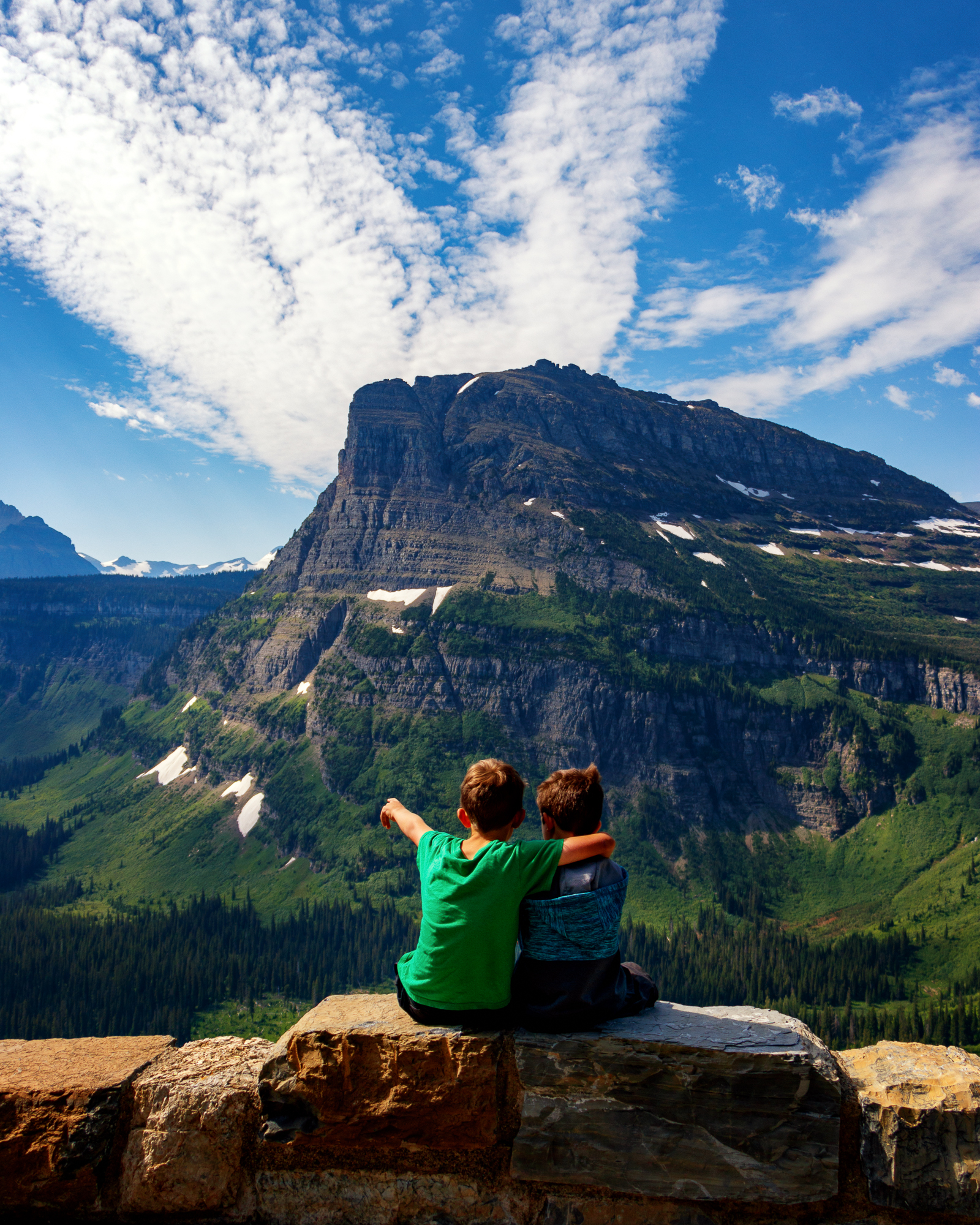
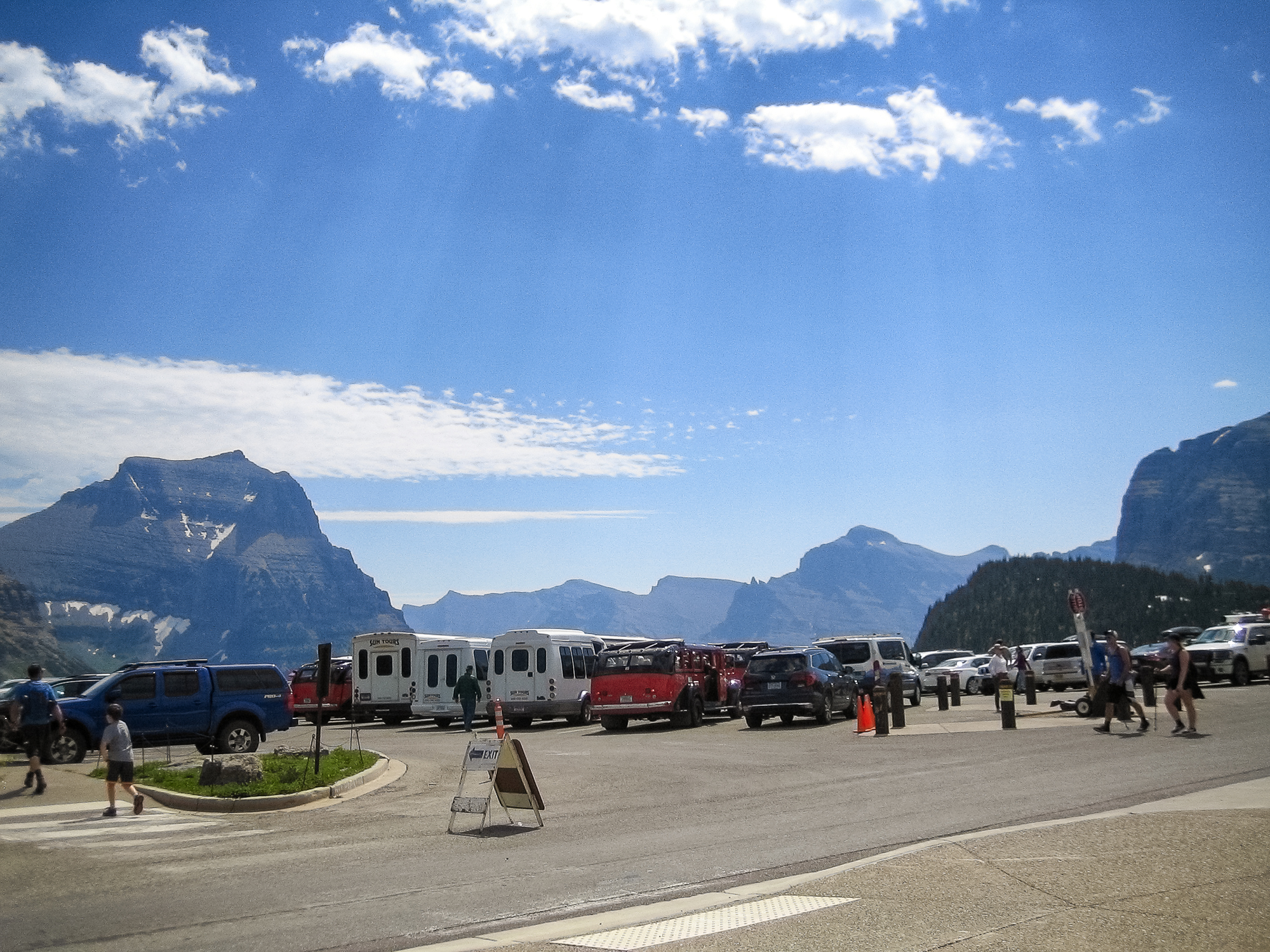


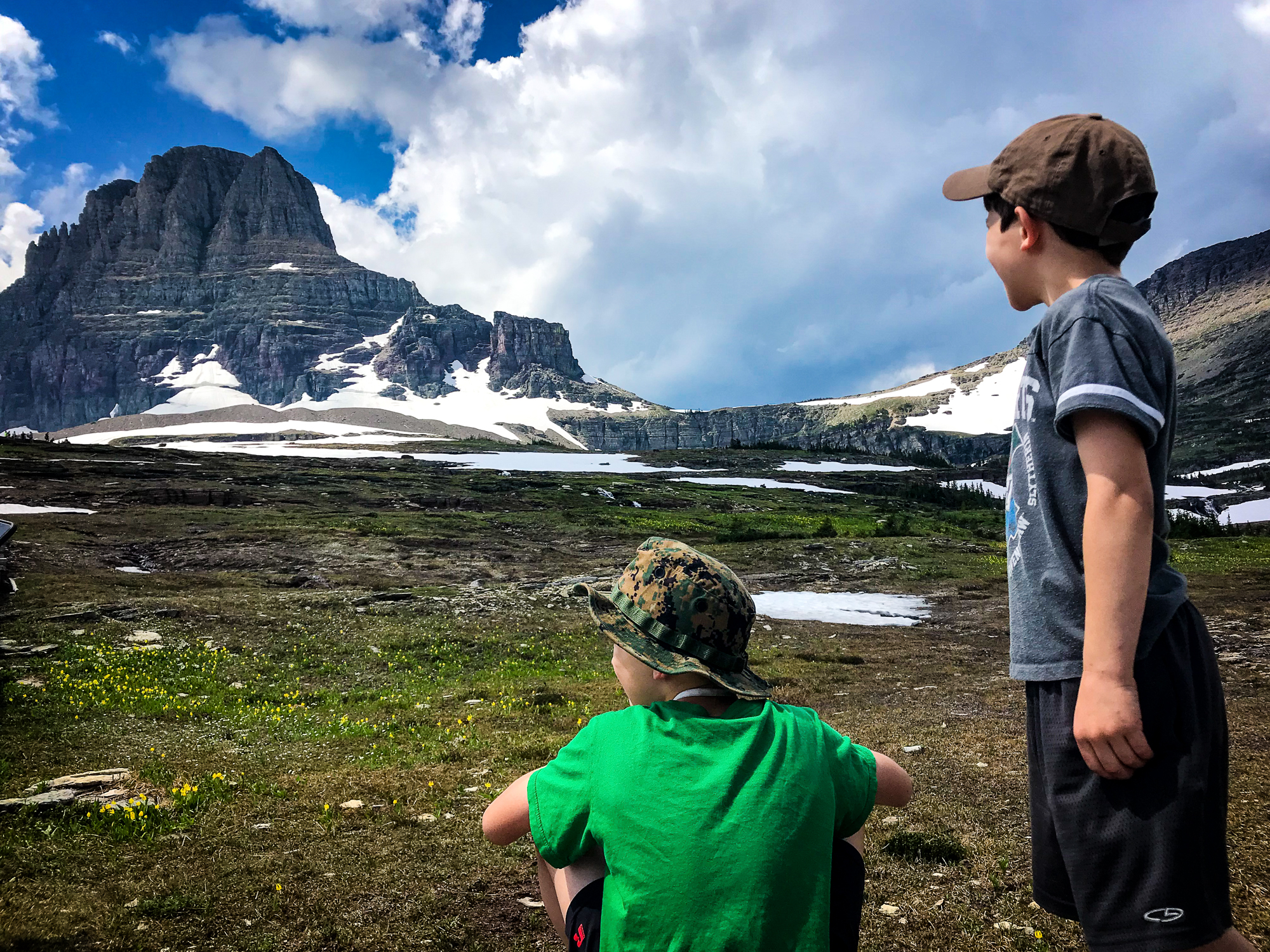
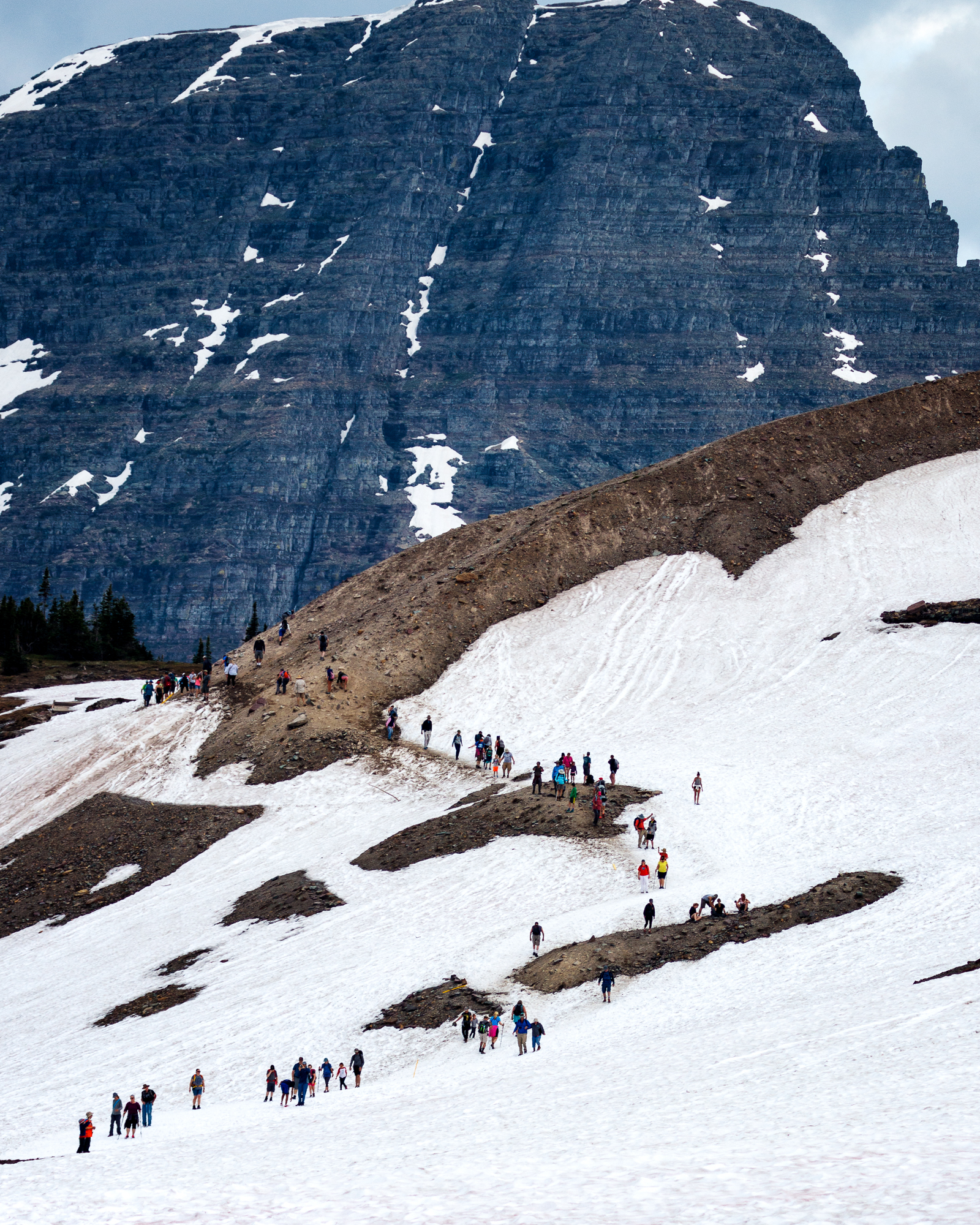
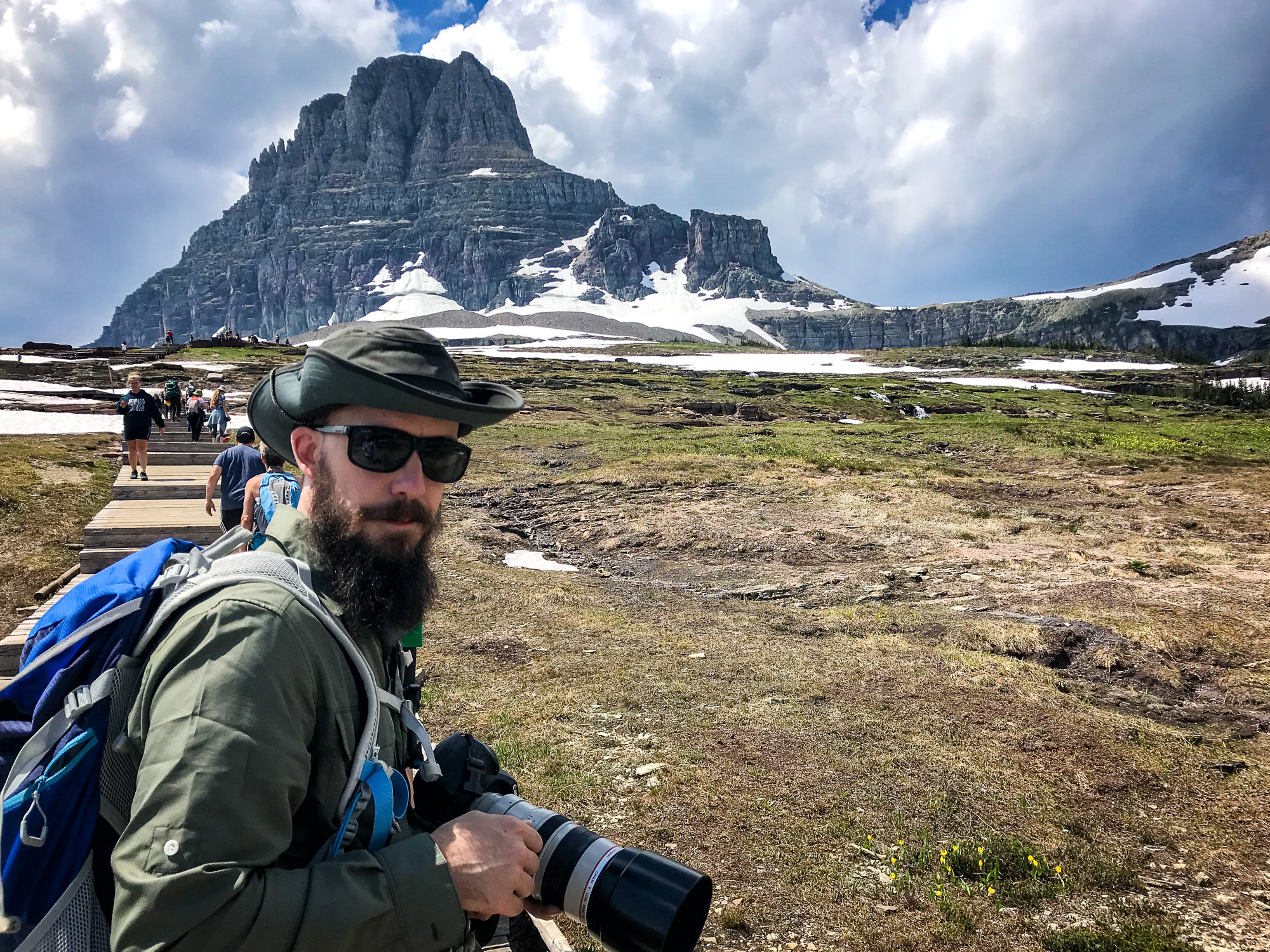
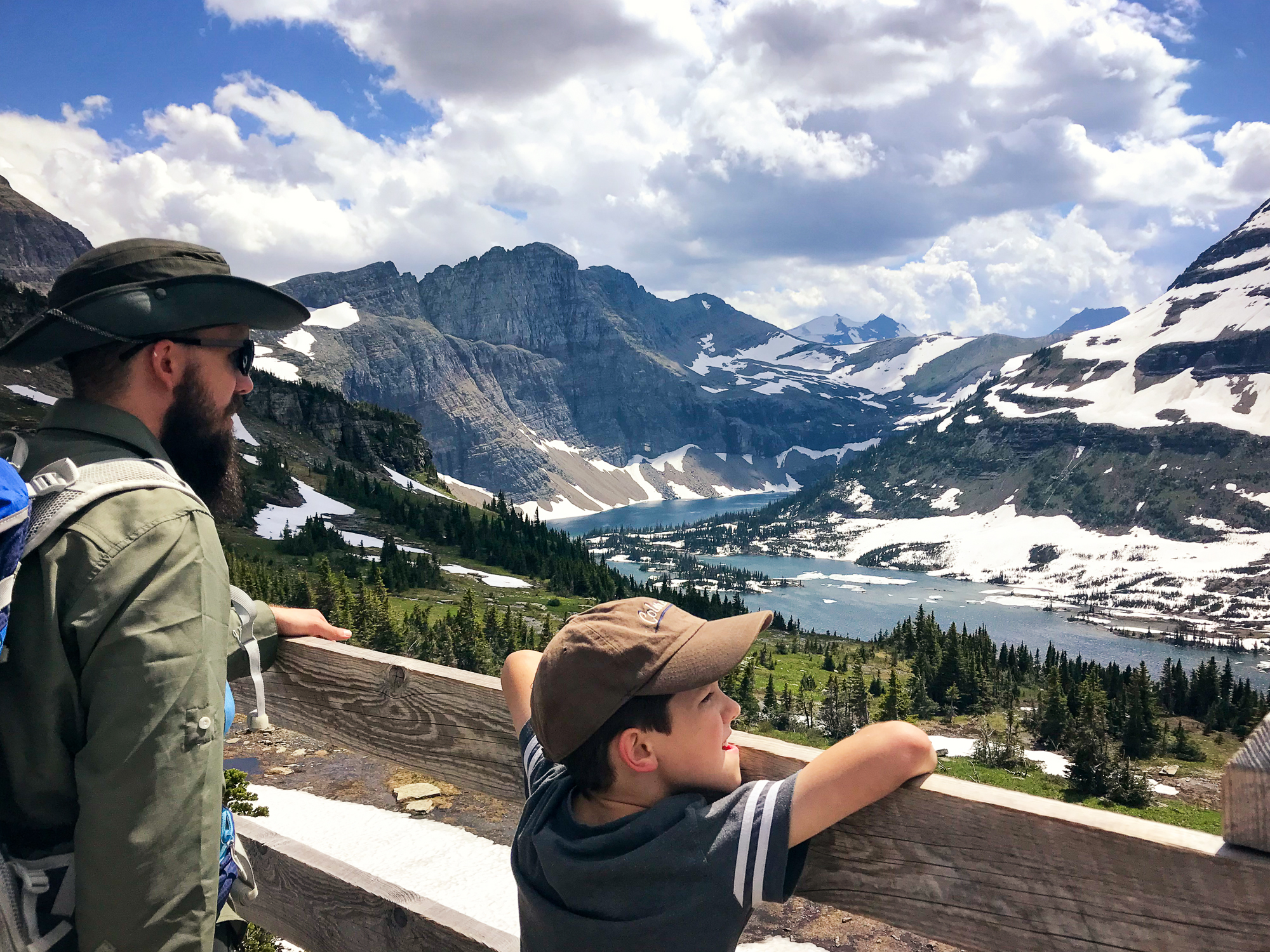
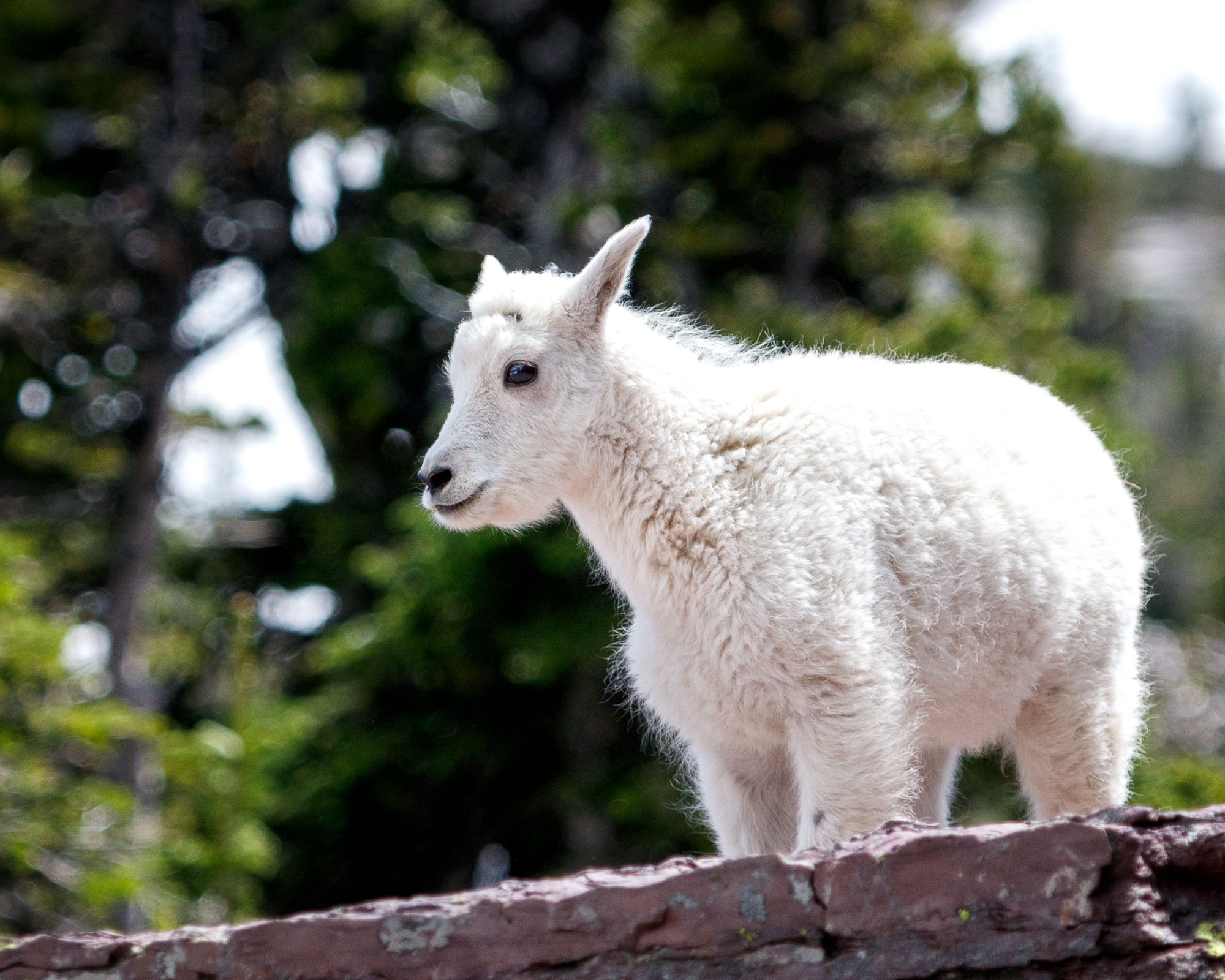
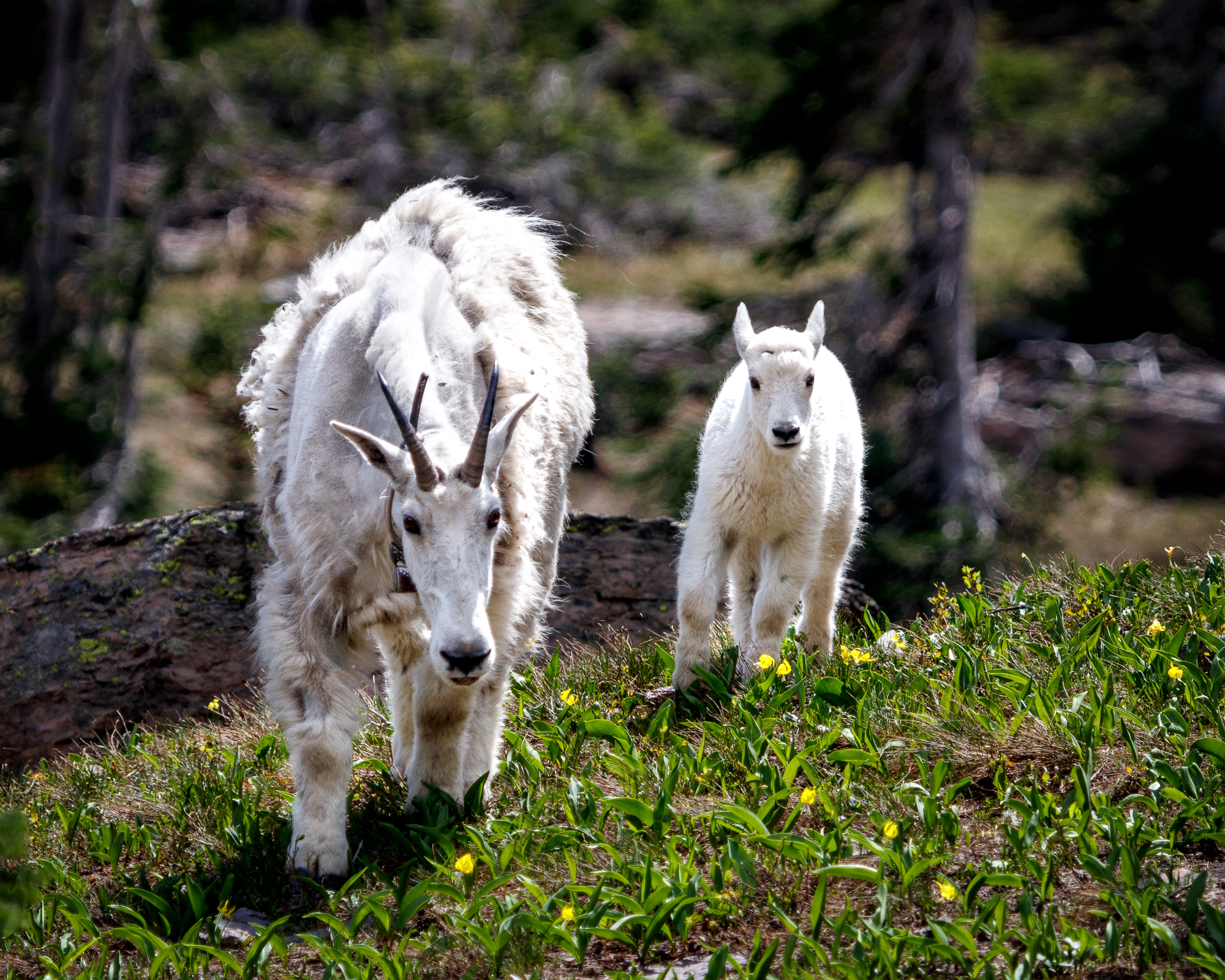
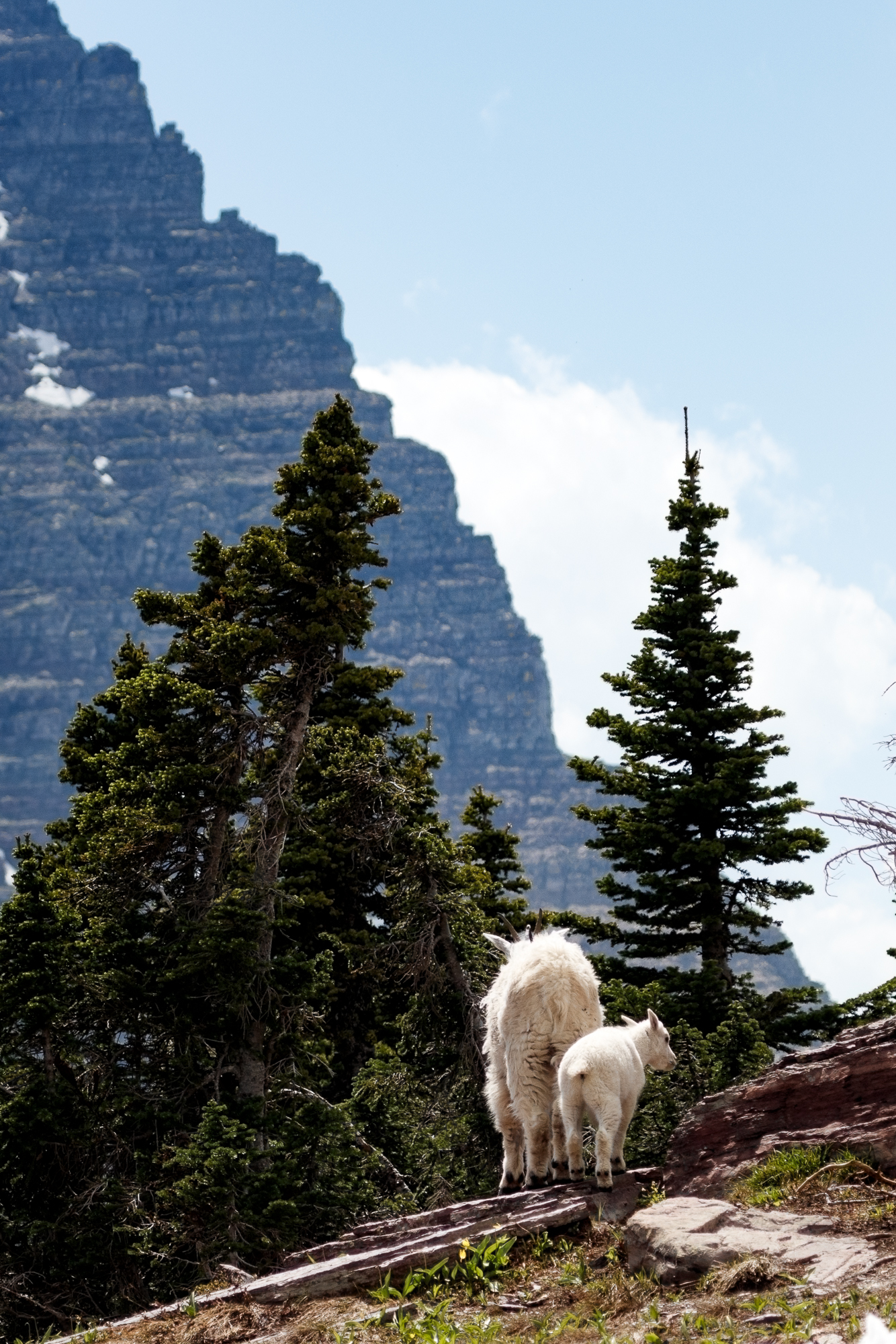
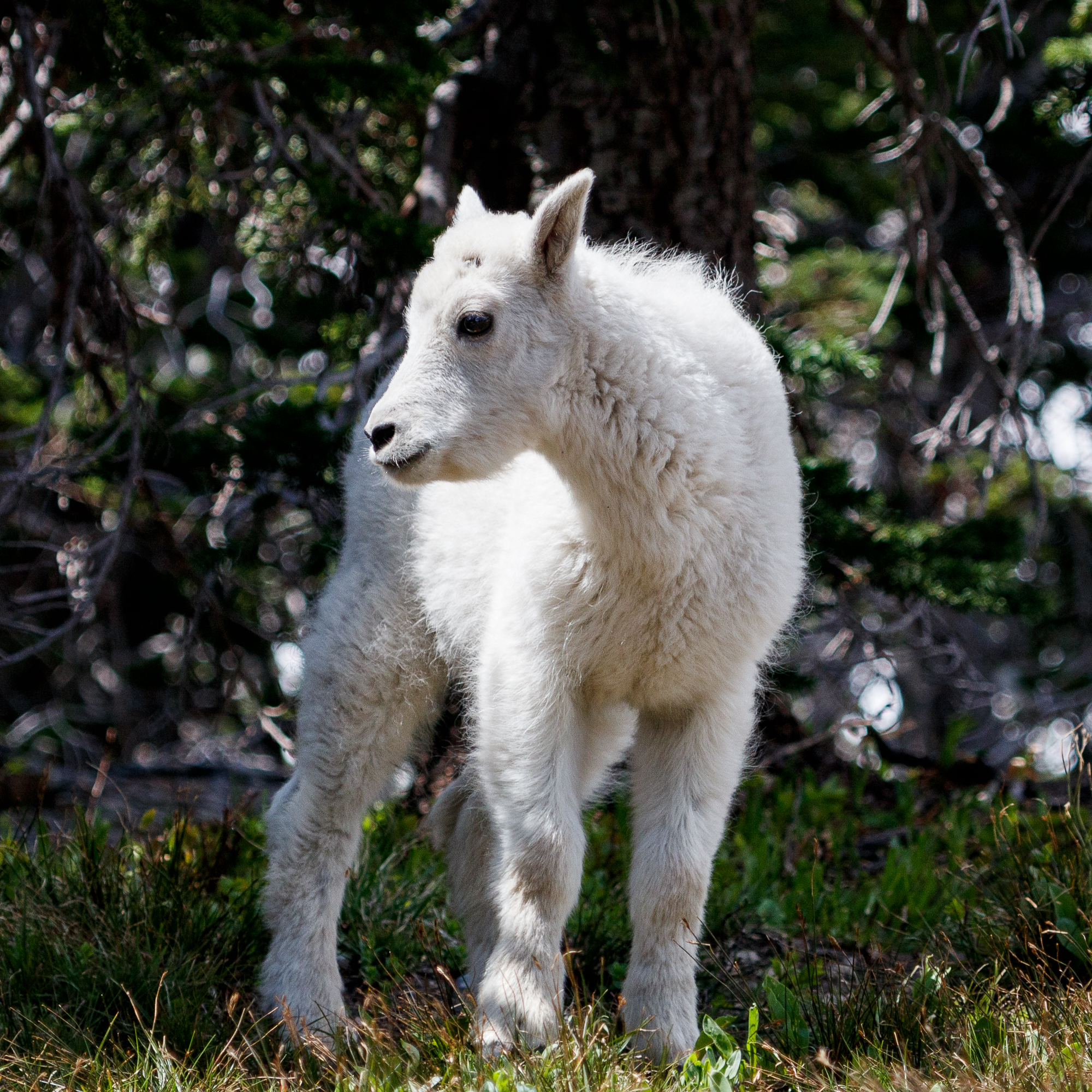
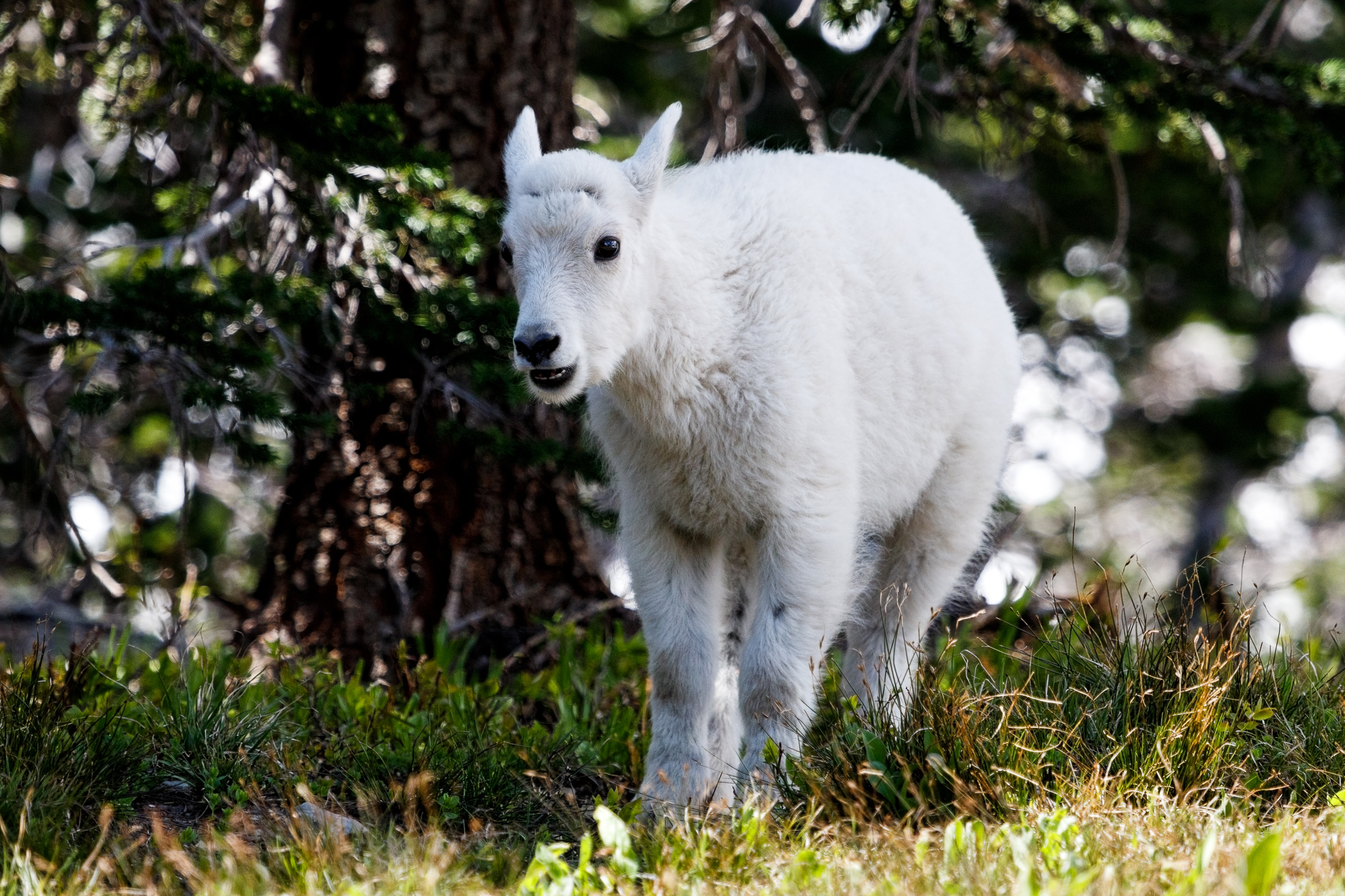

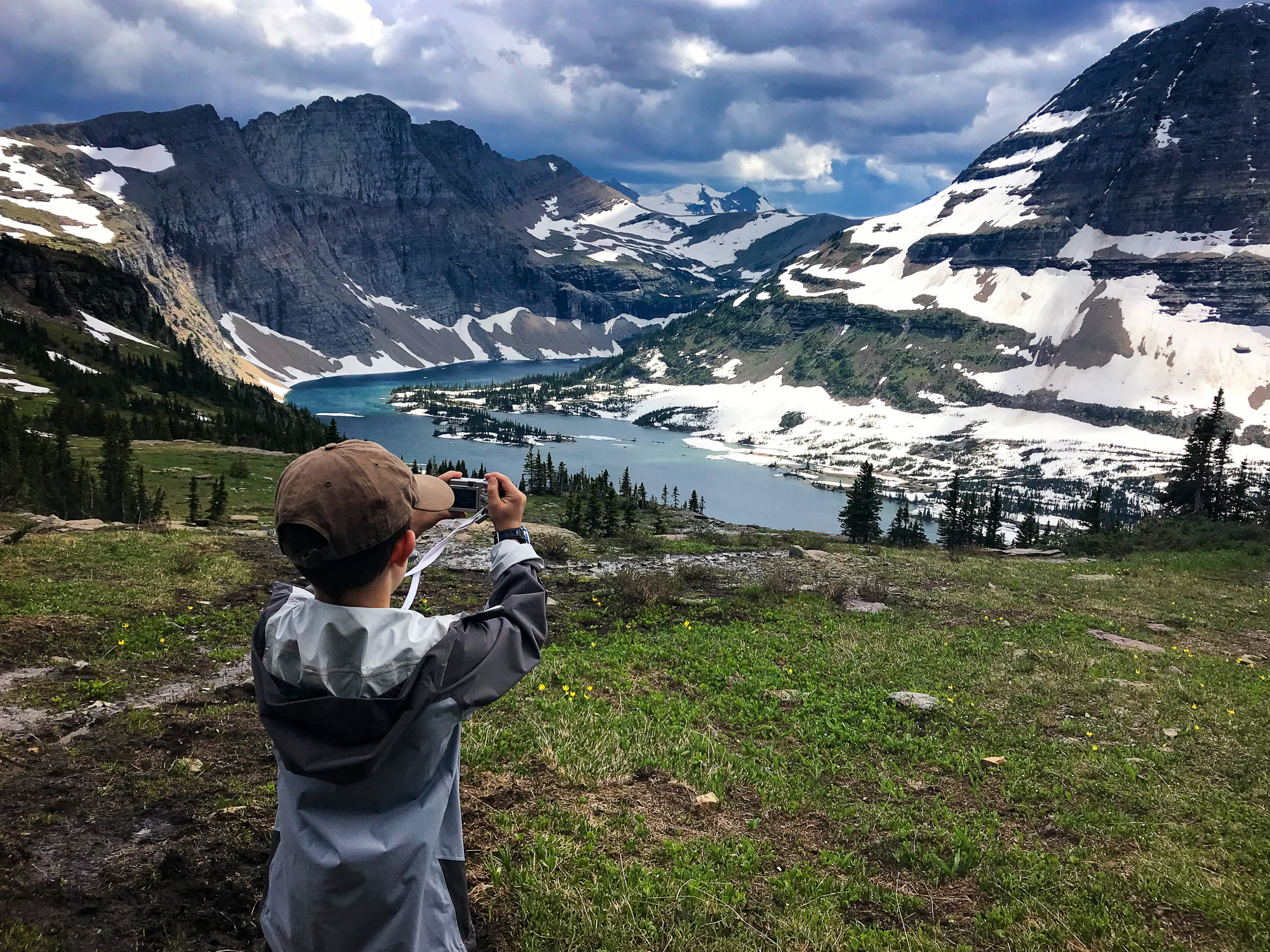
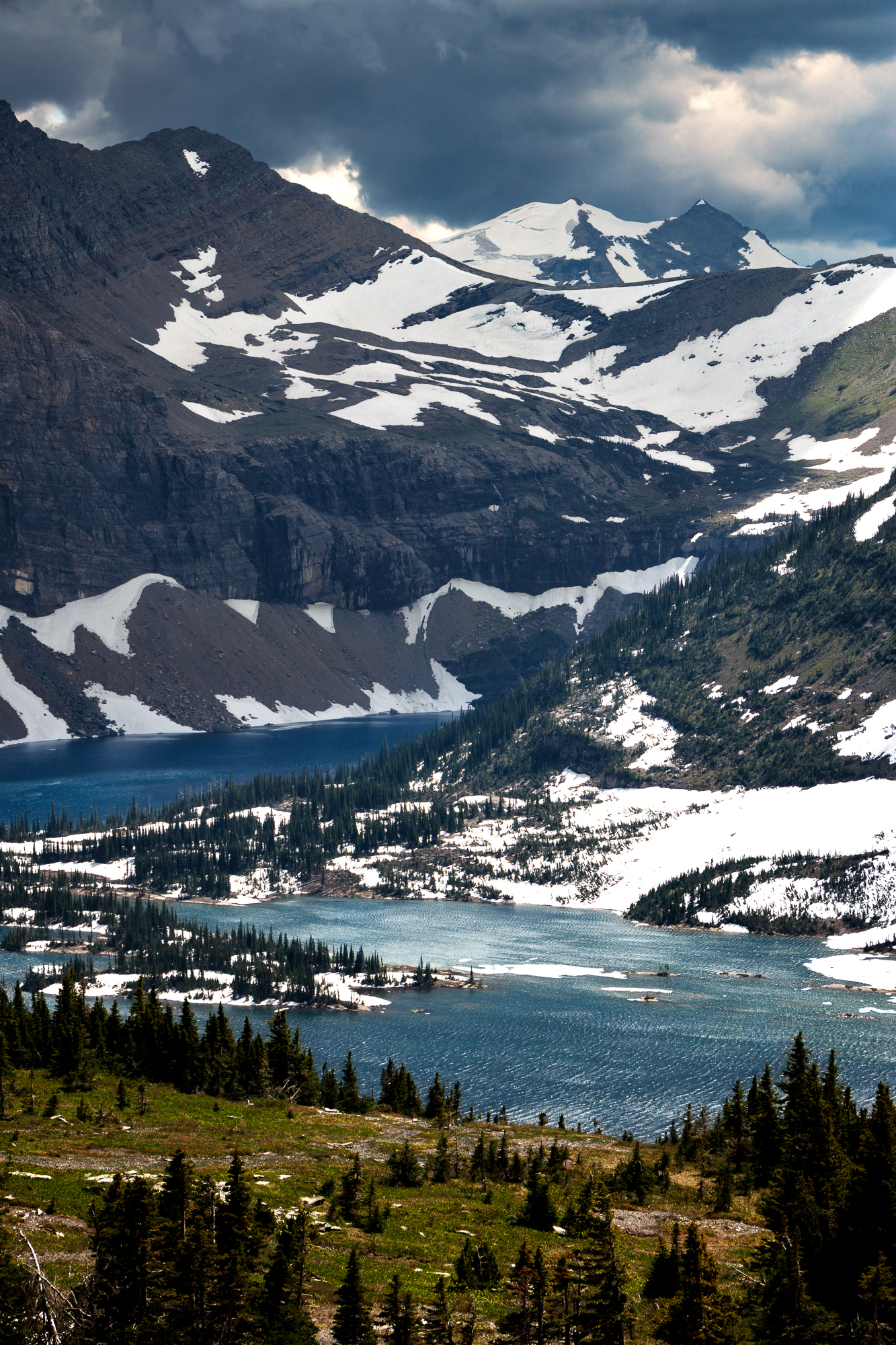
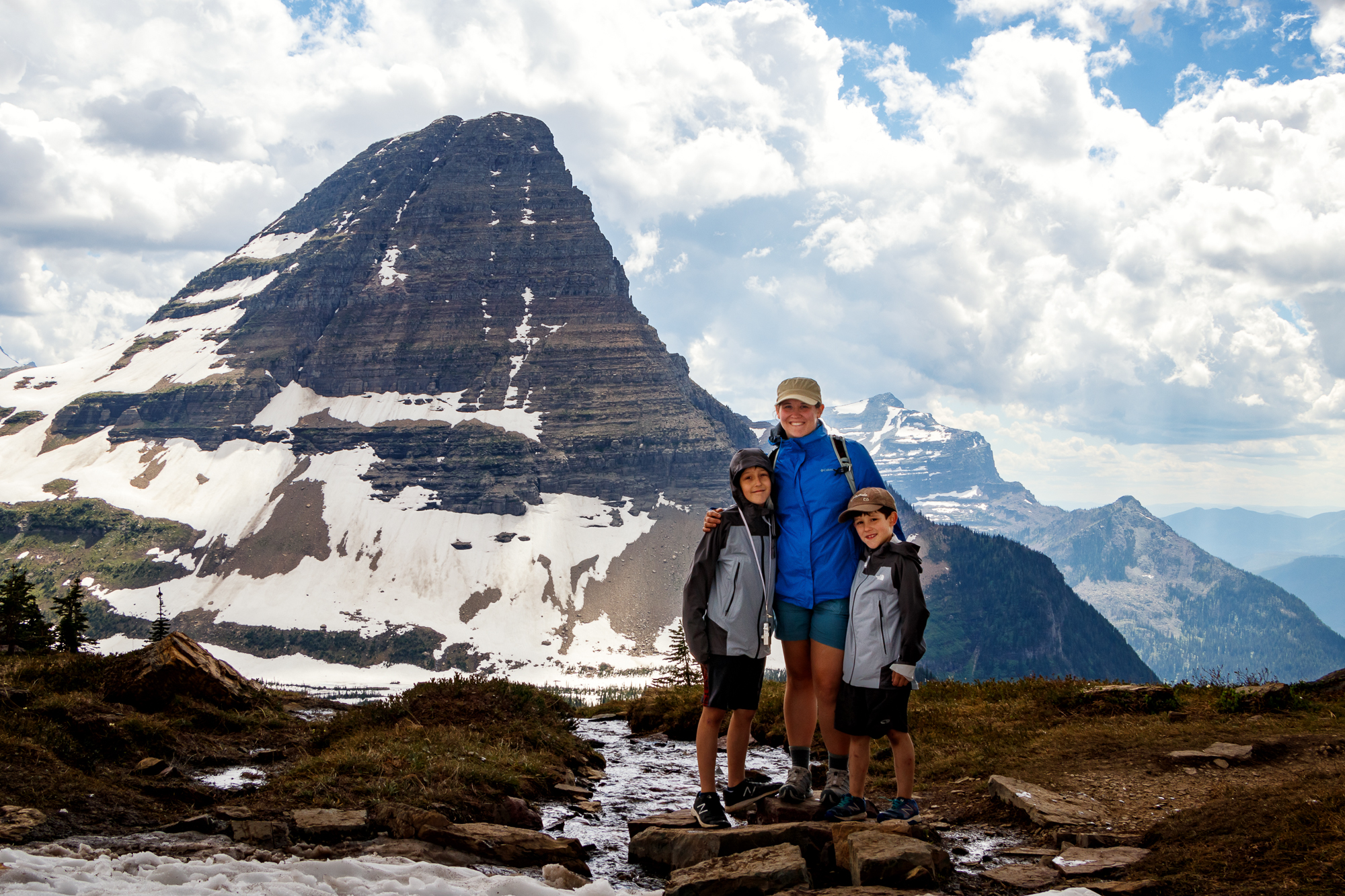


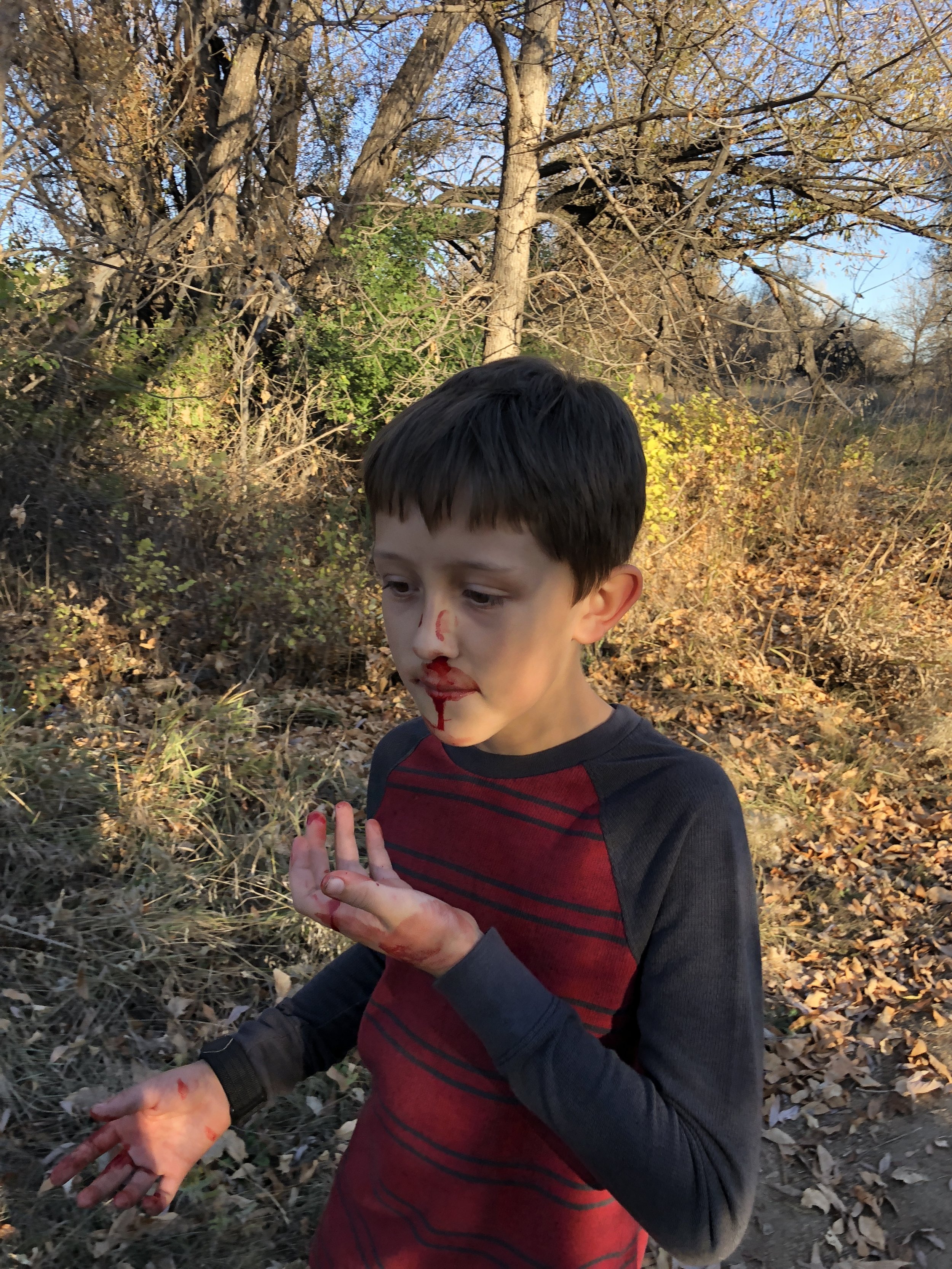
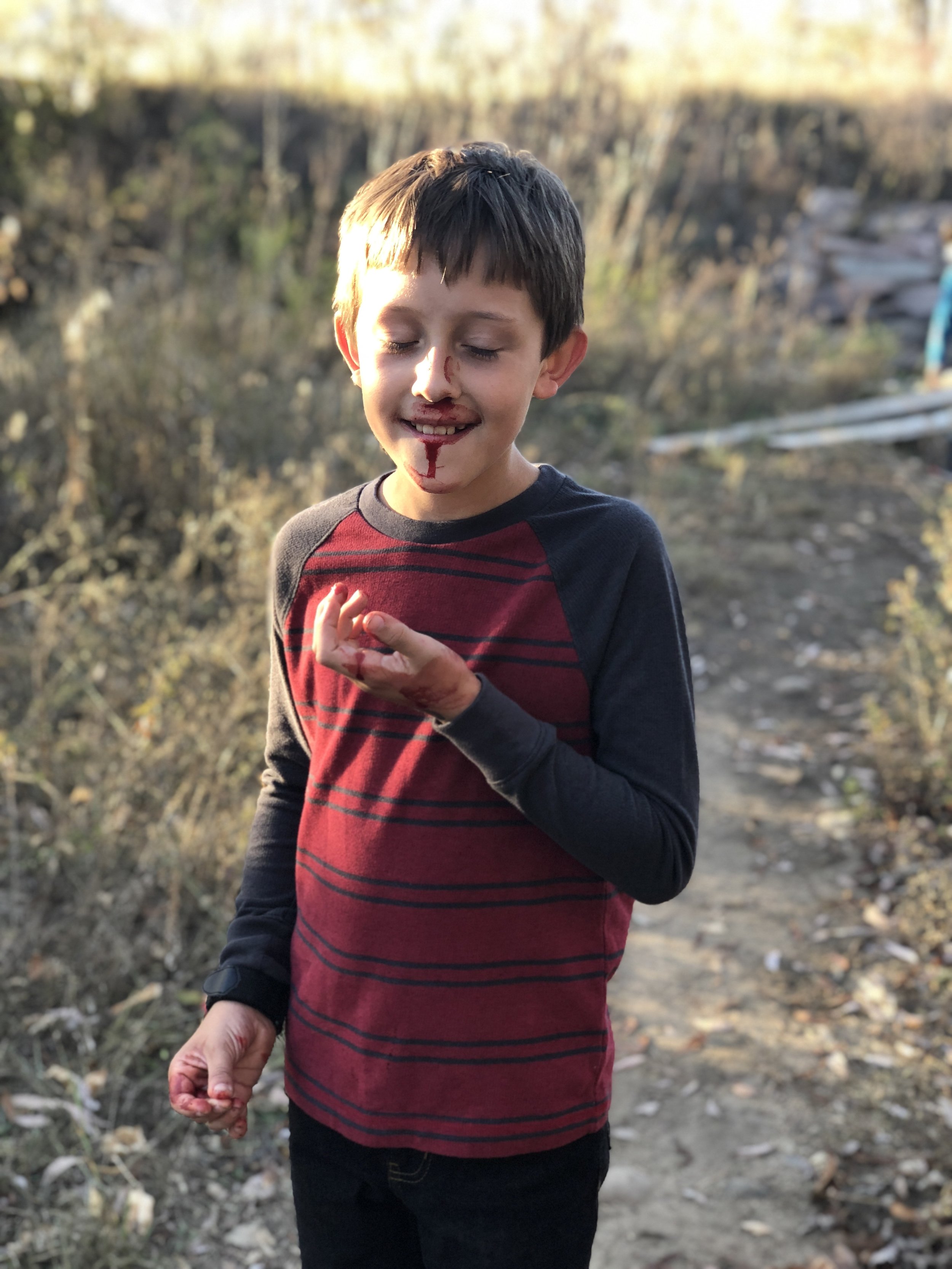
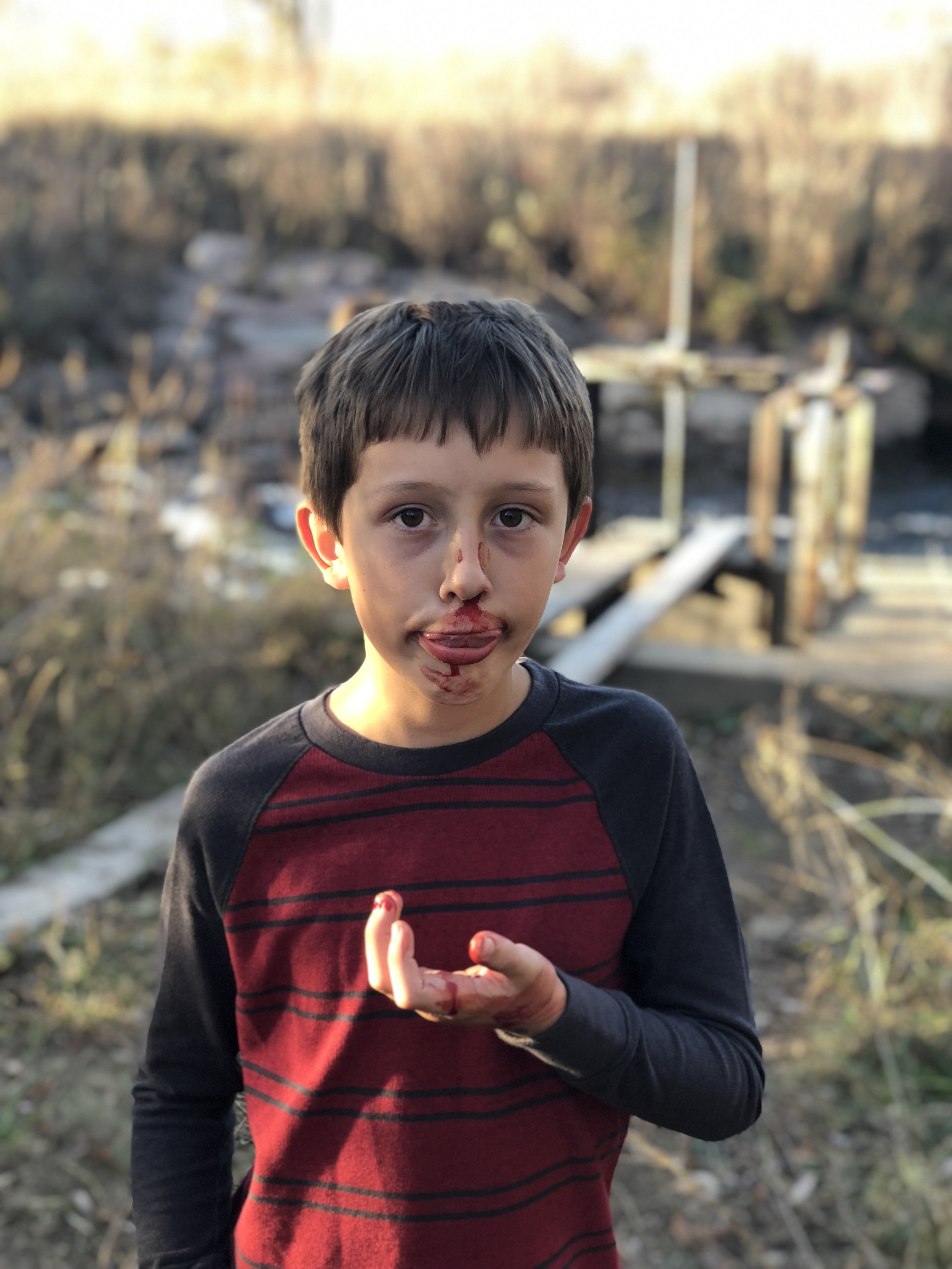
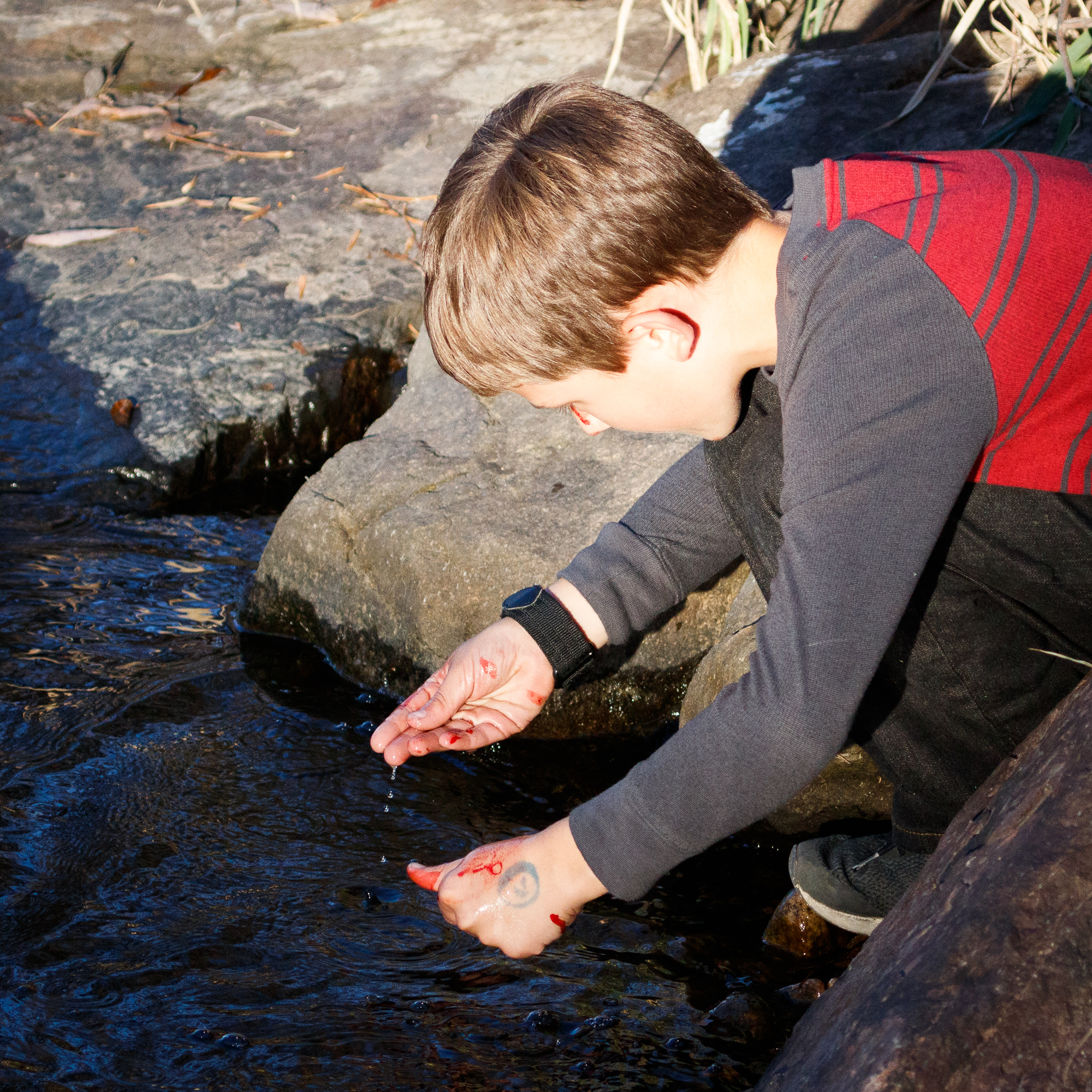
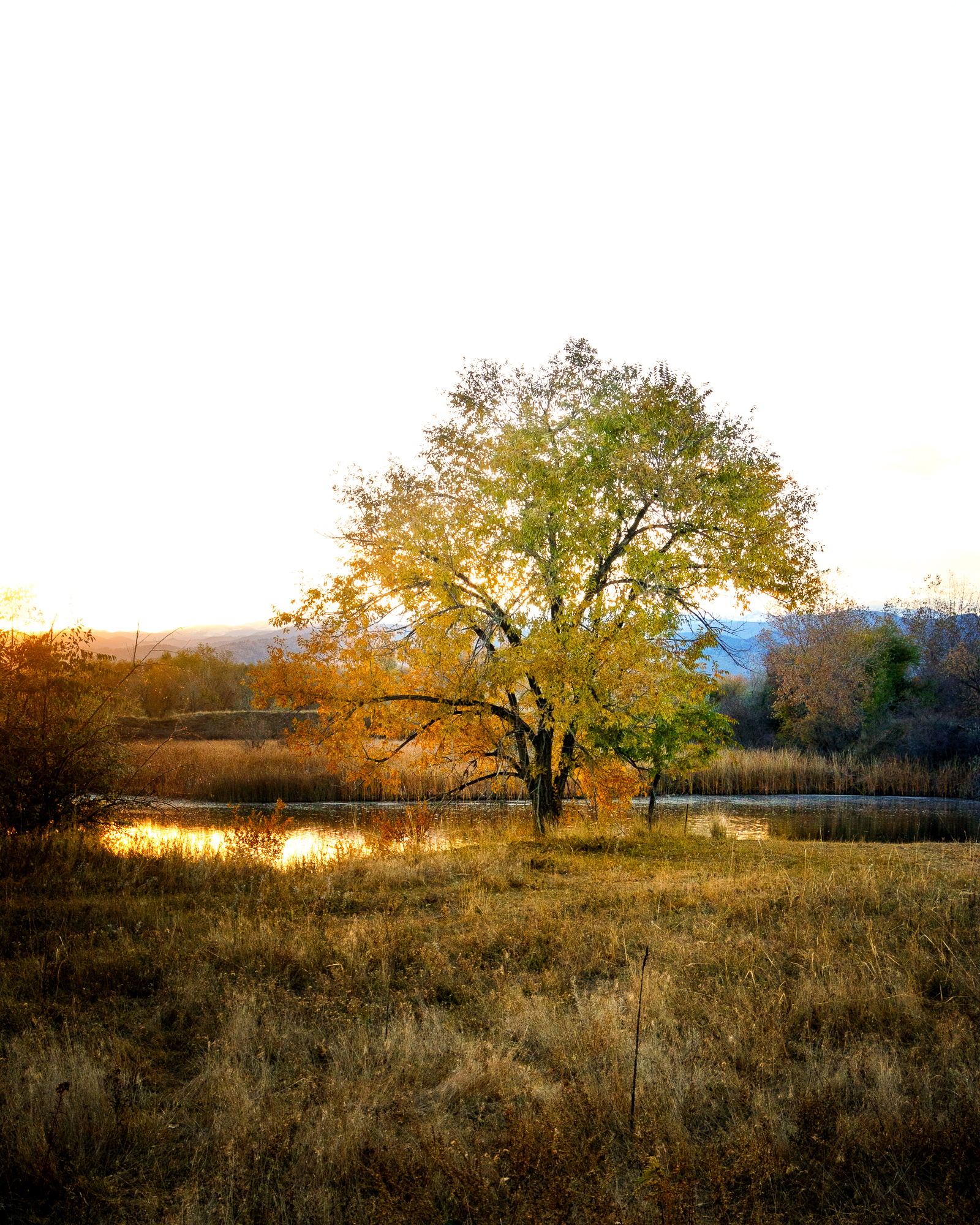
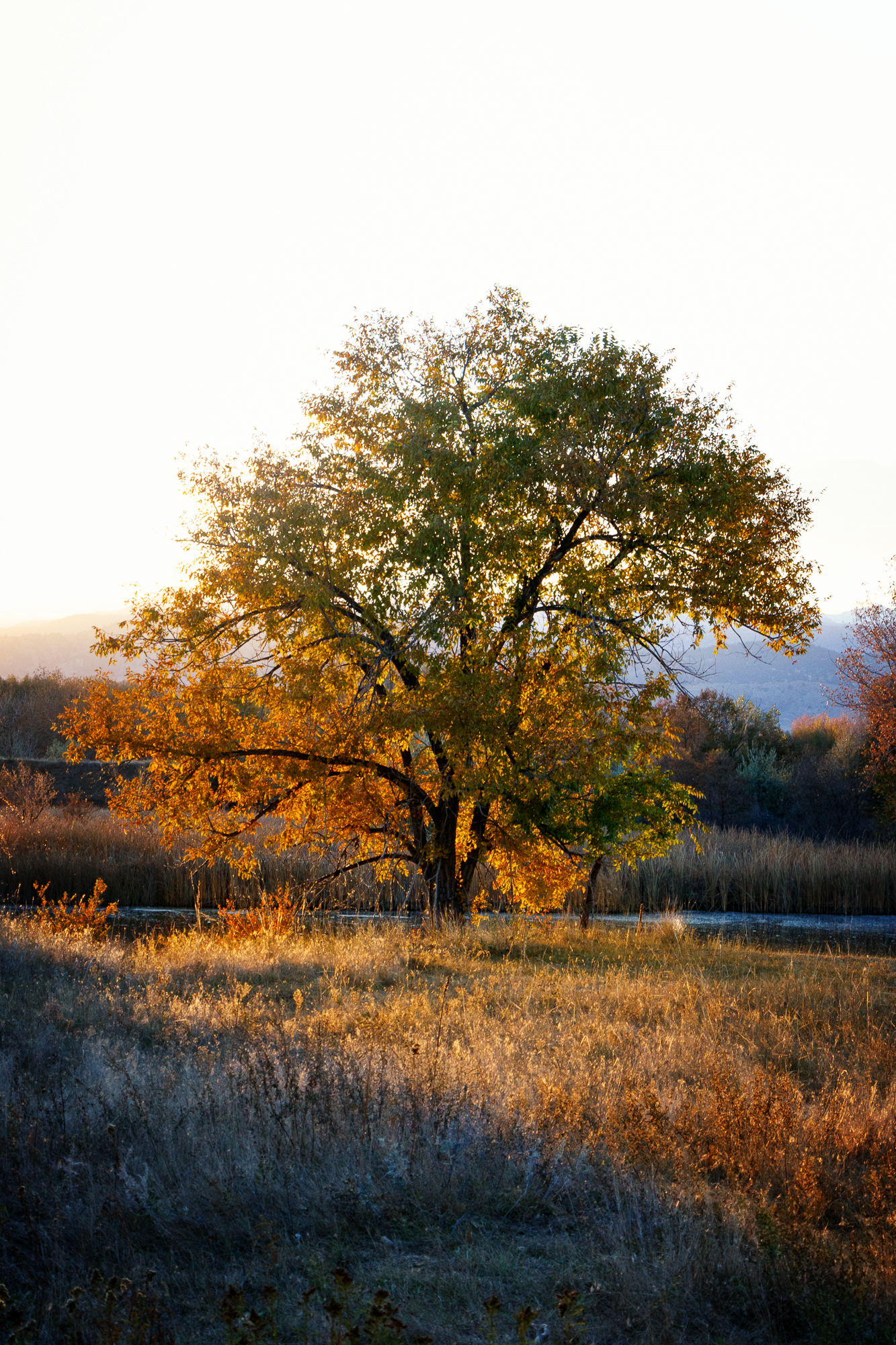
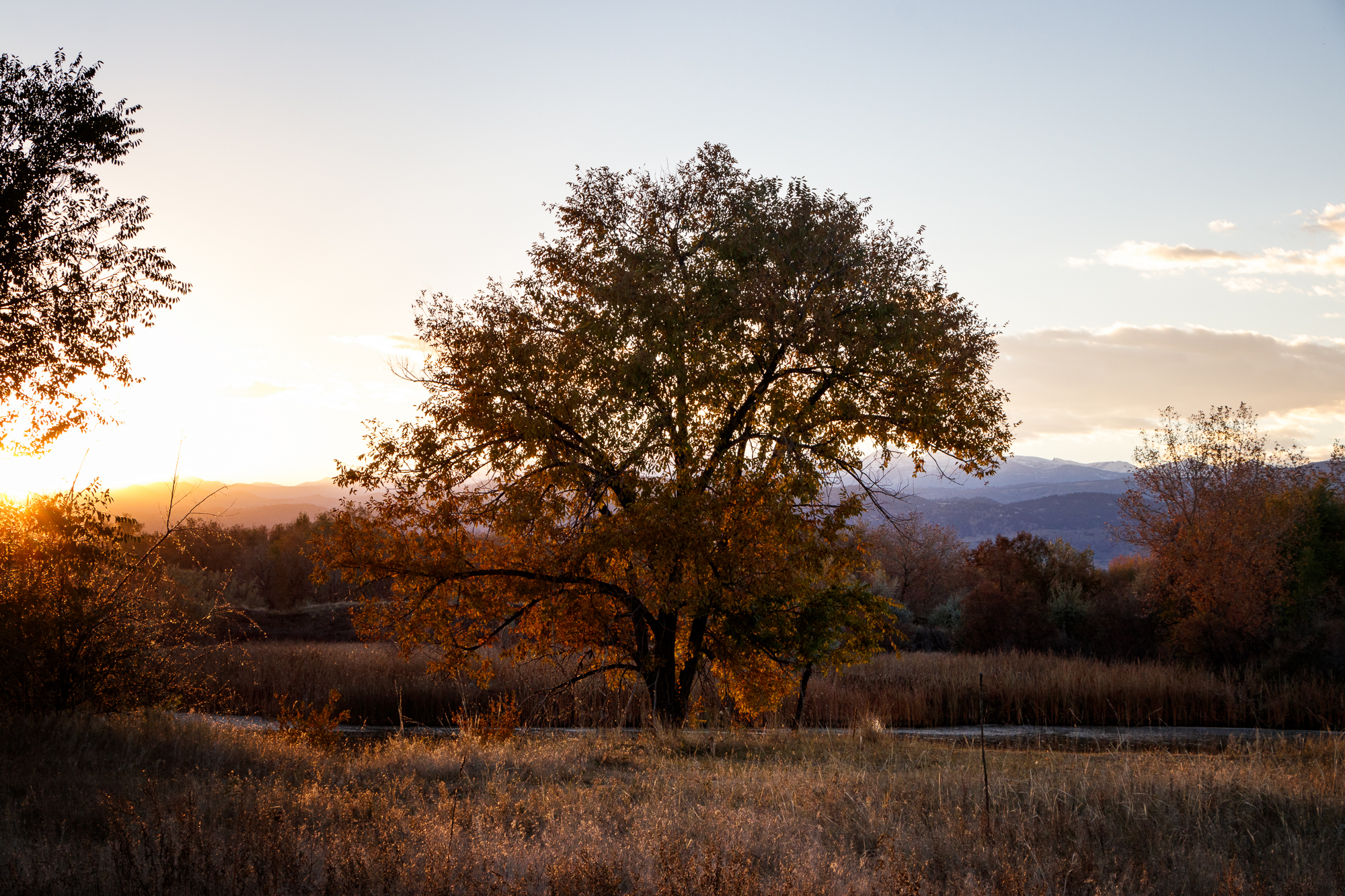




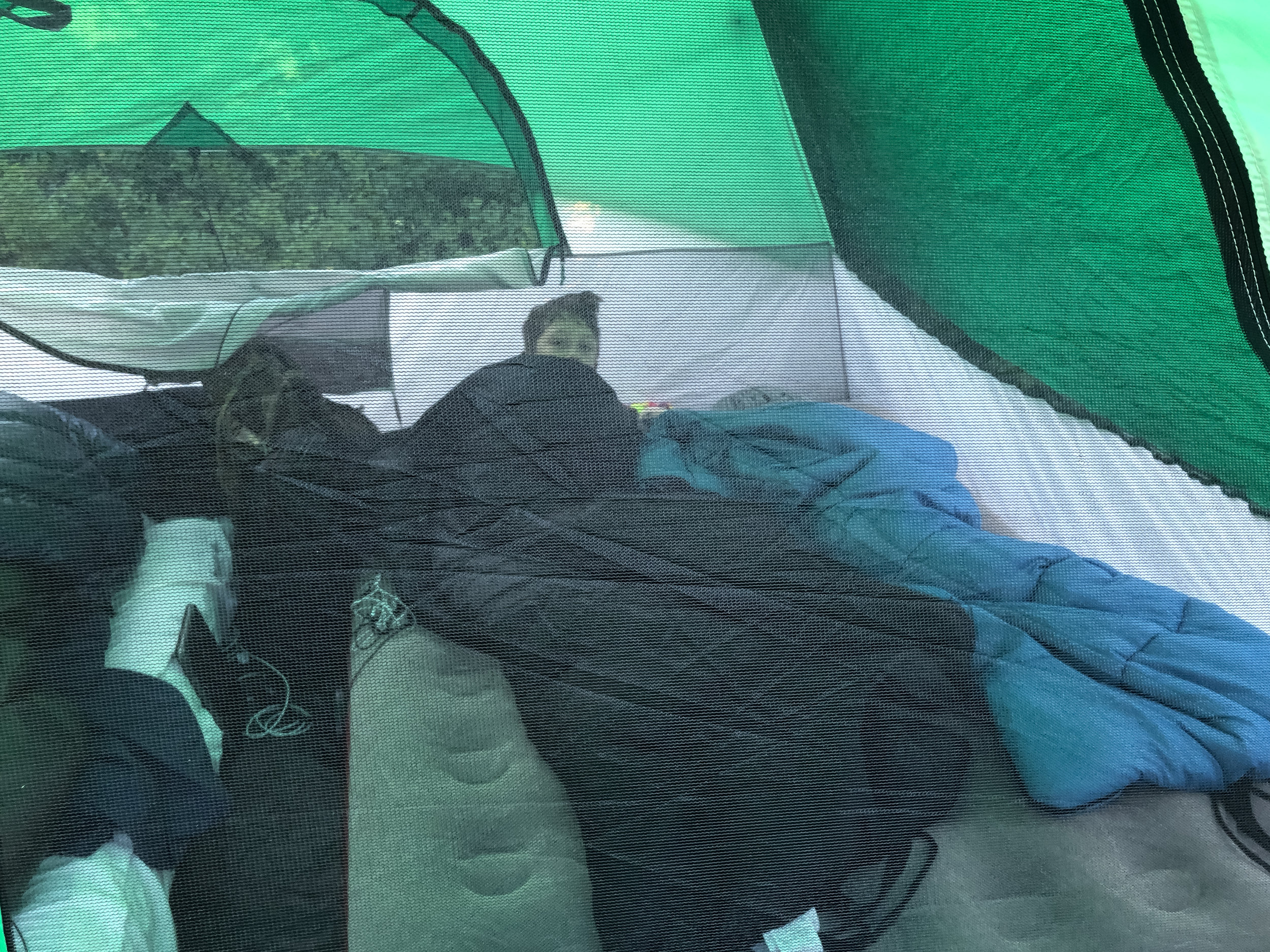




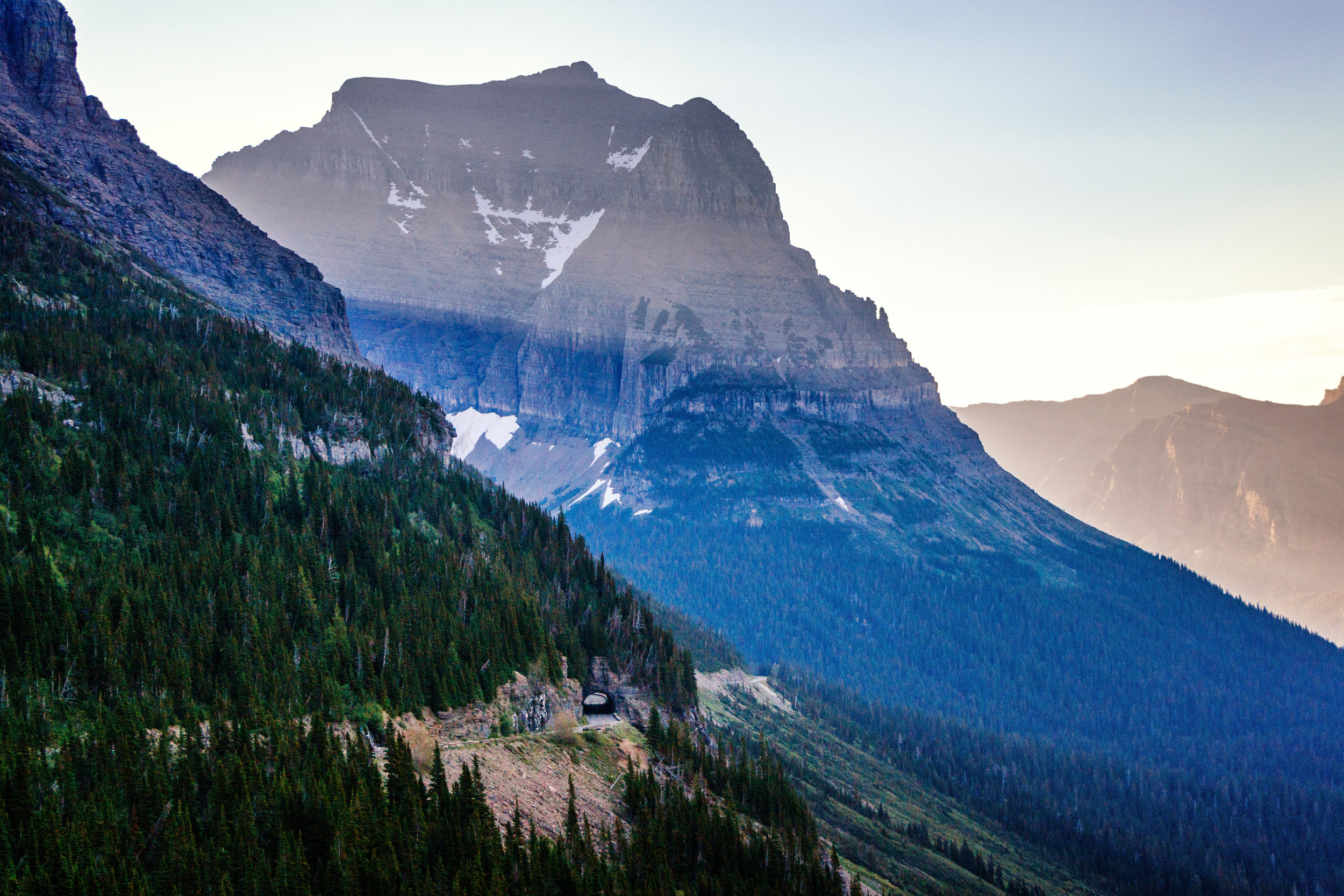
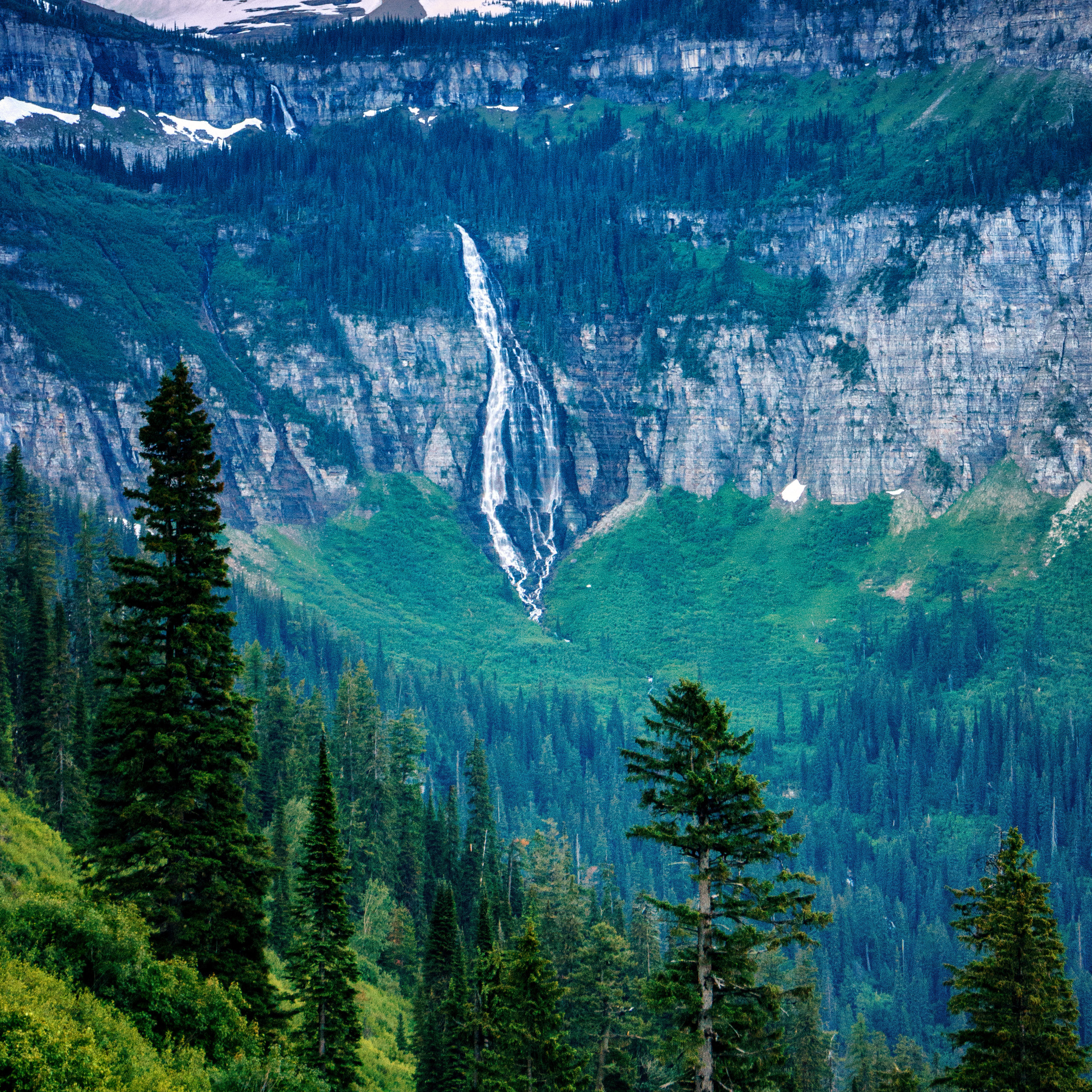

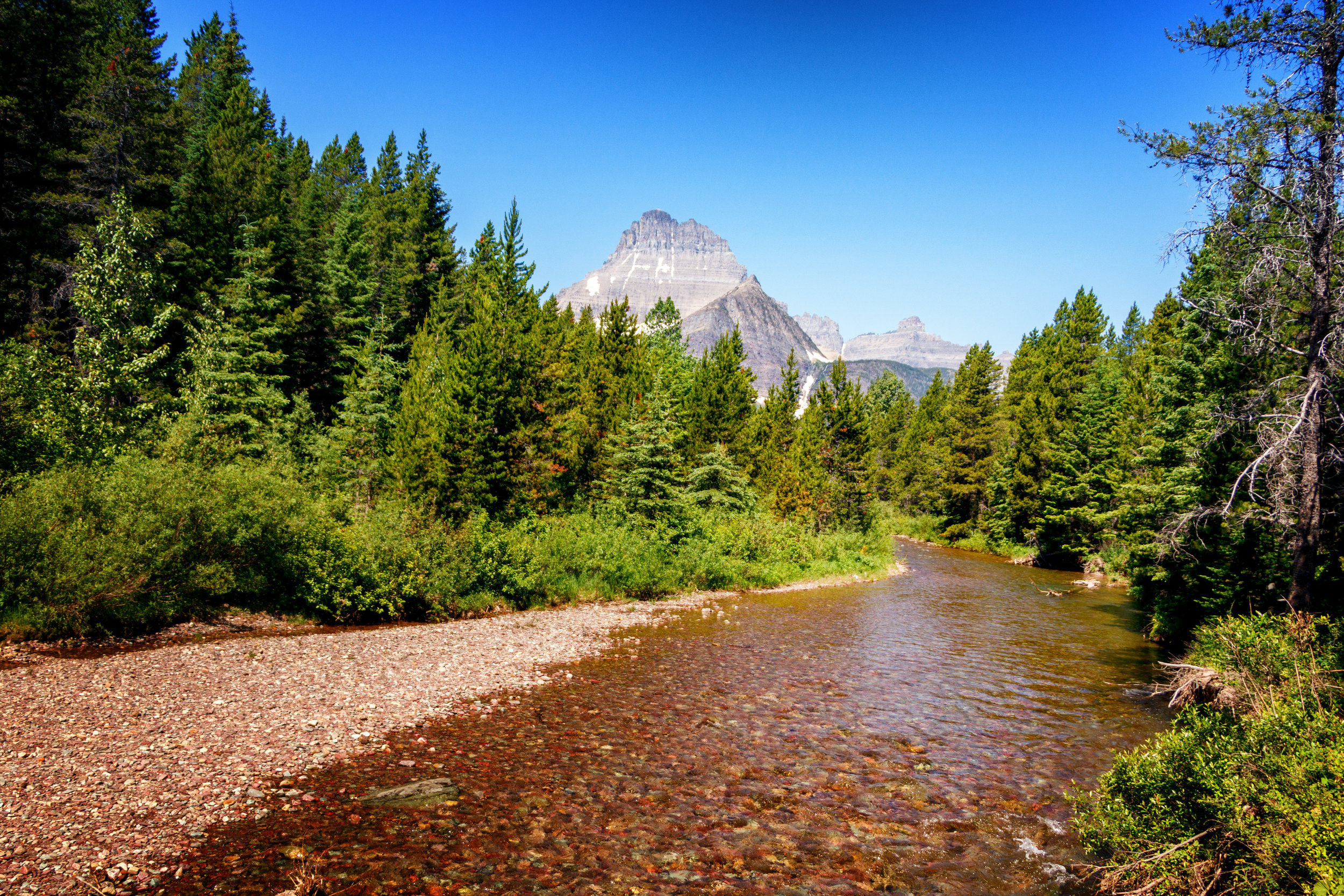
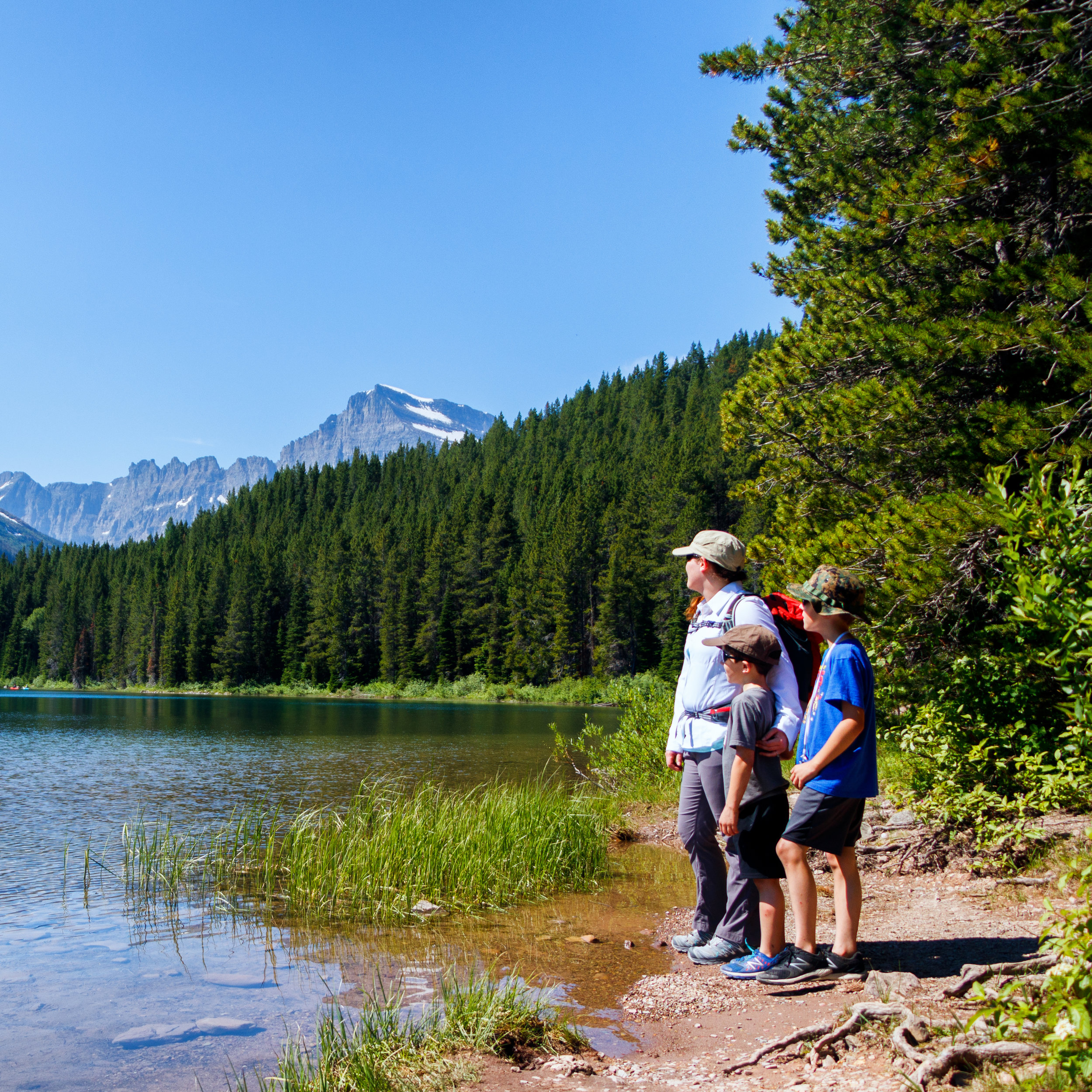
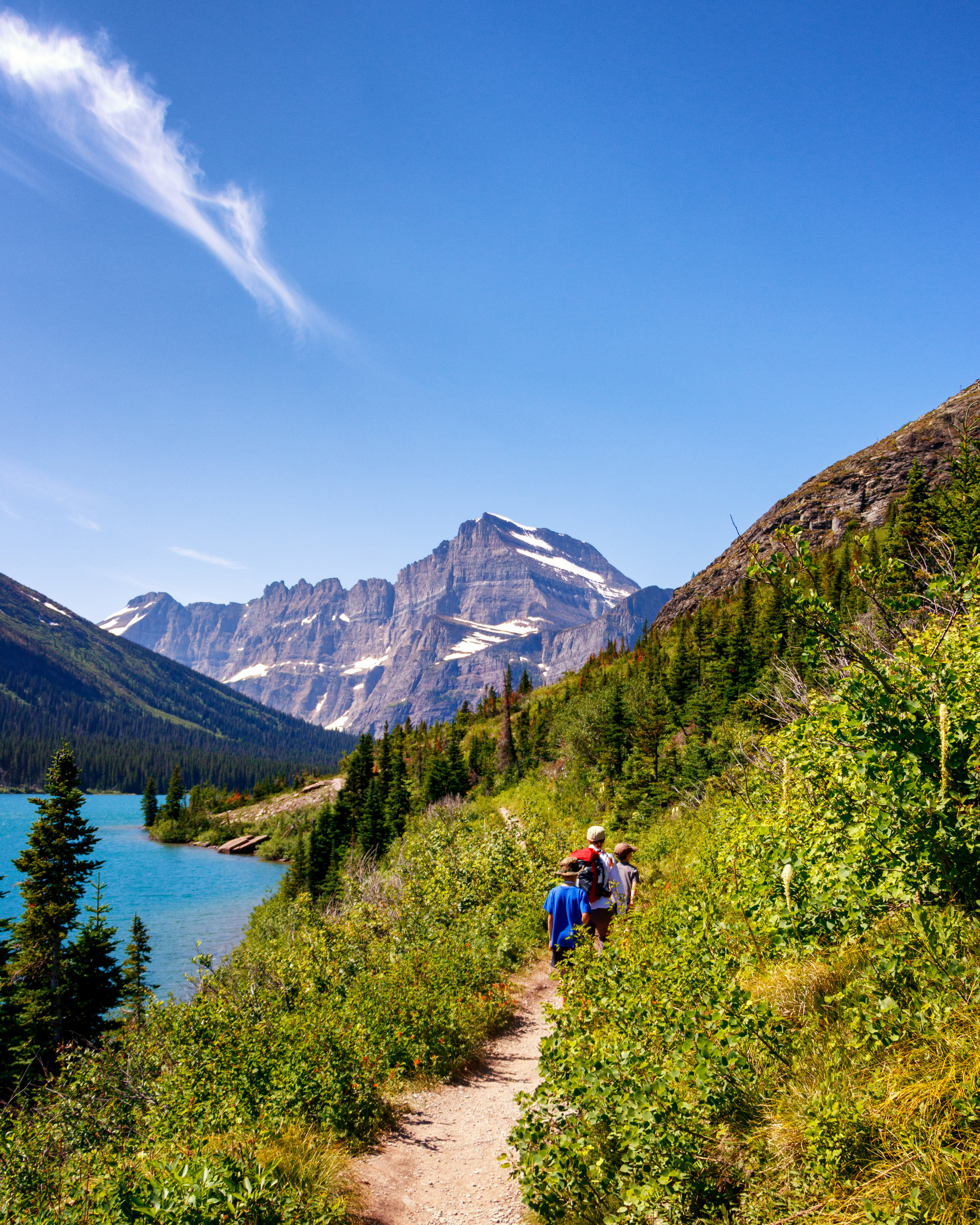
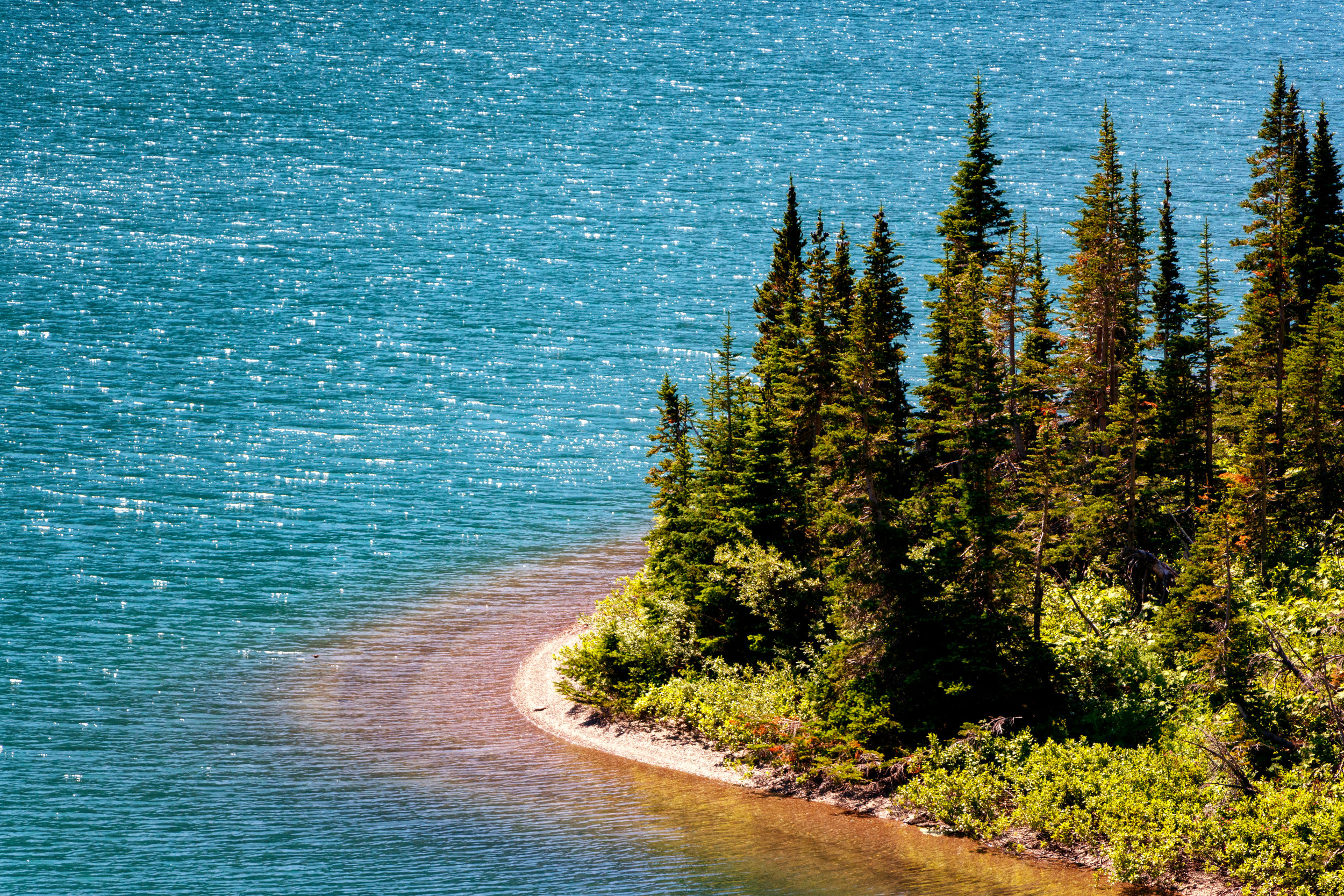

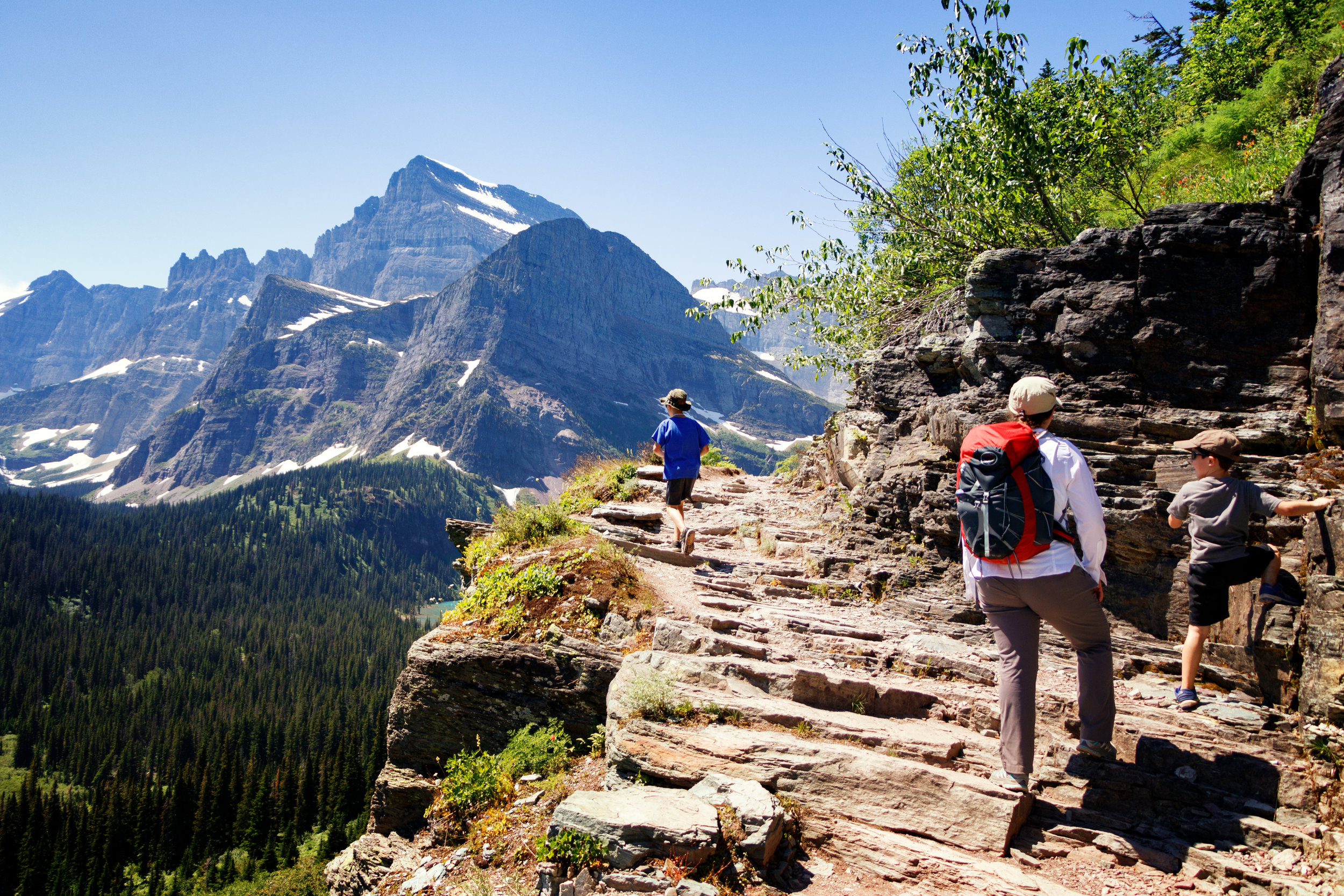

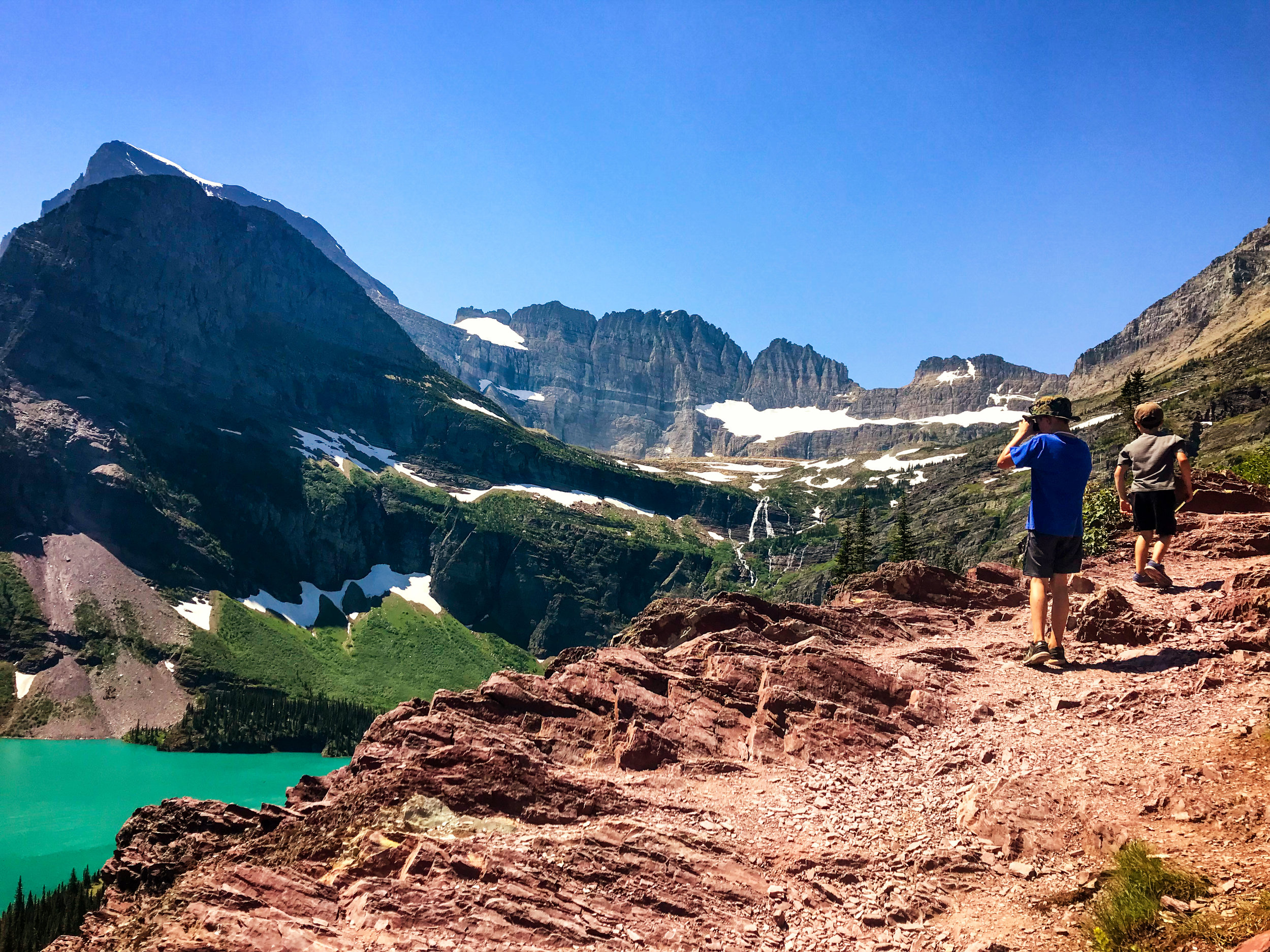
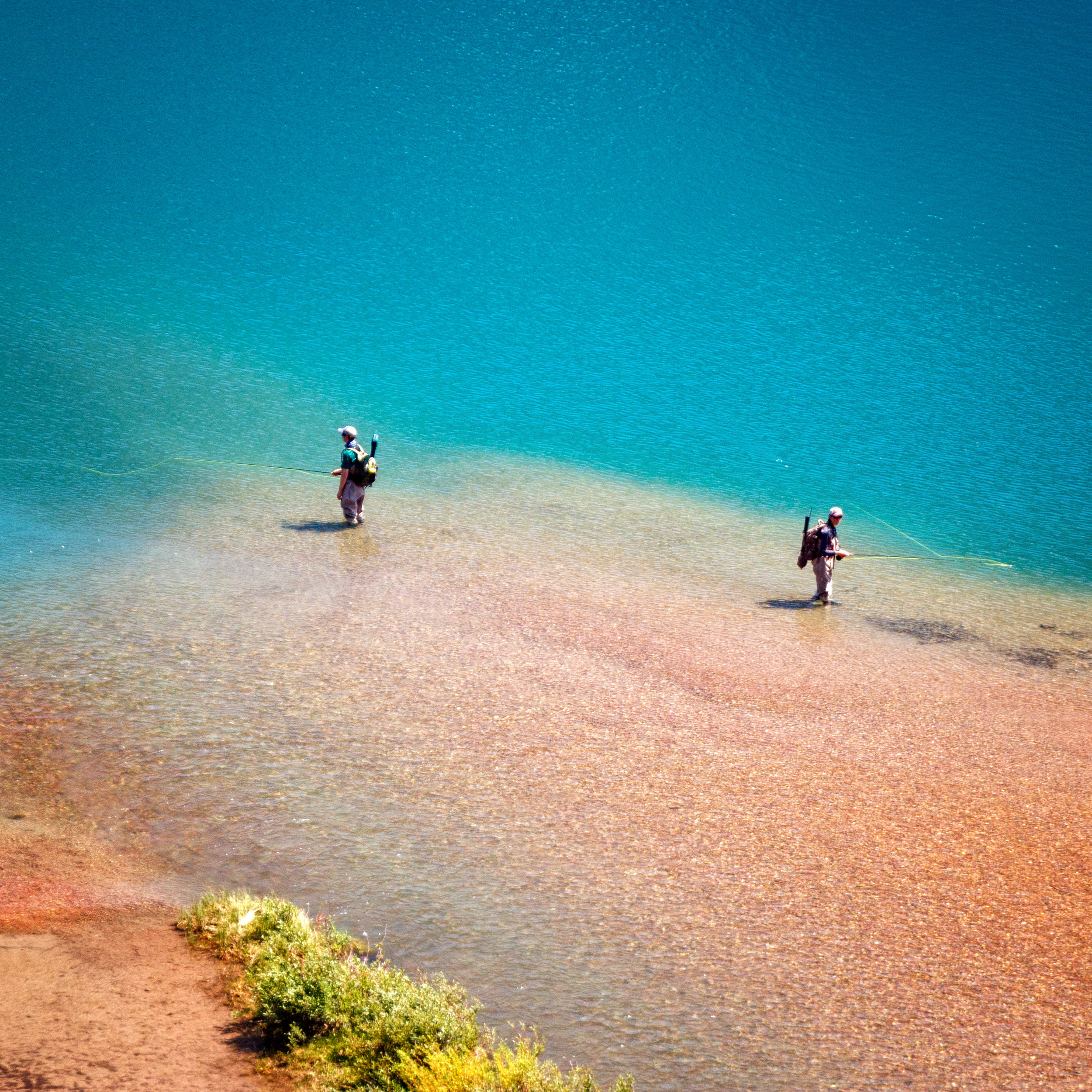
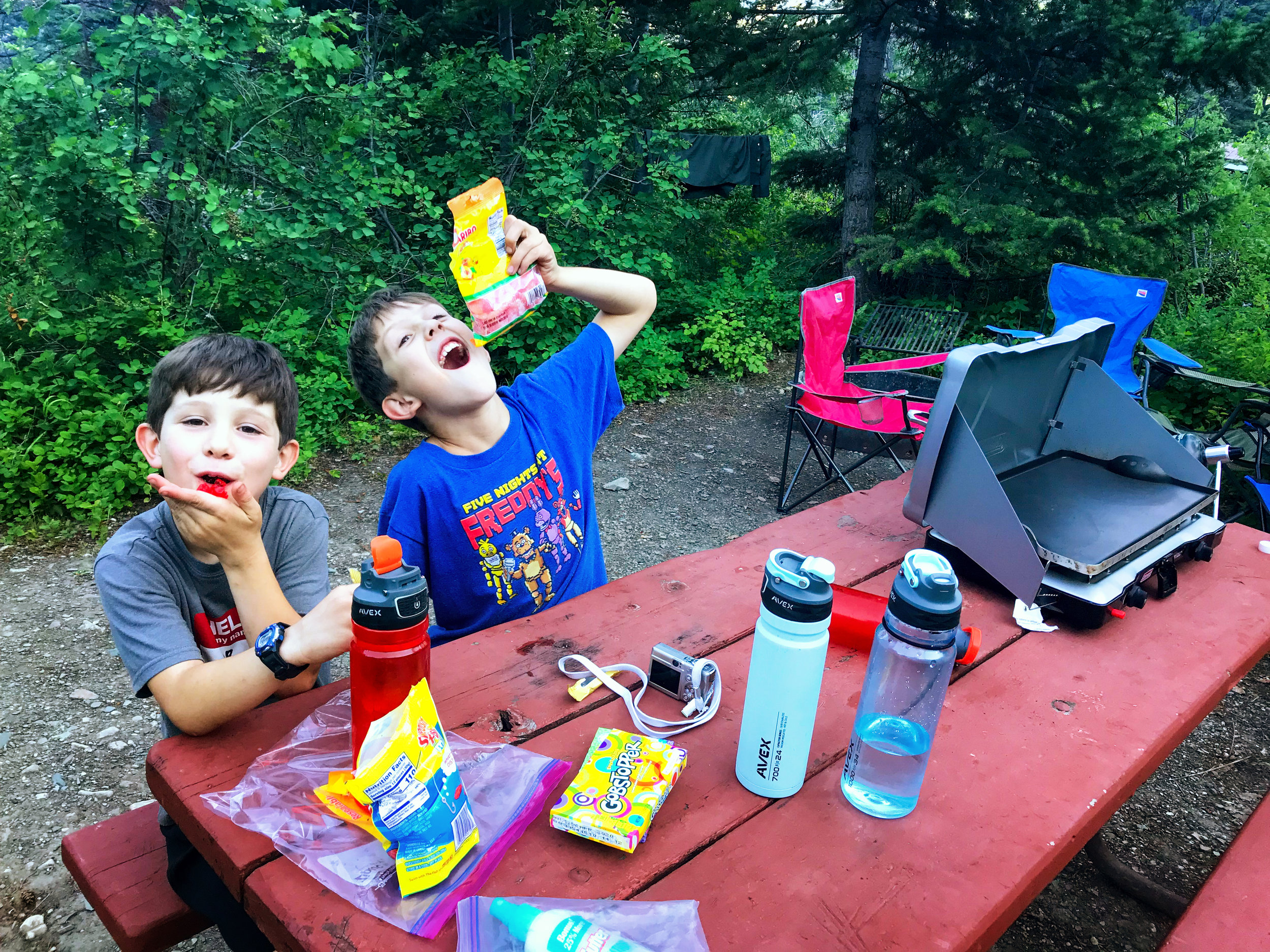

There is nothing more cunning than a fiery red fox as it slides through campsites looking to sneak some of your food ;-) My younger son and I followed this fox from a distance and observed its behavior slipping in and out of the foliage, but also often trotting along the road with complete confidence. This beautiful animal is a resident of the rugged landscape of Glacier National Park.